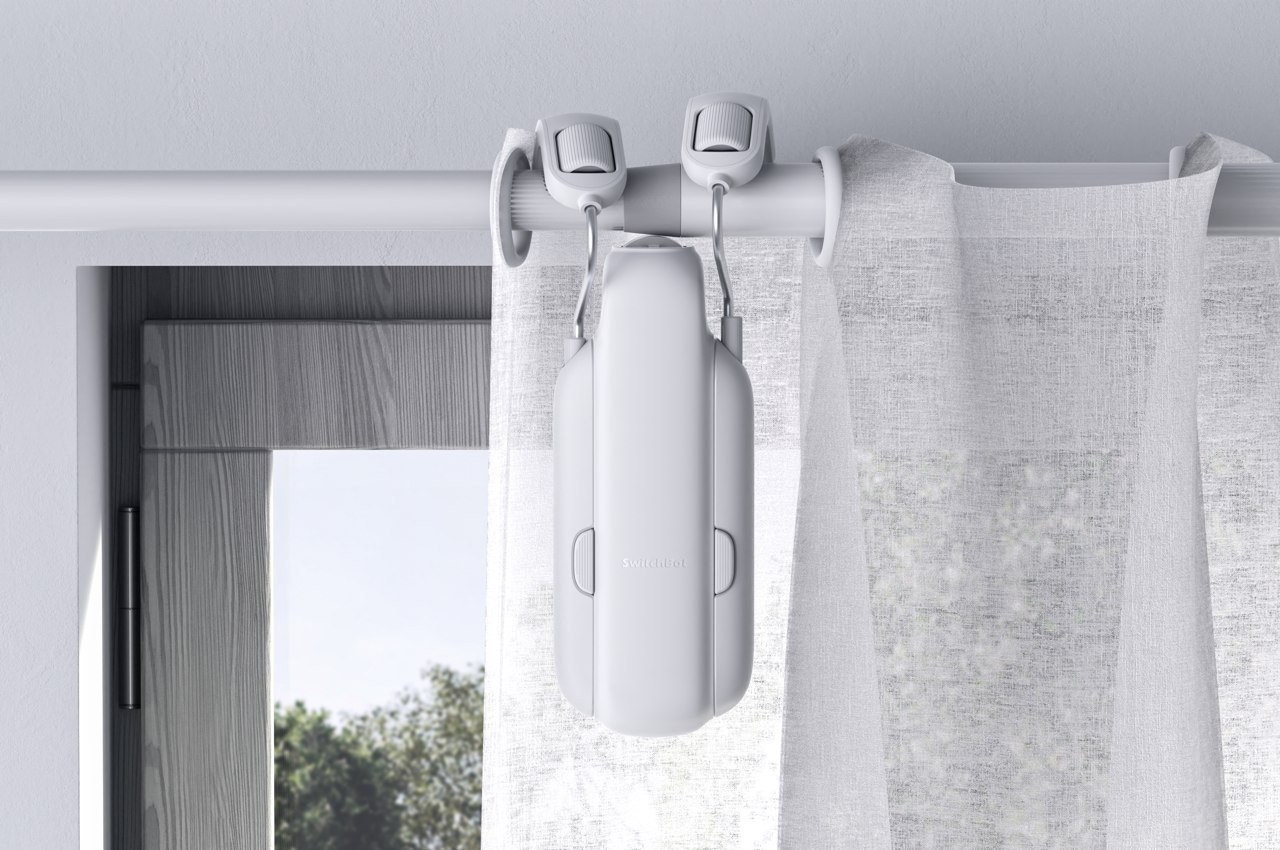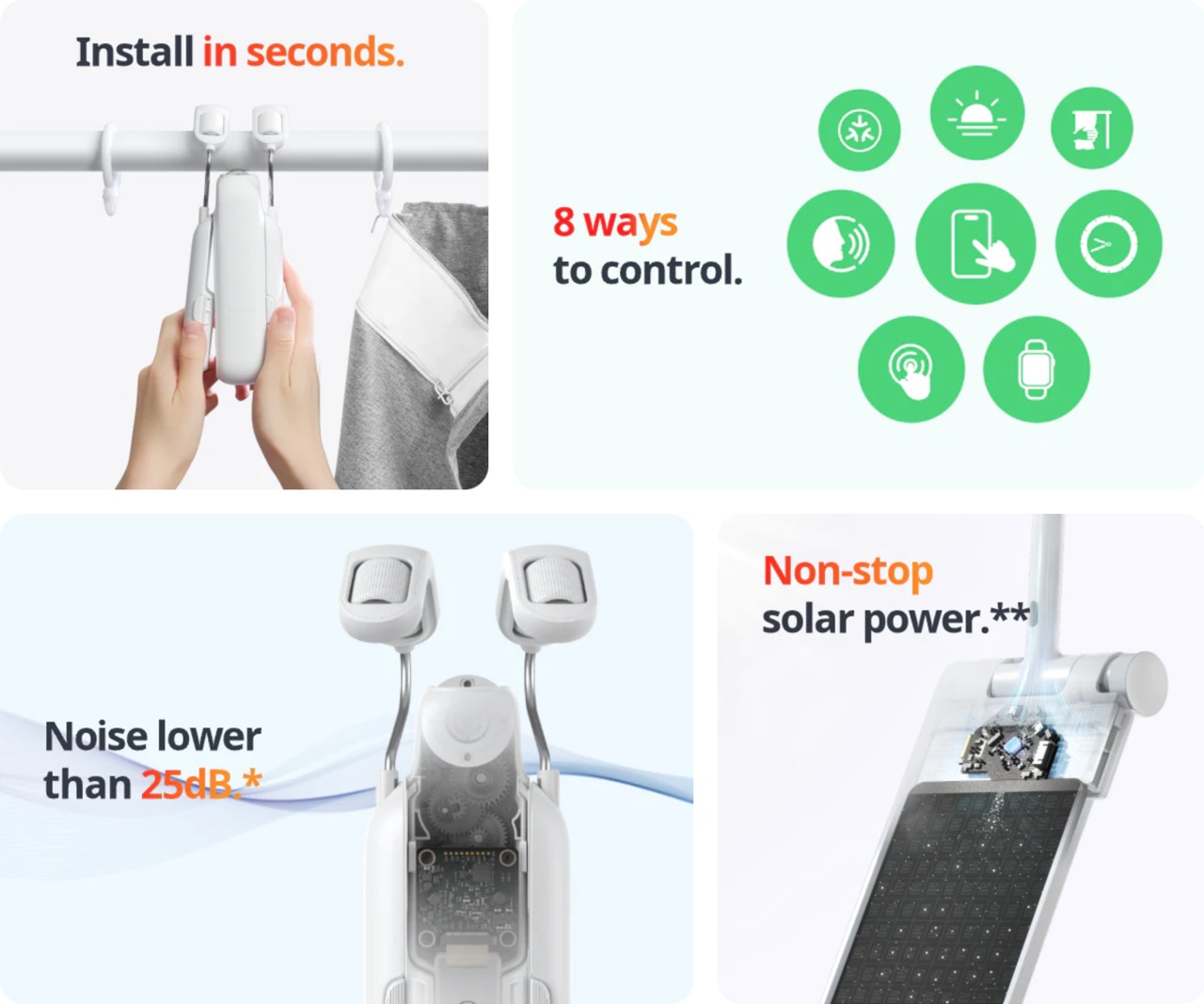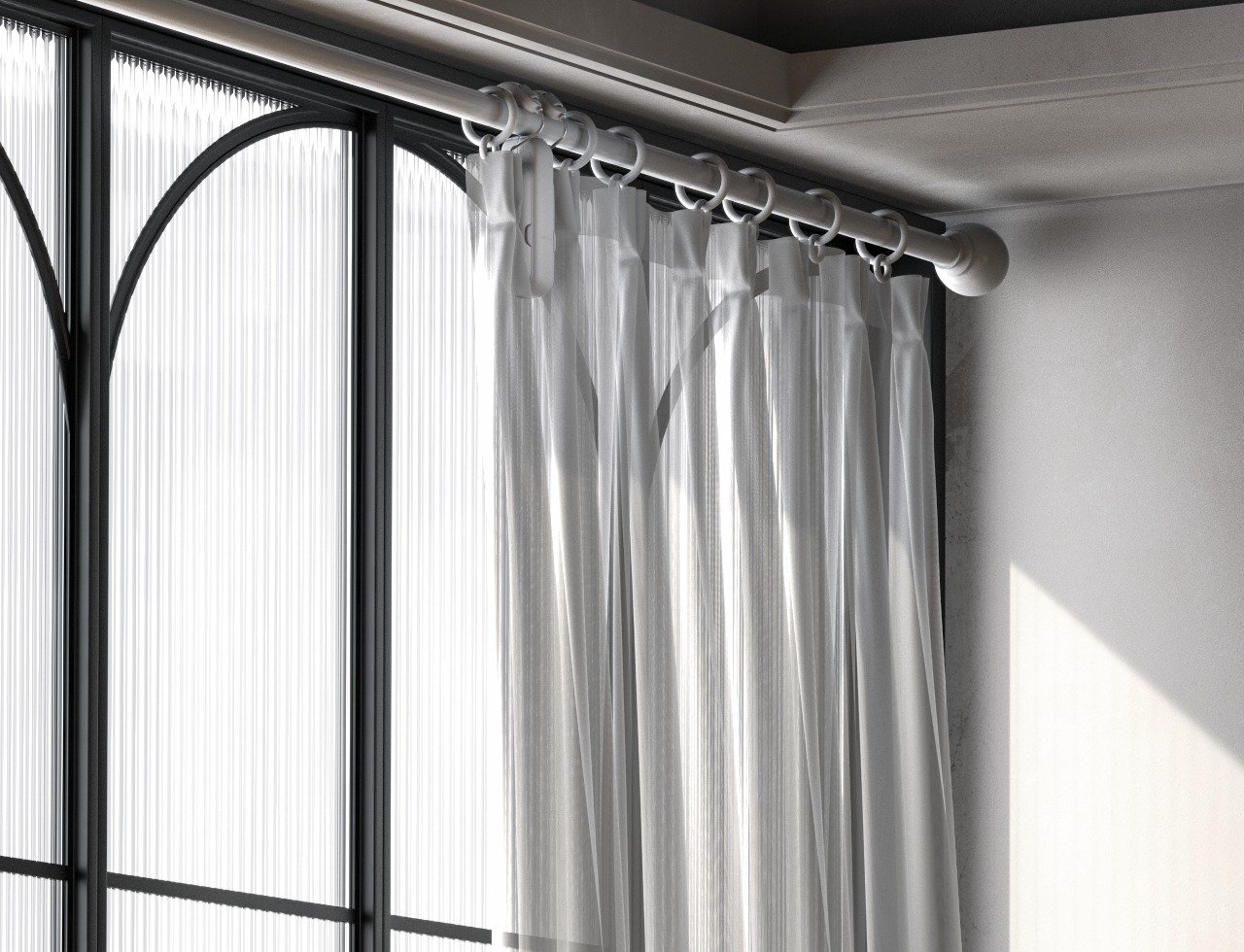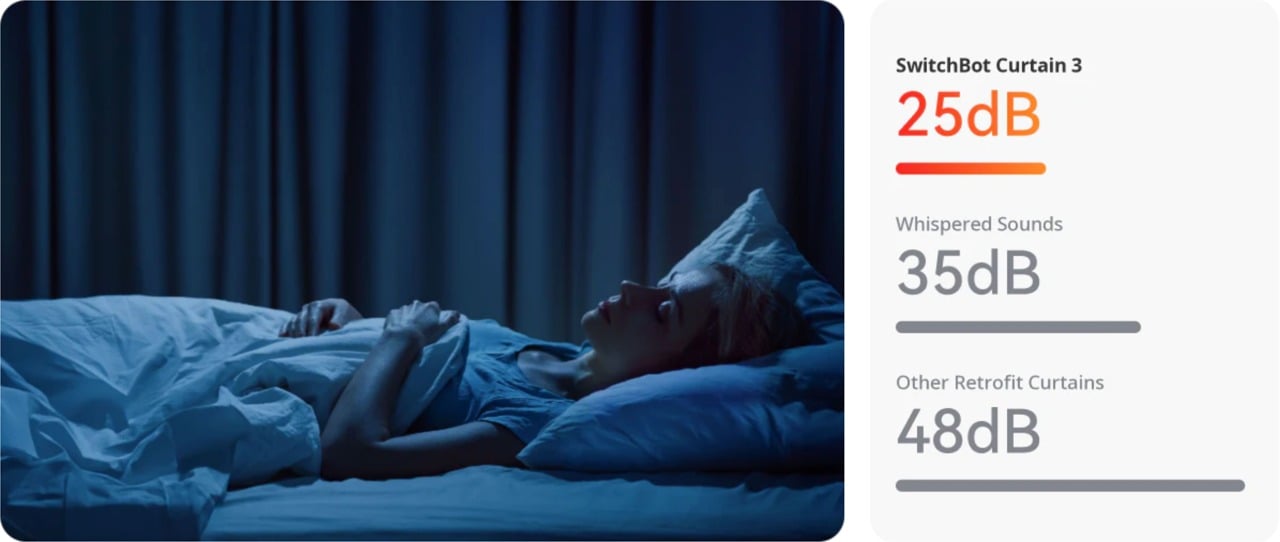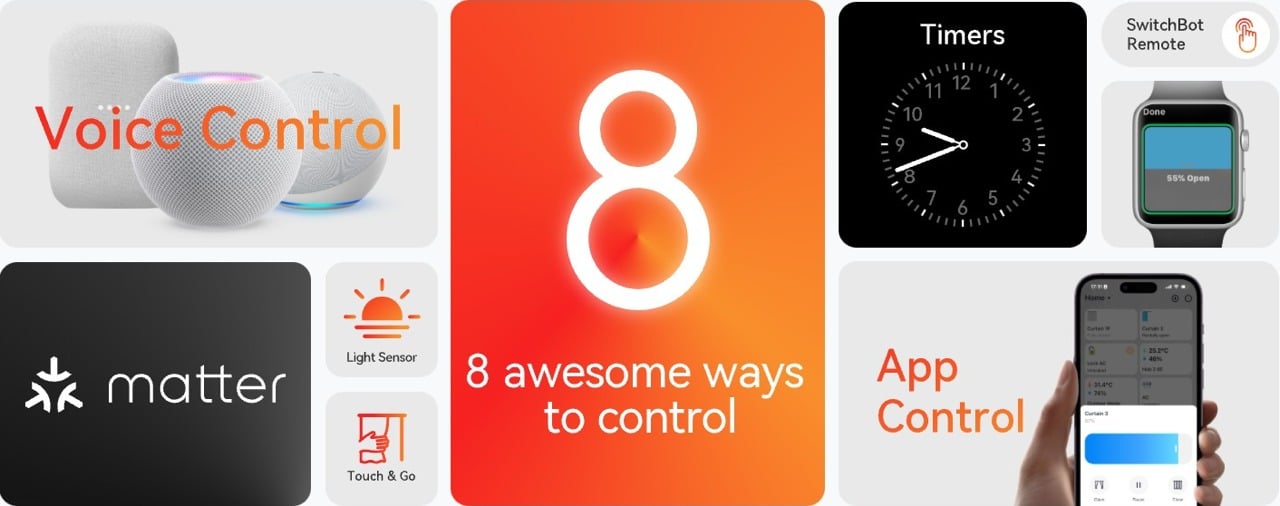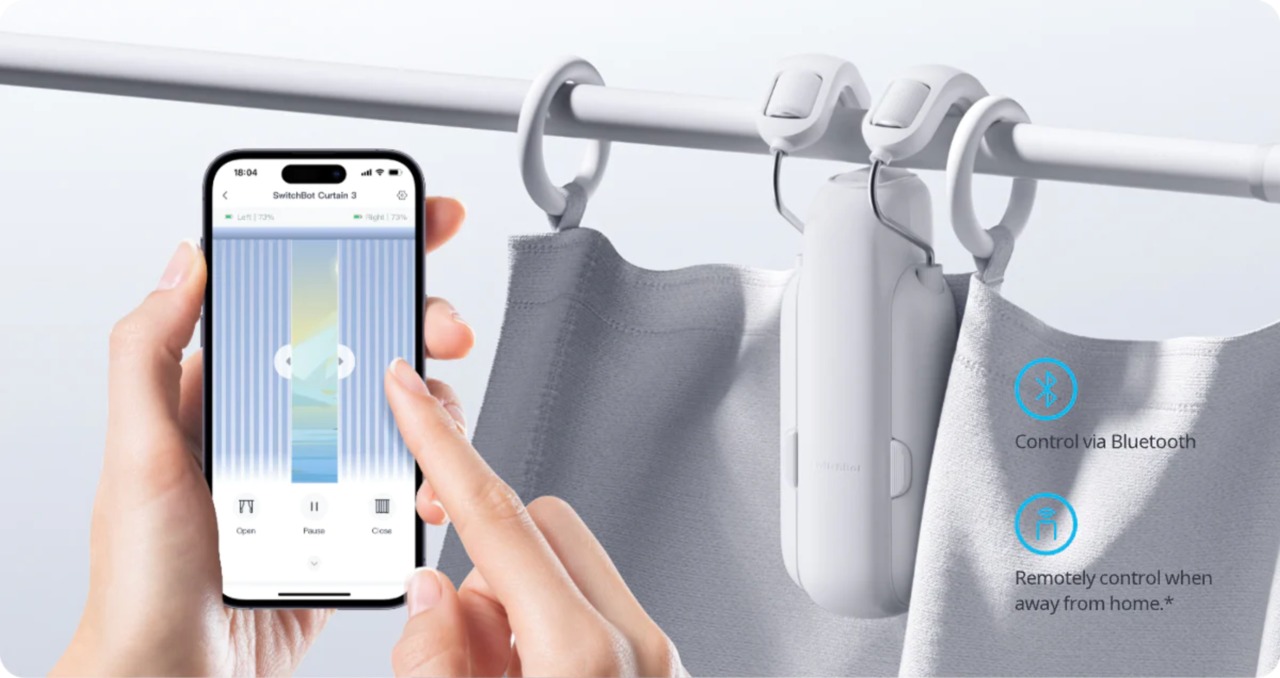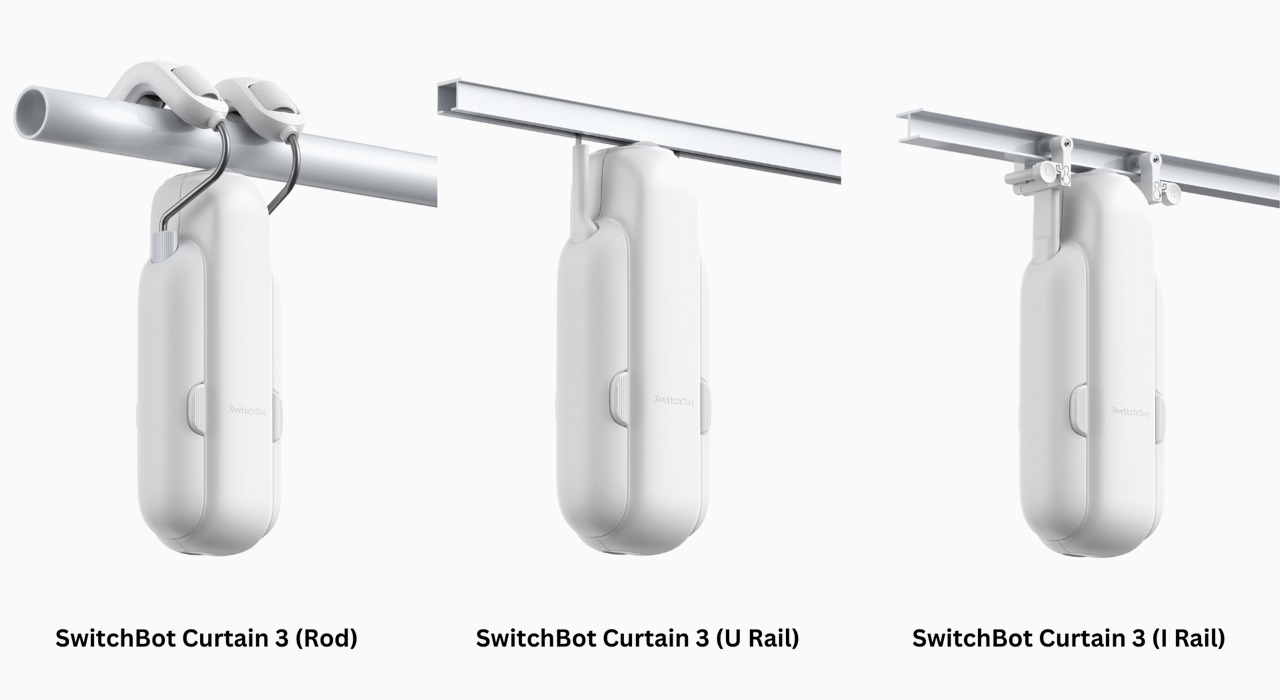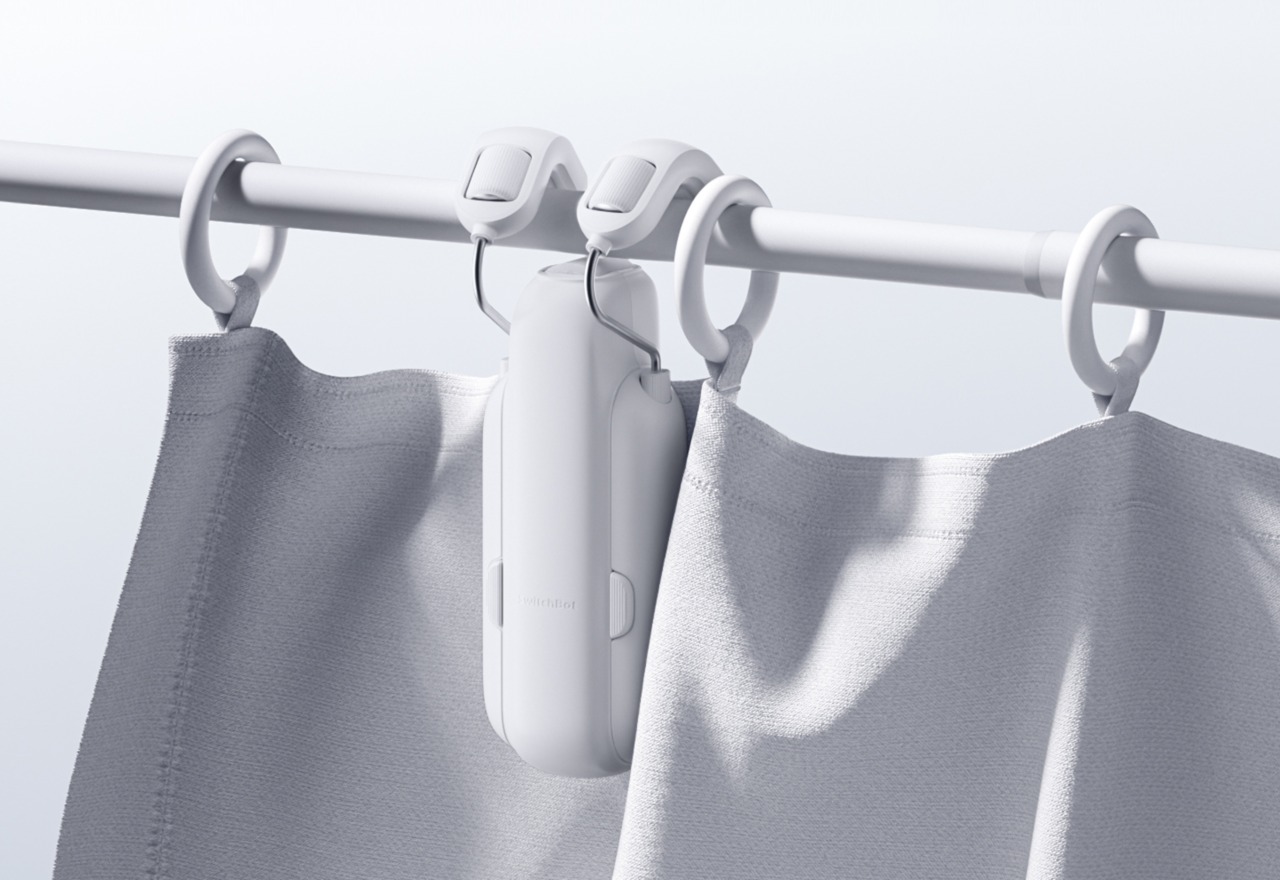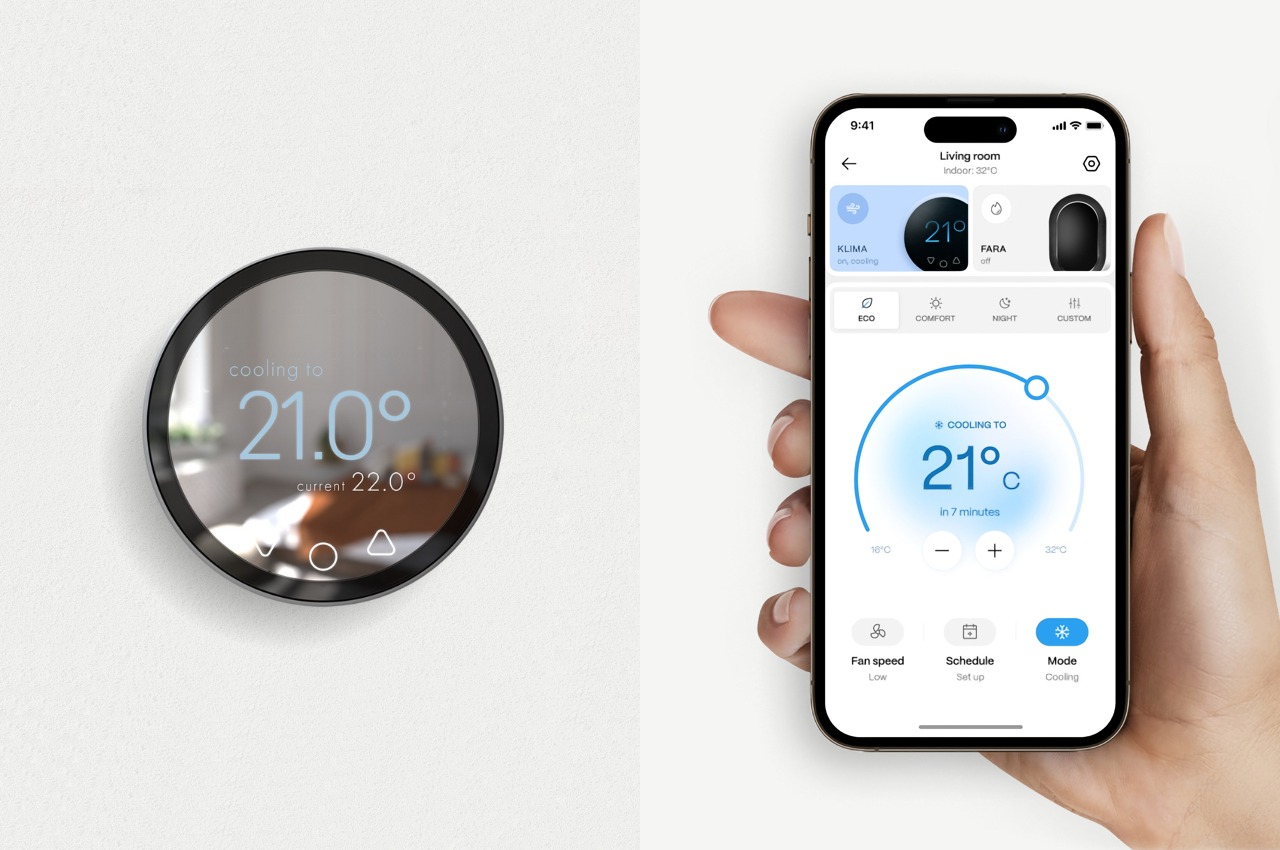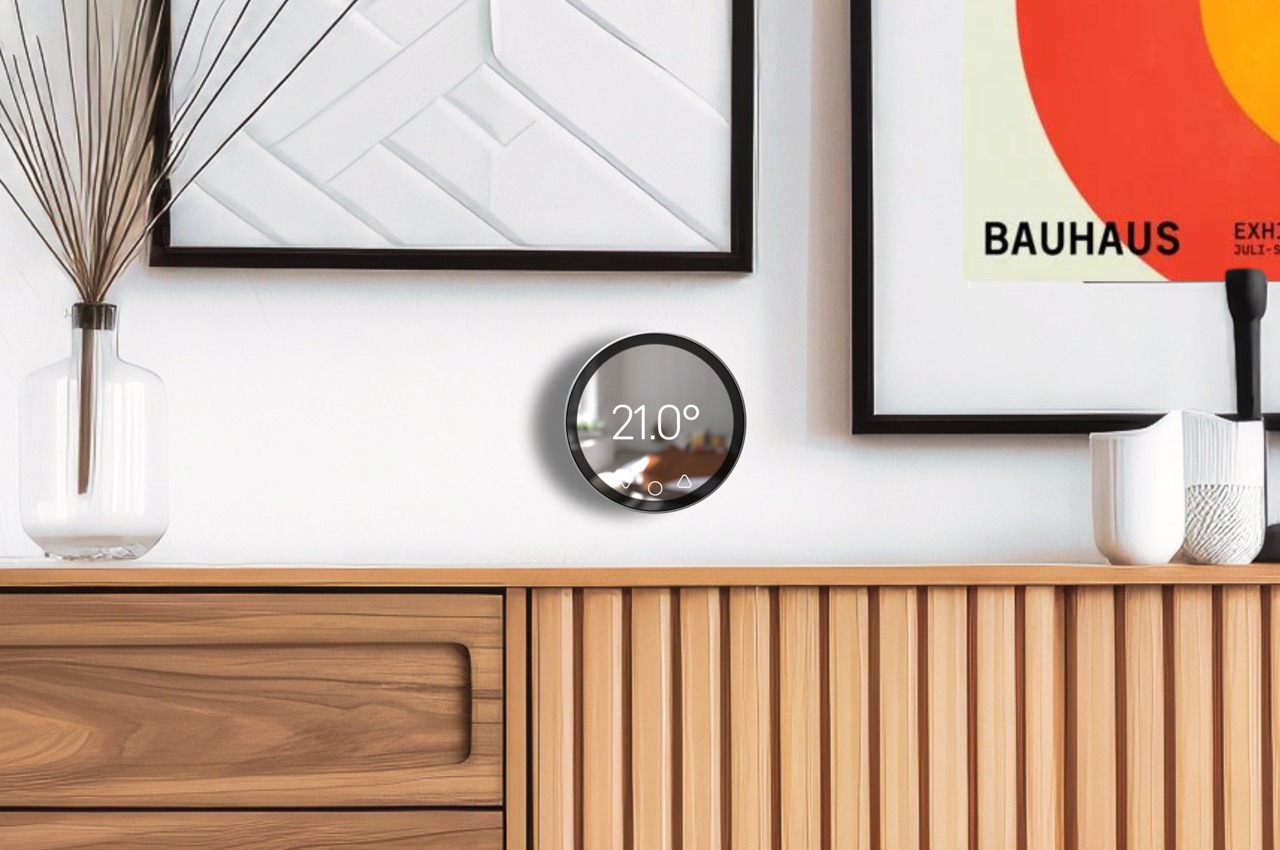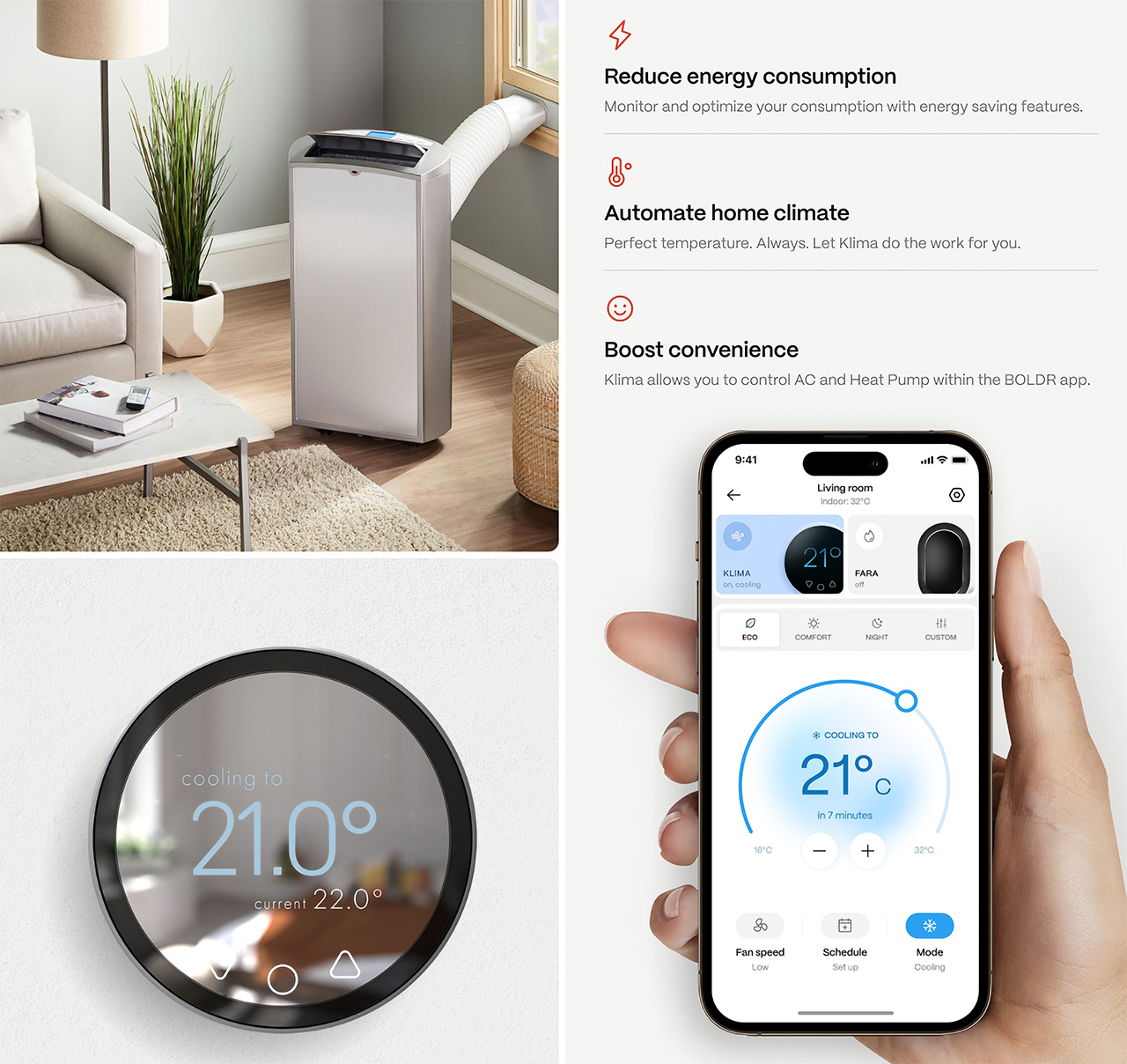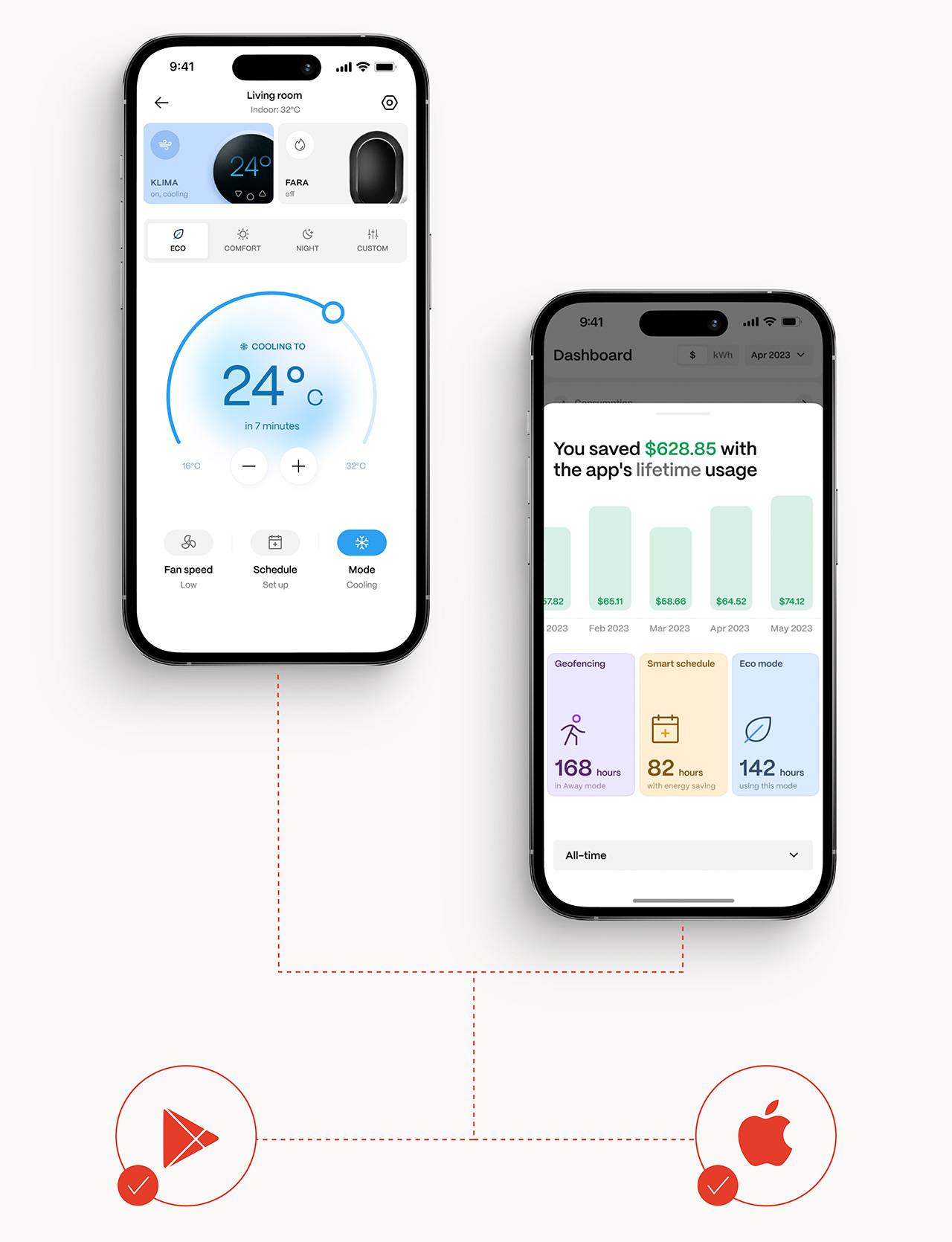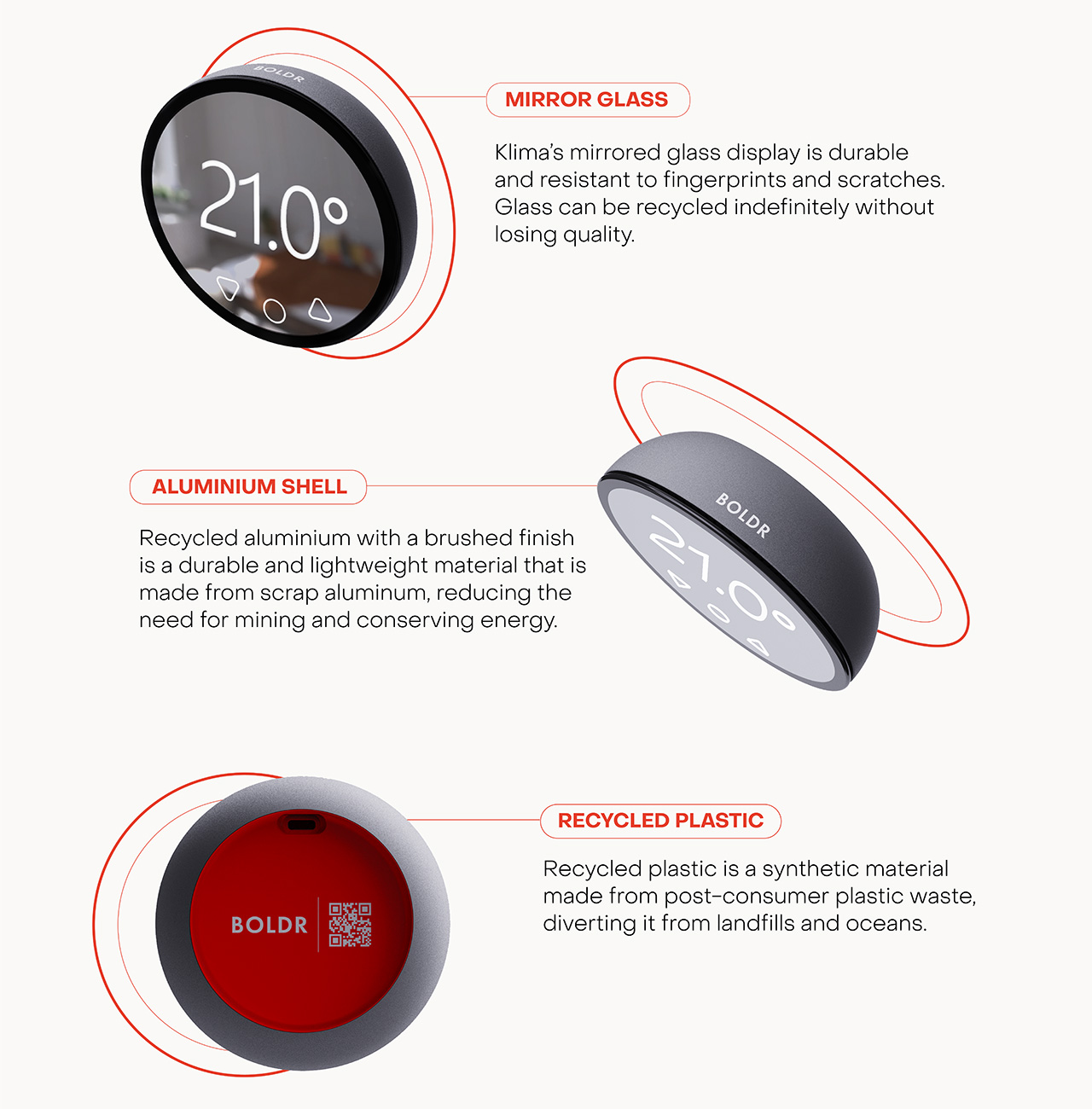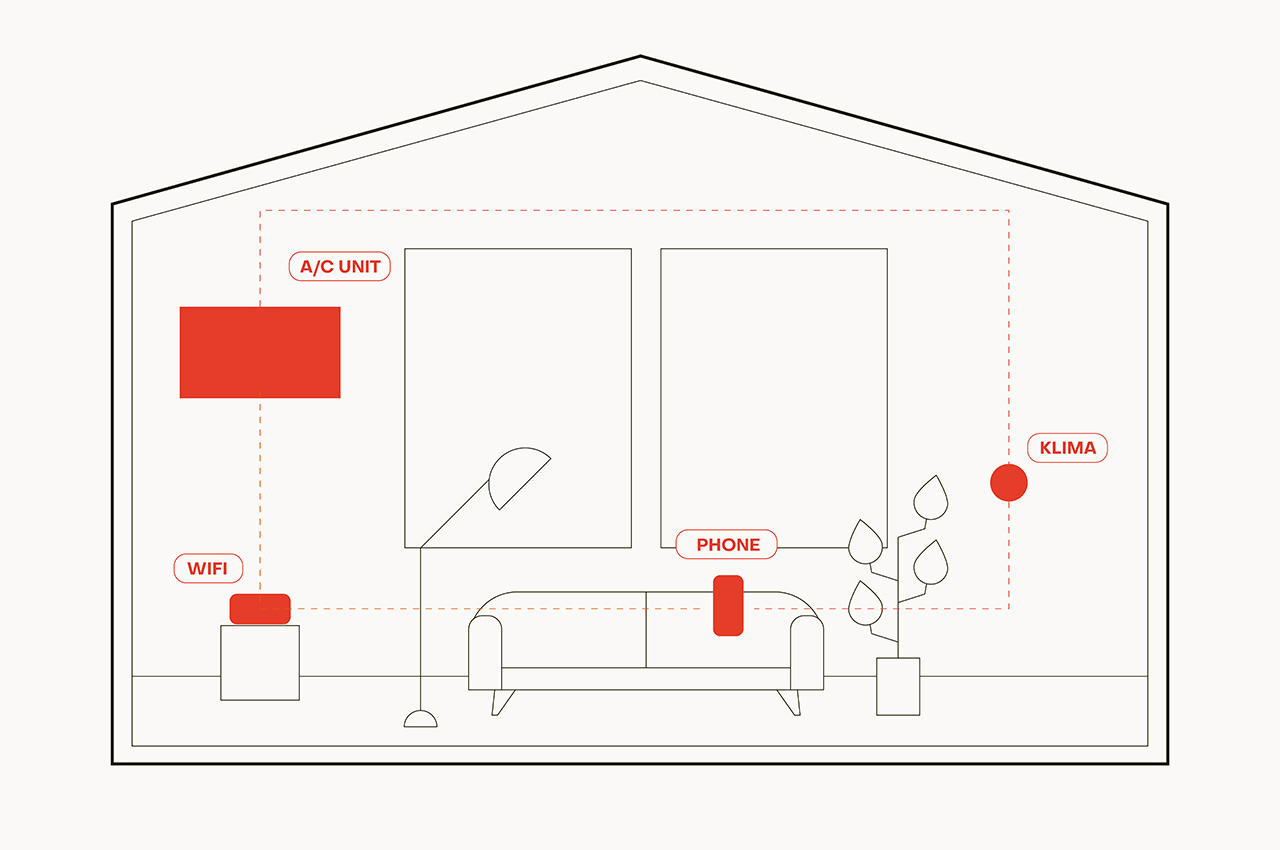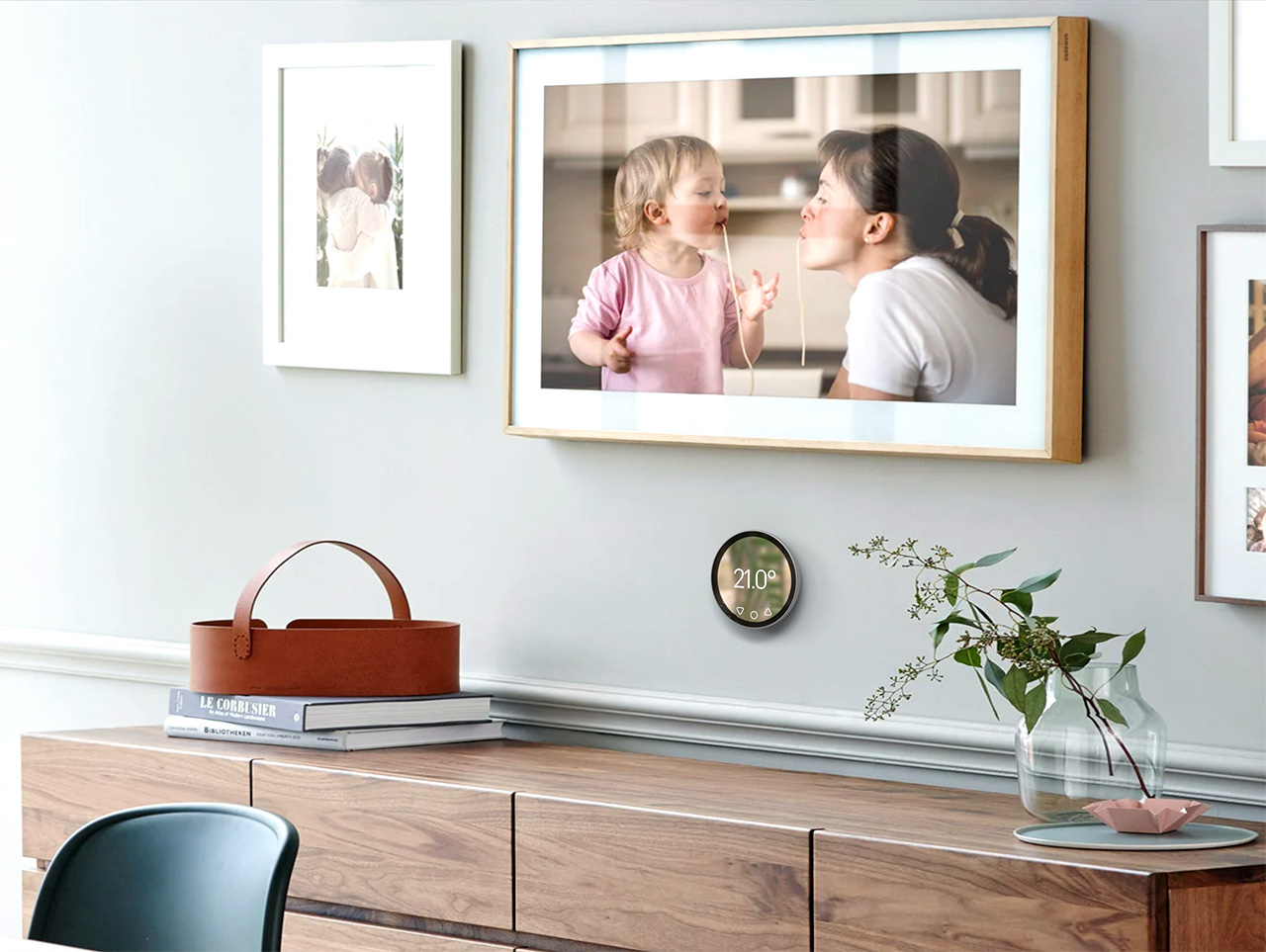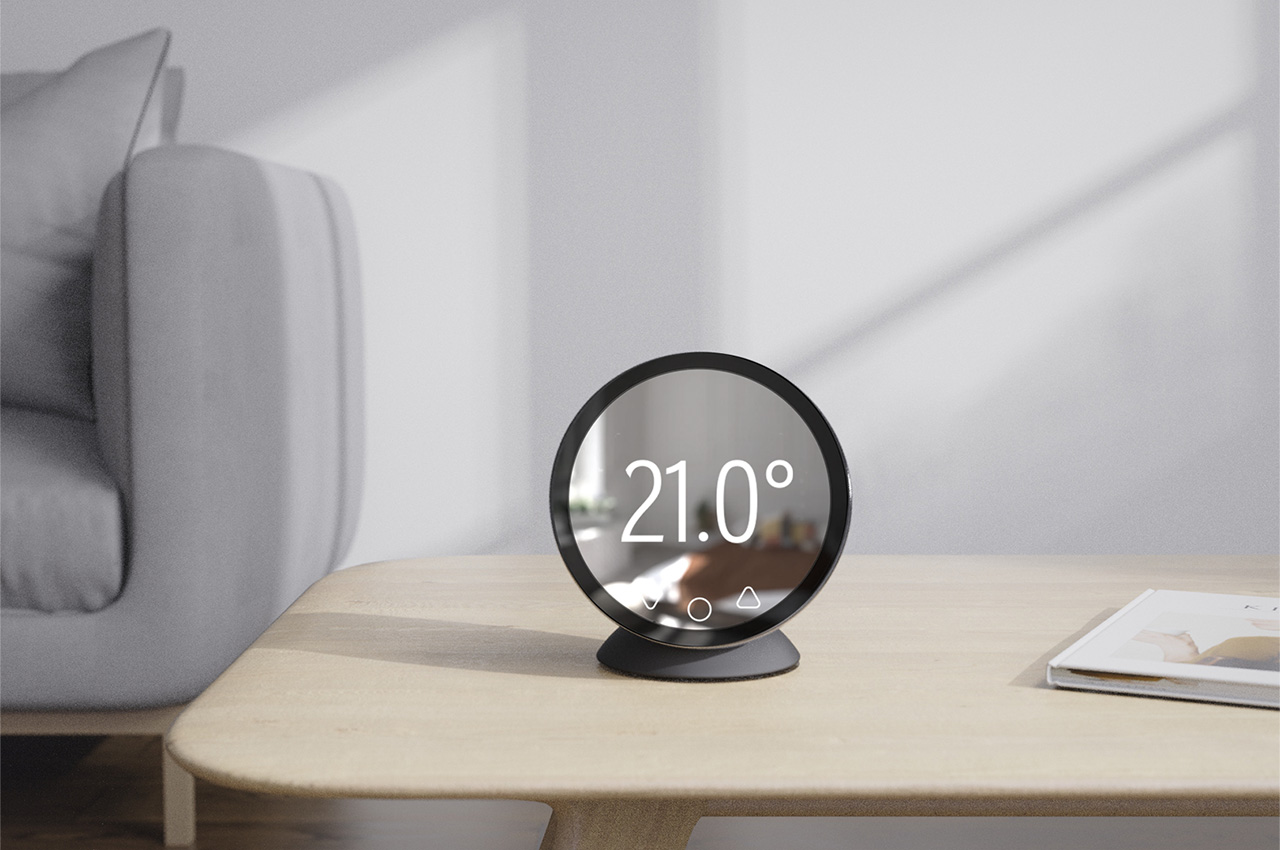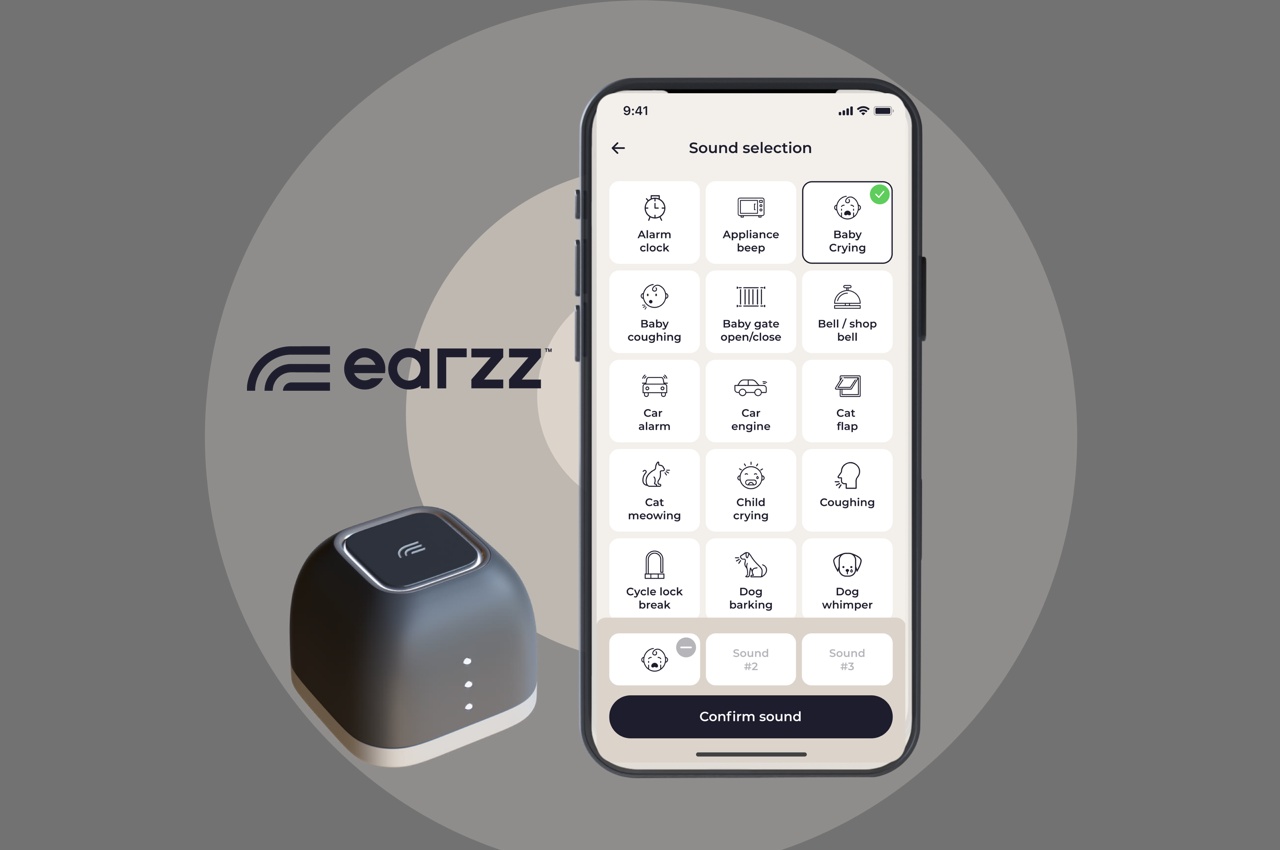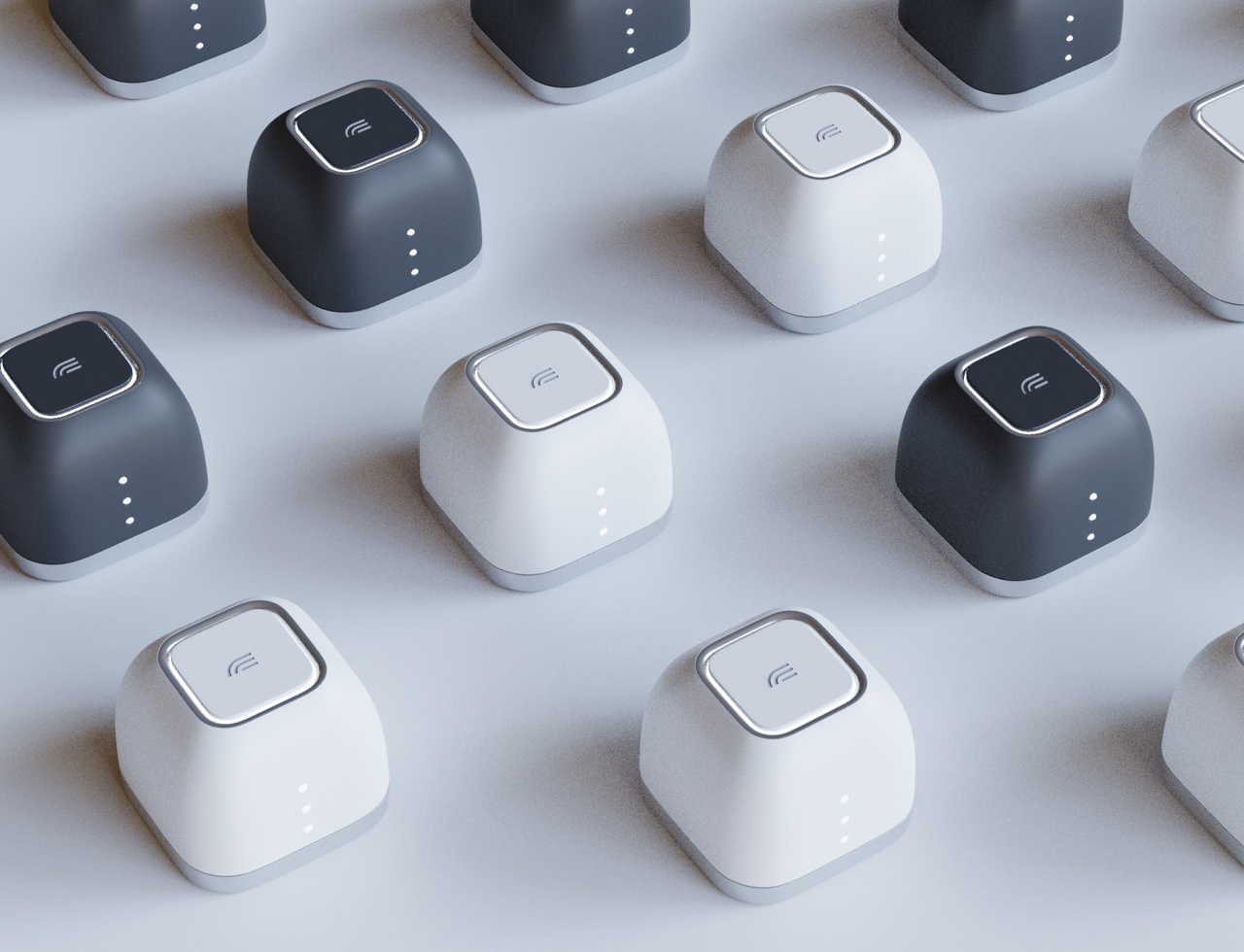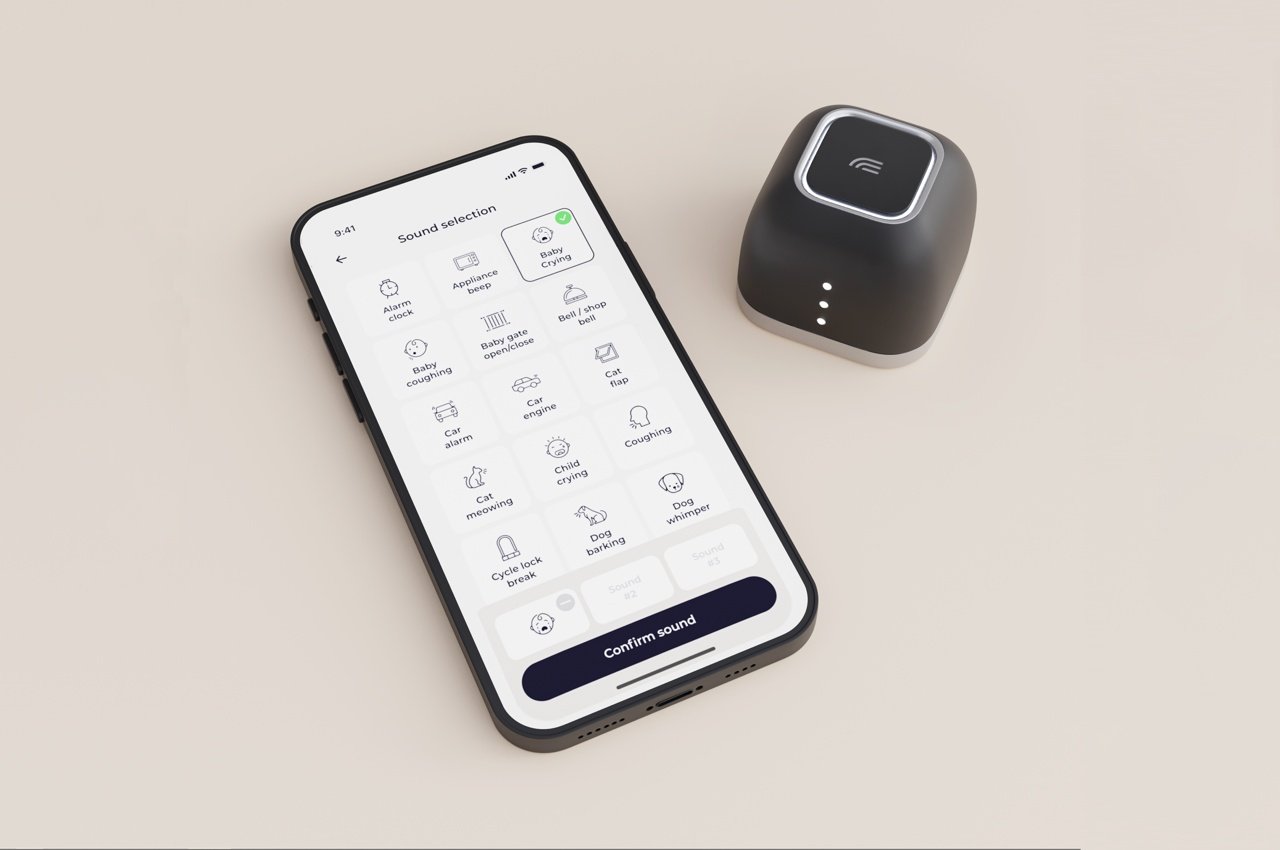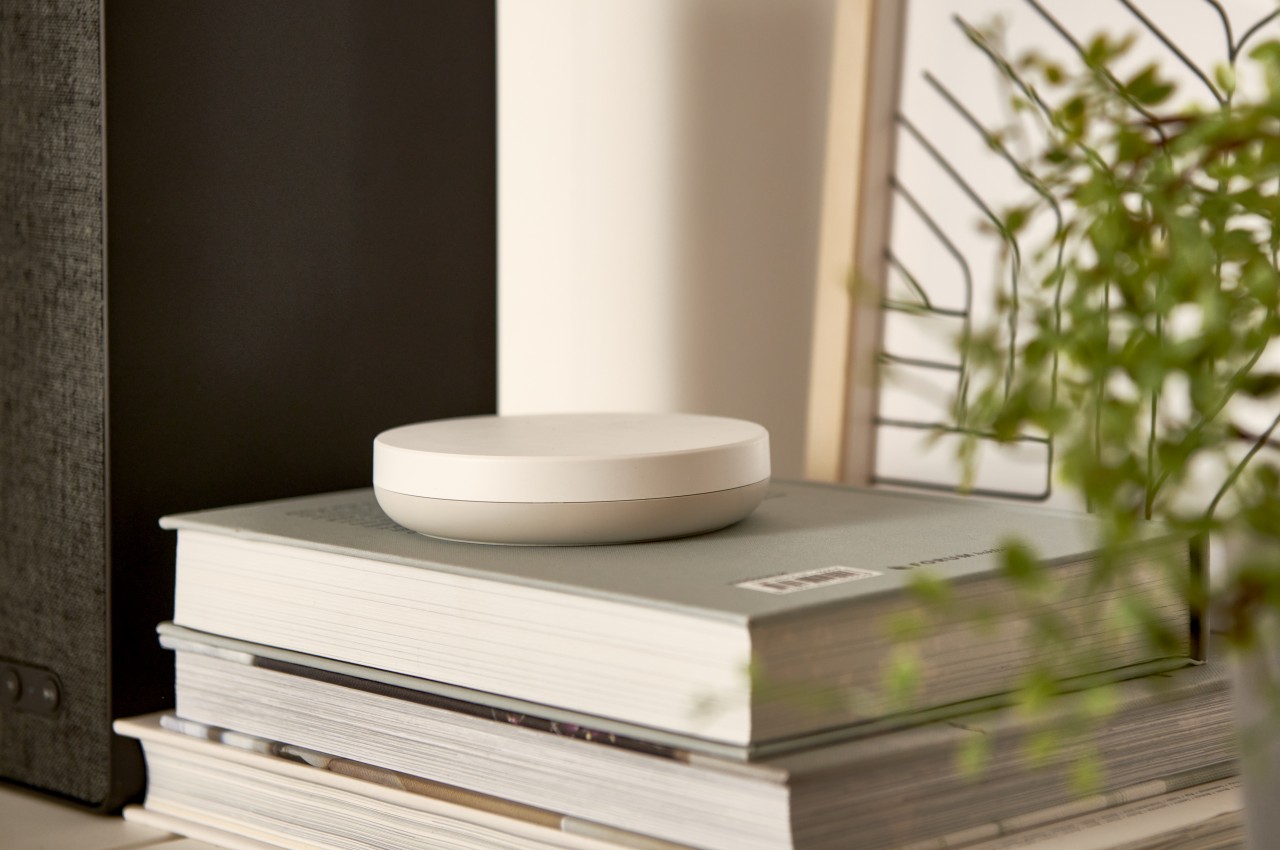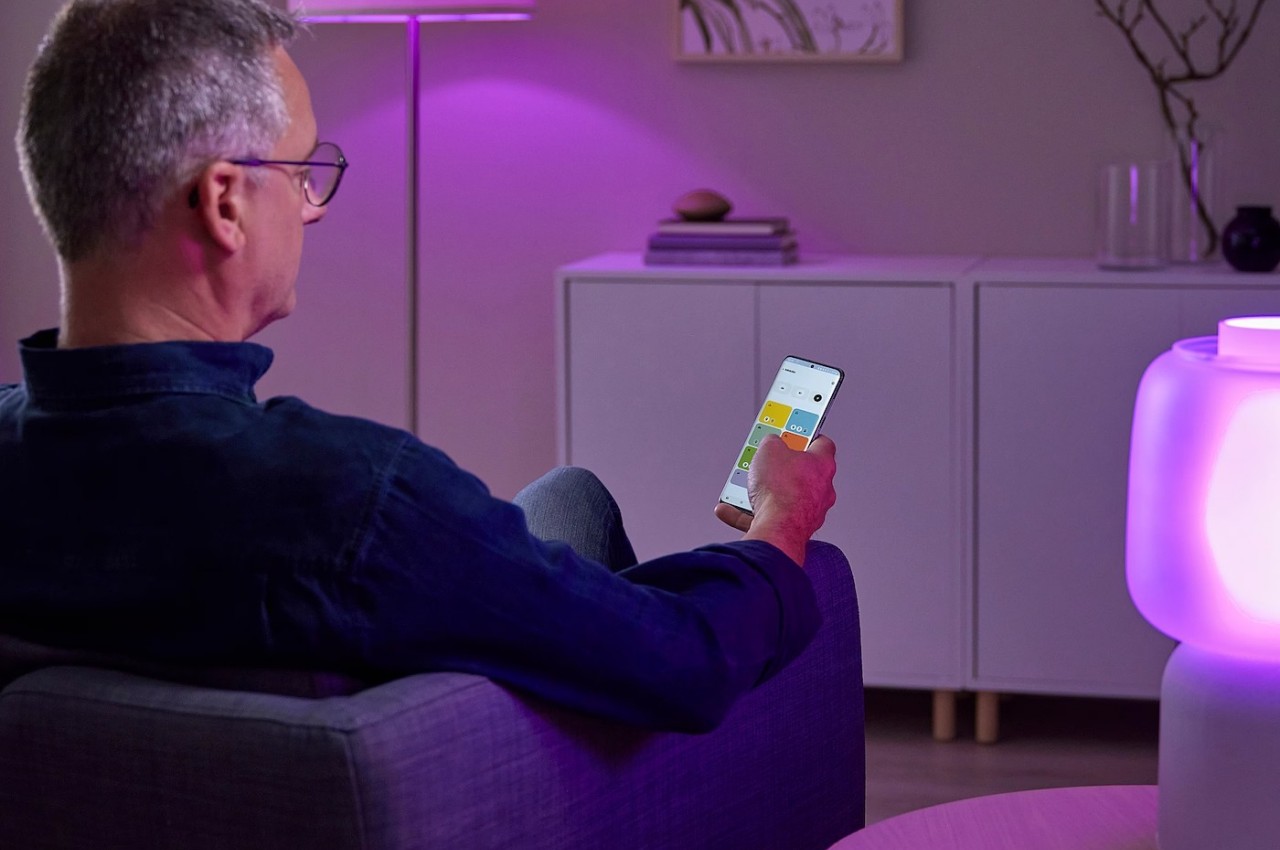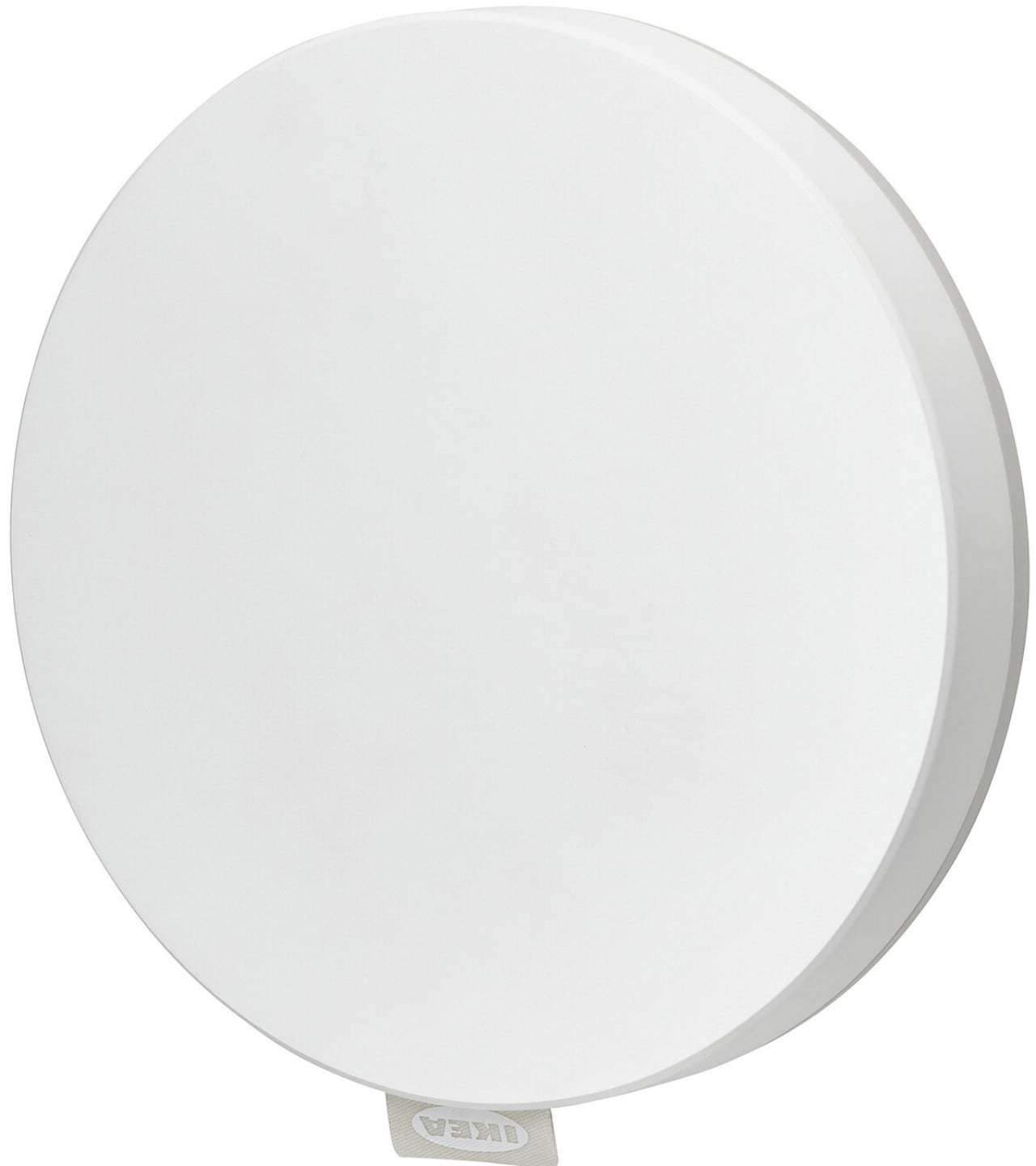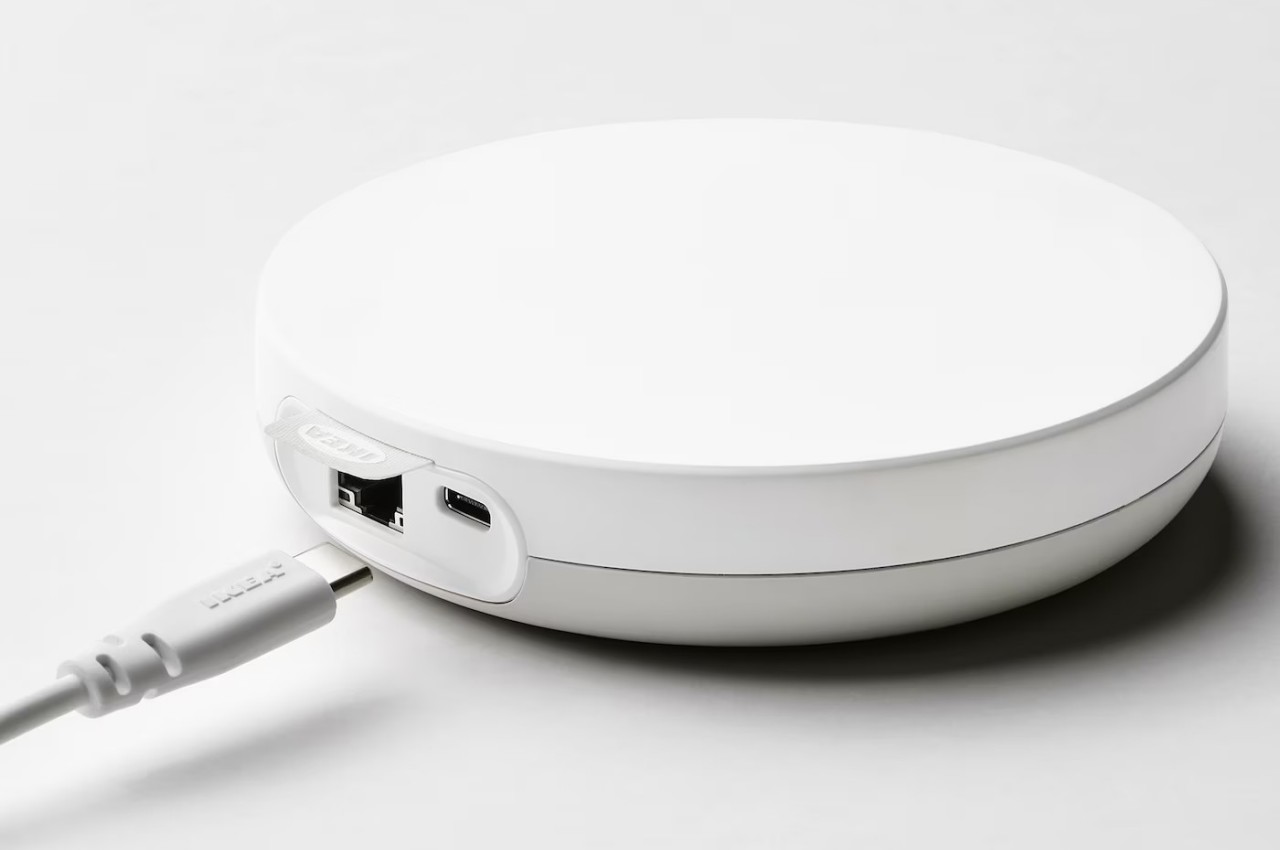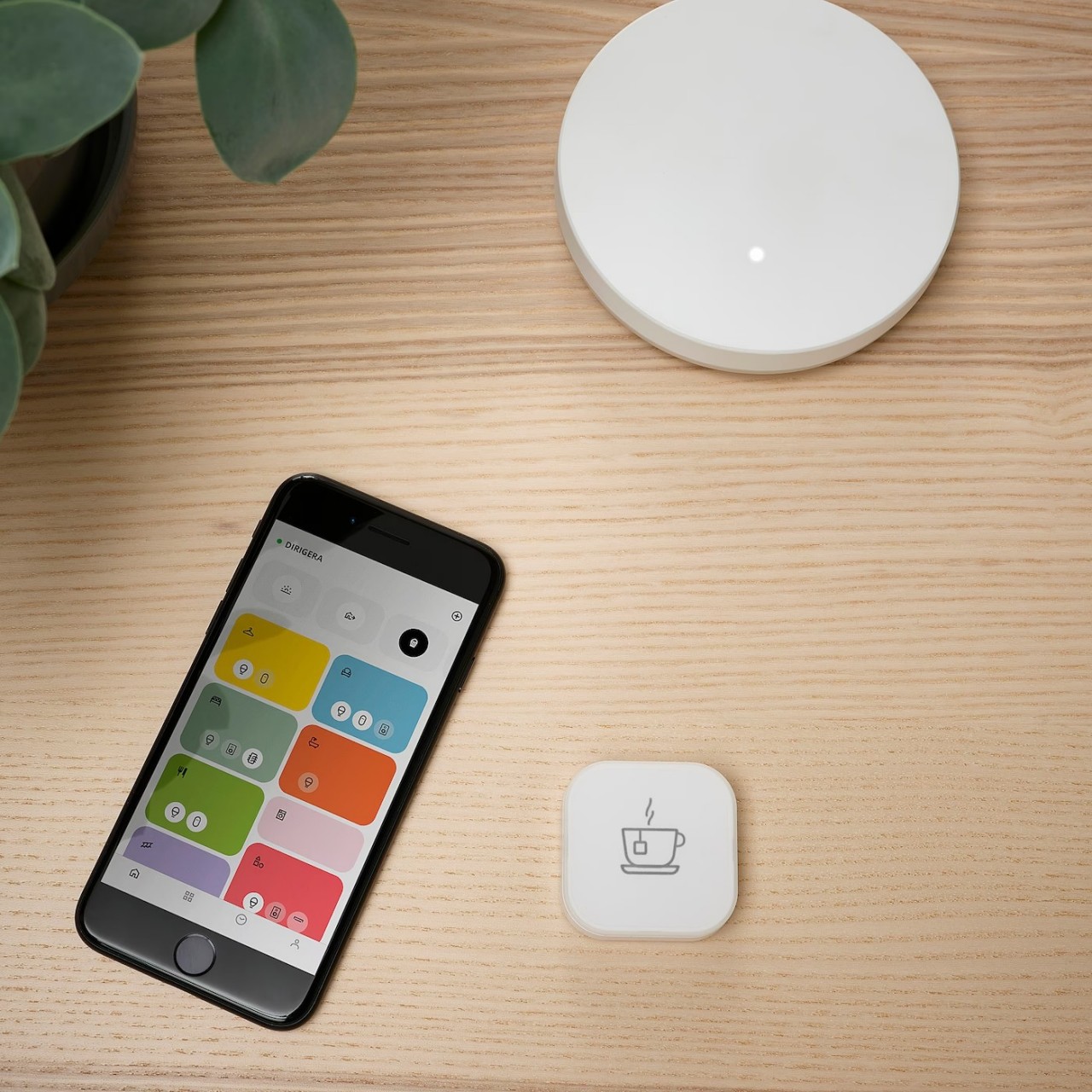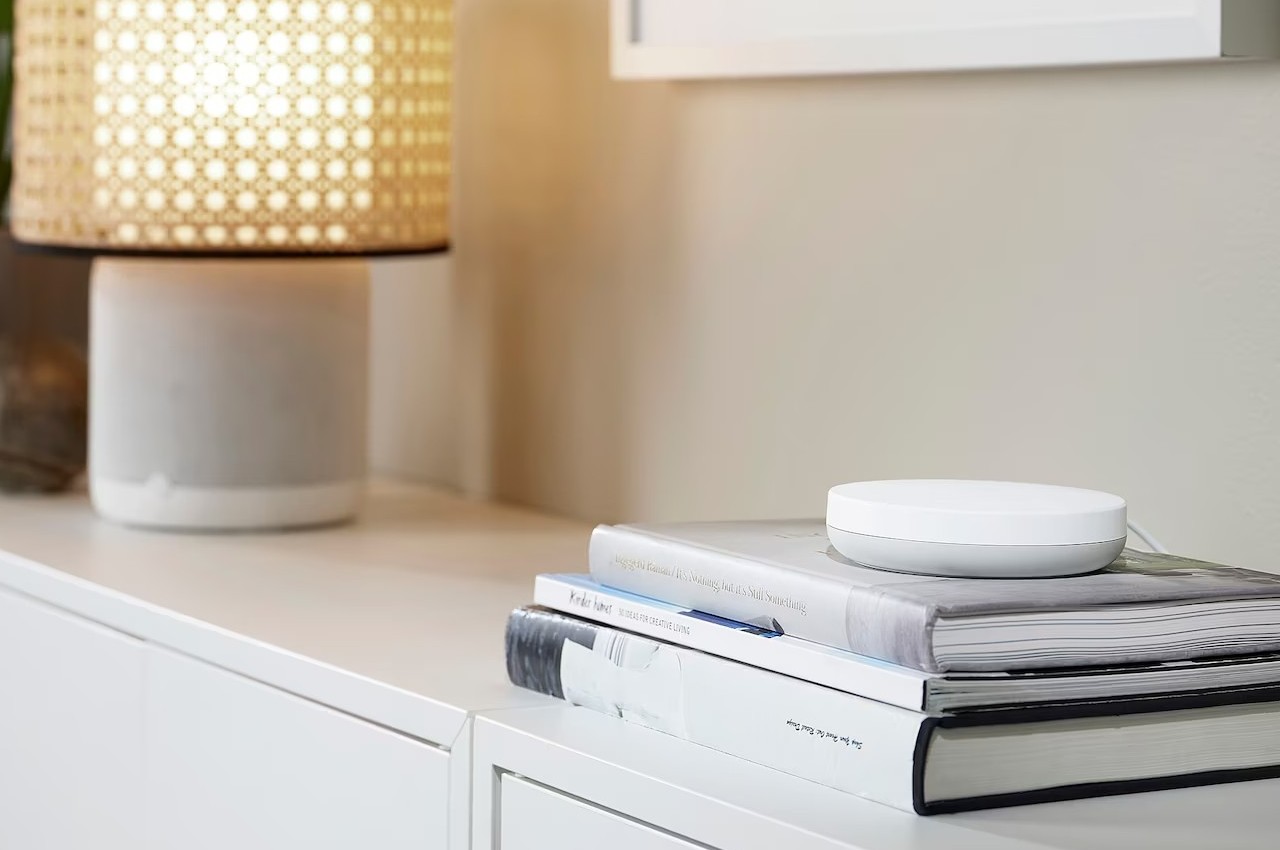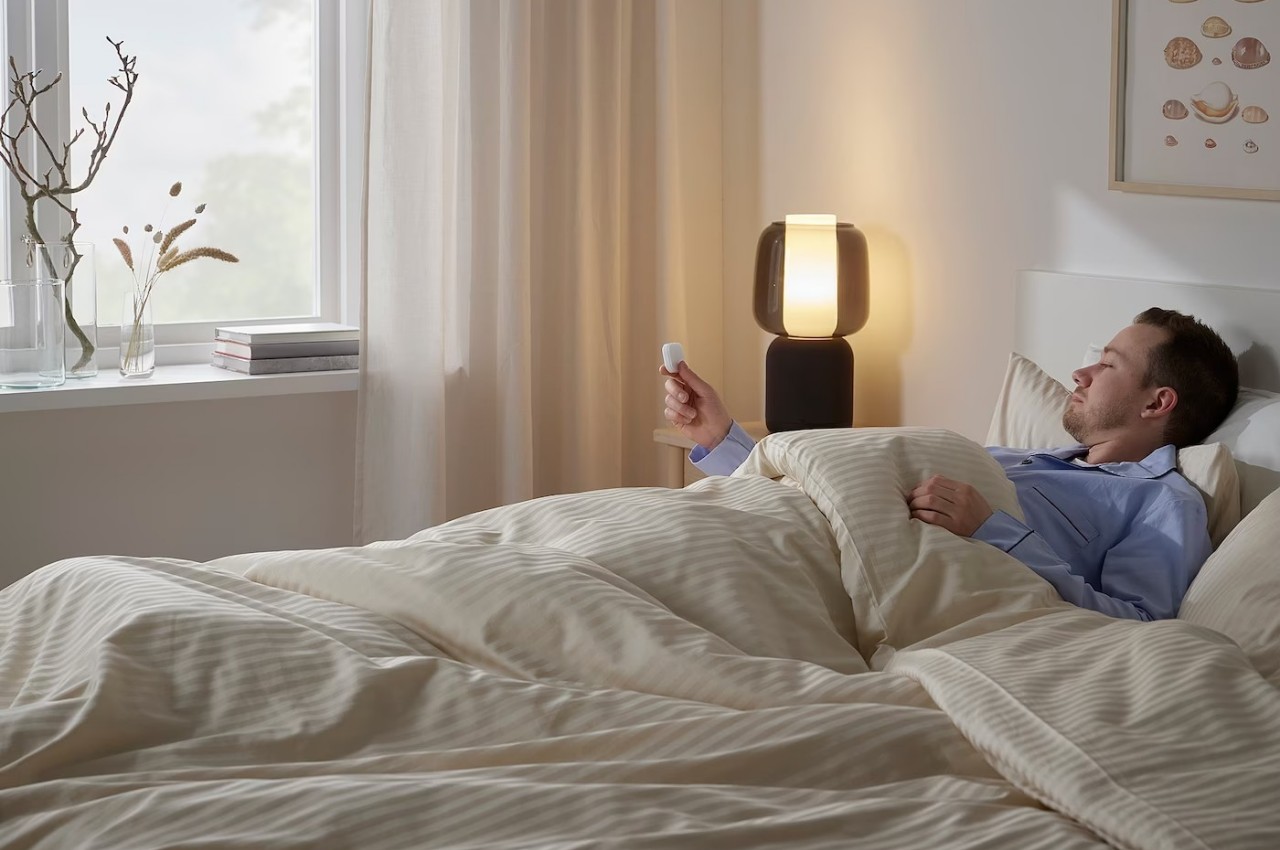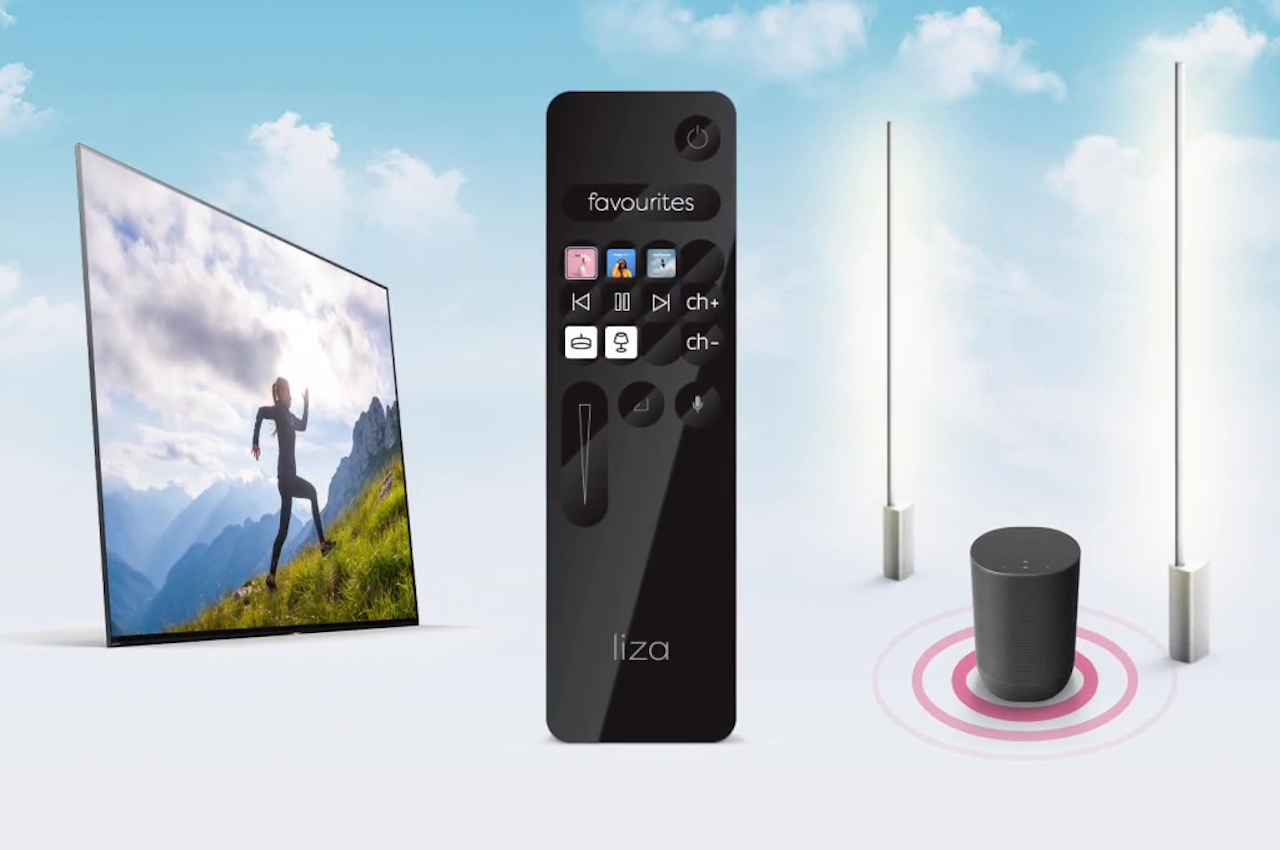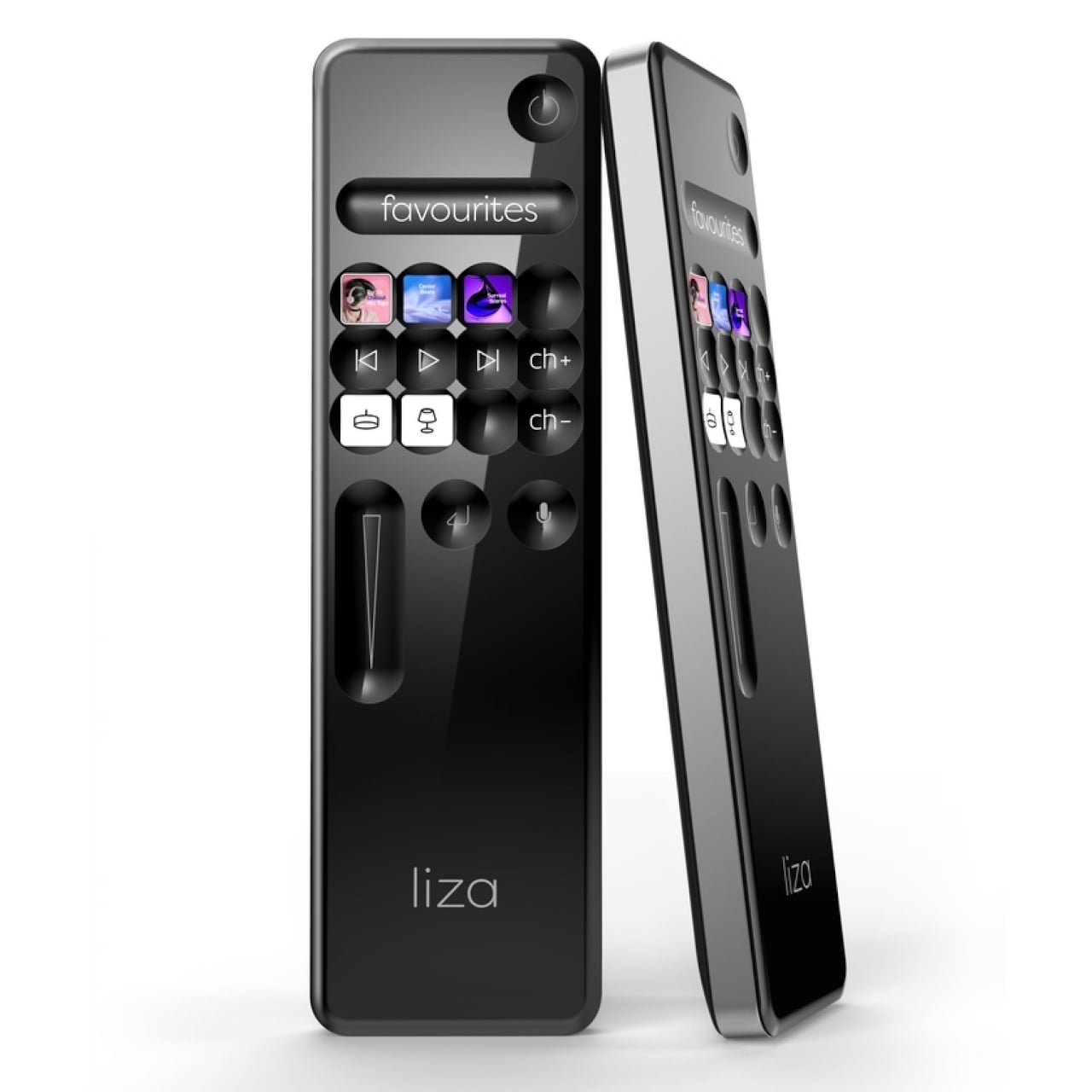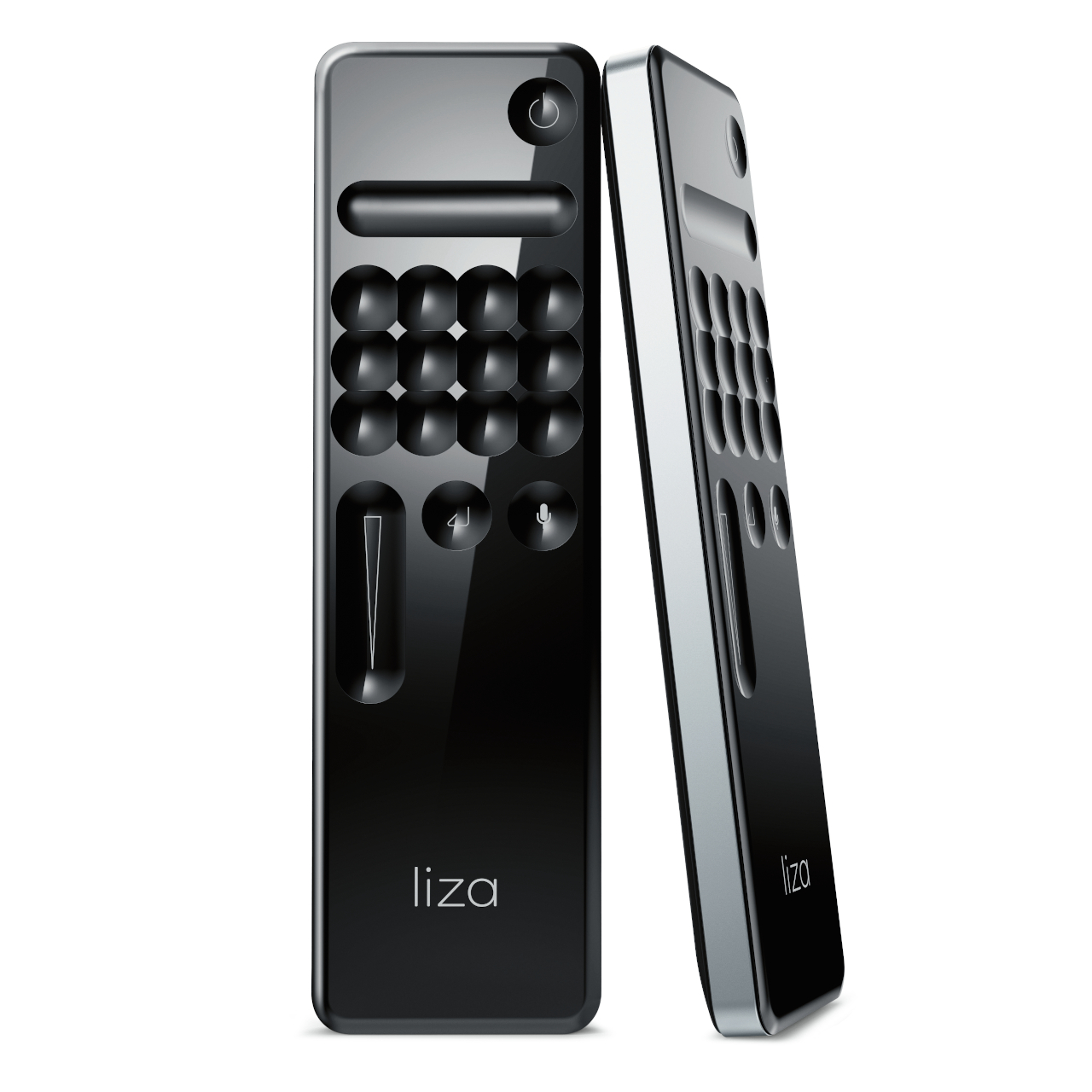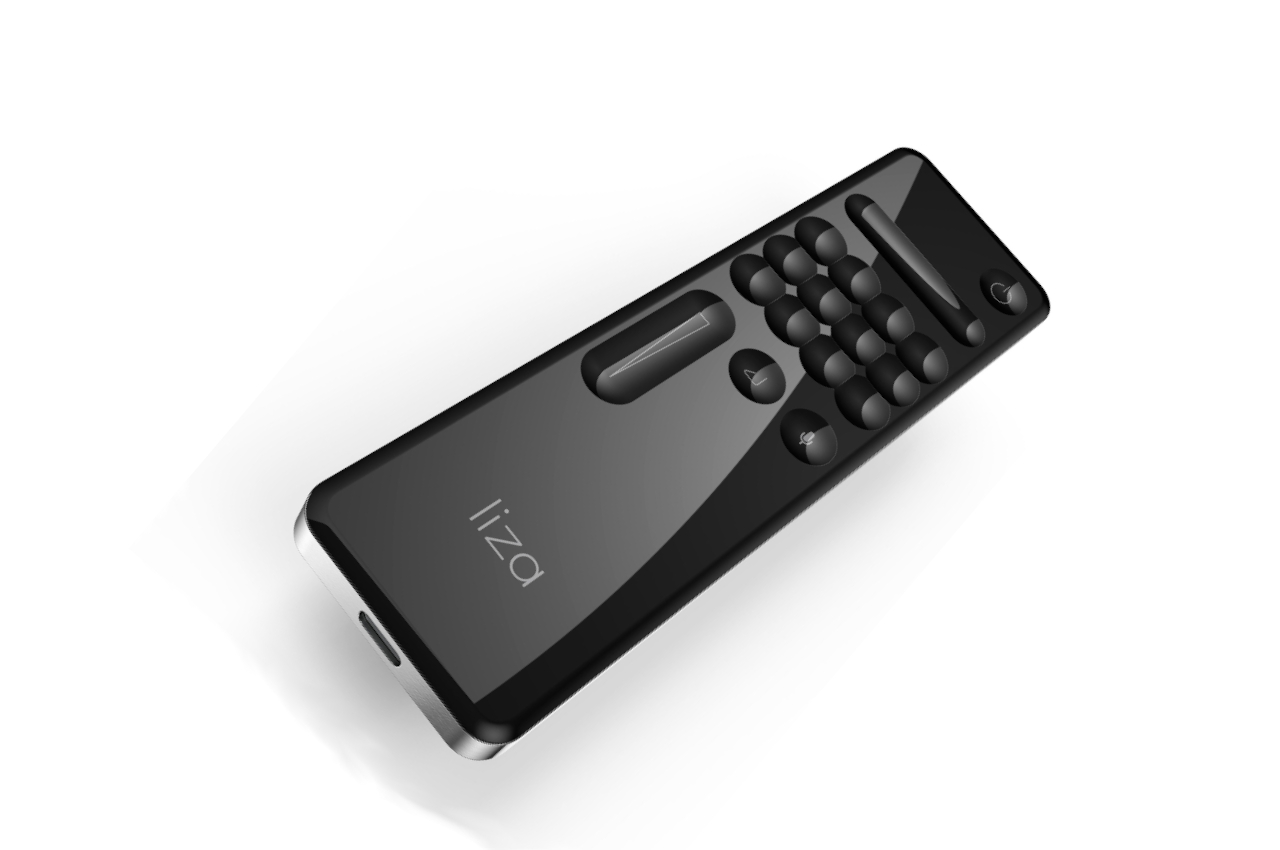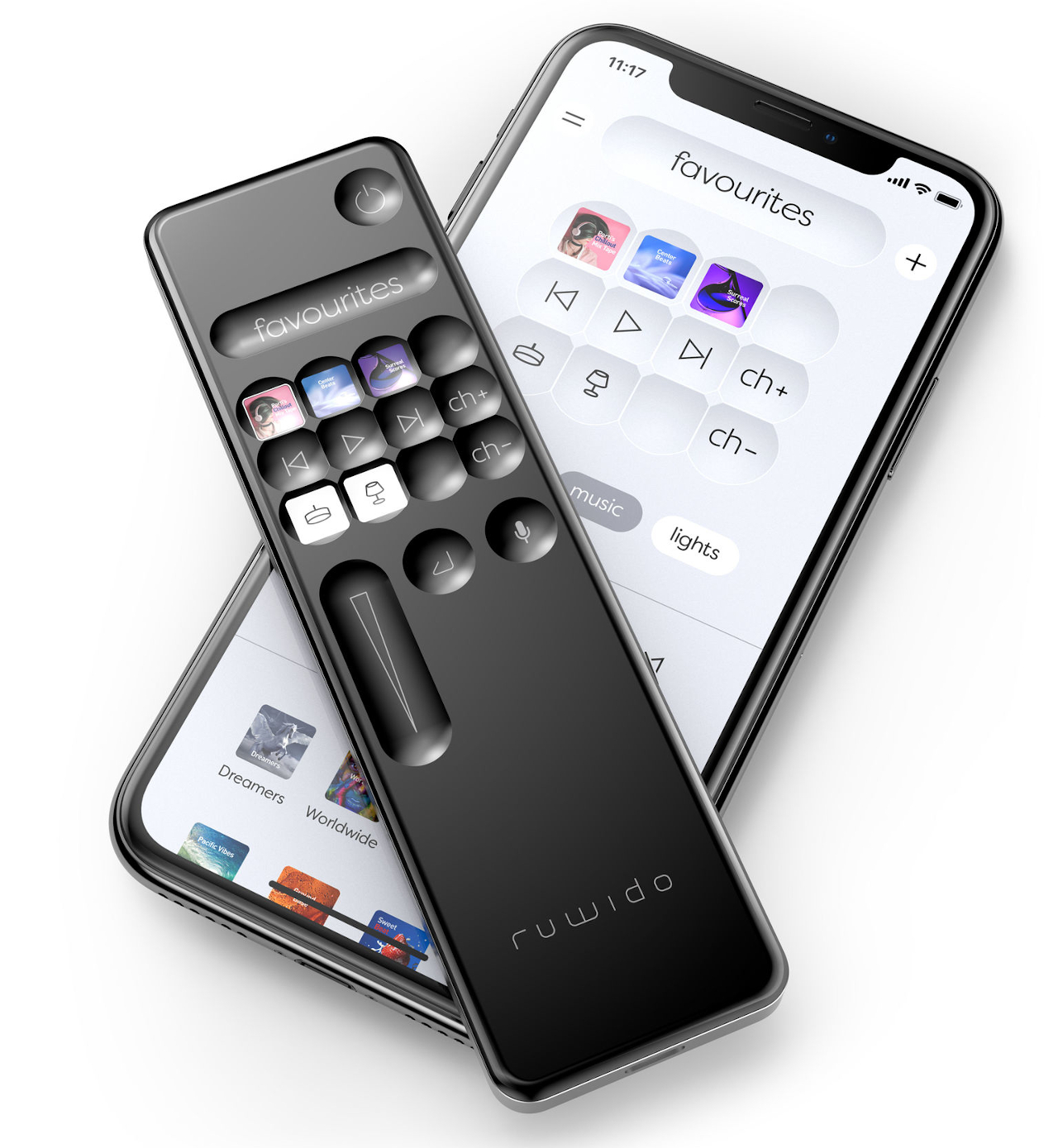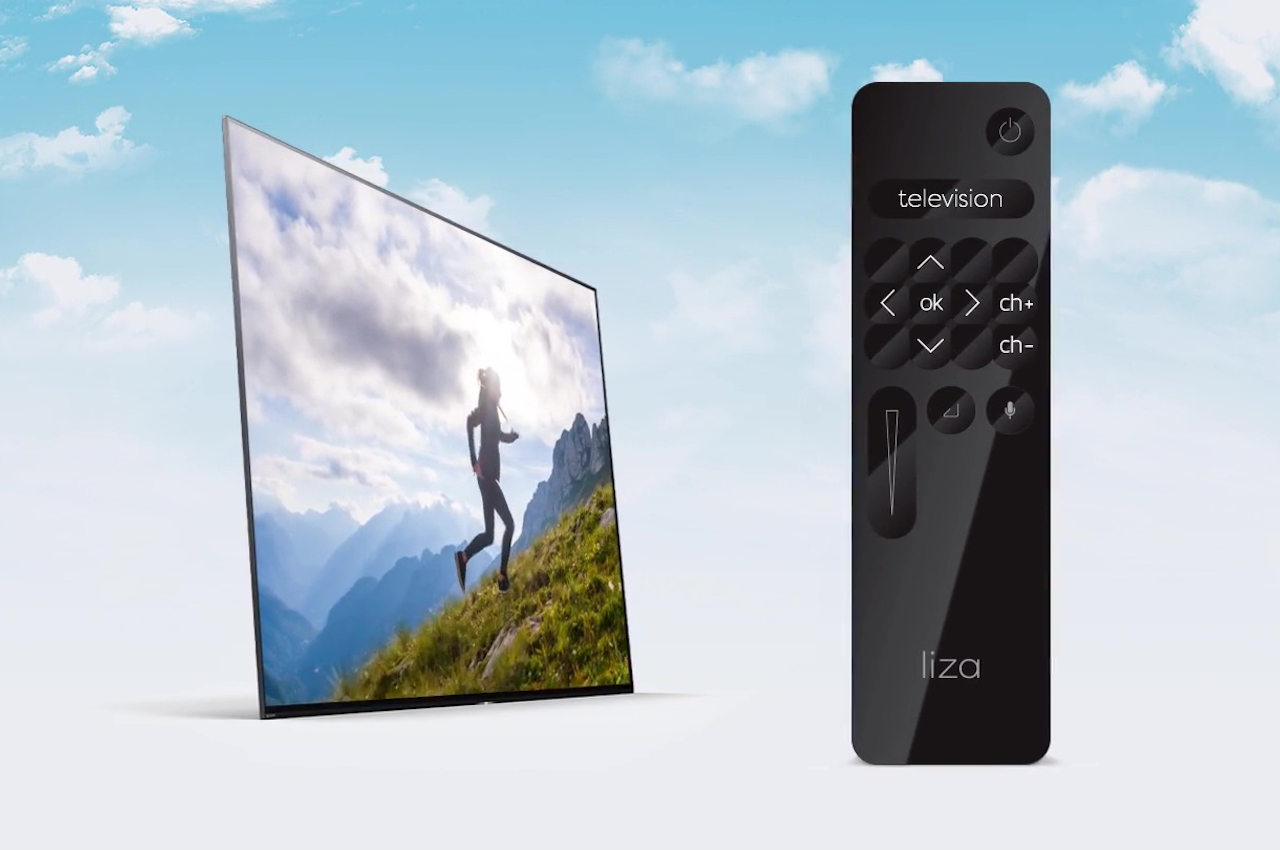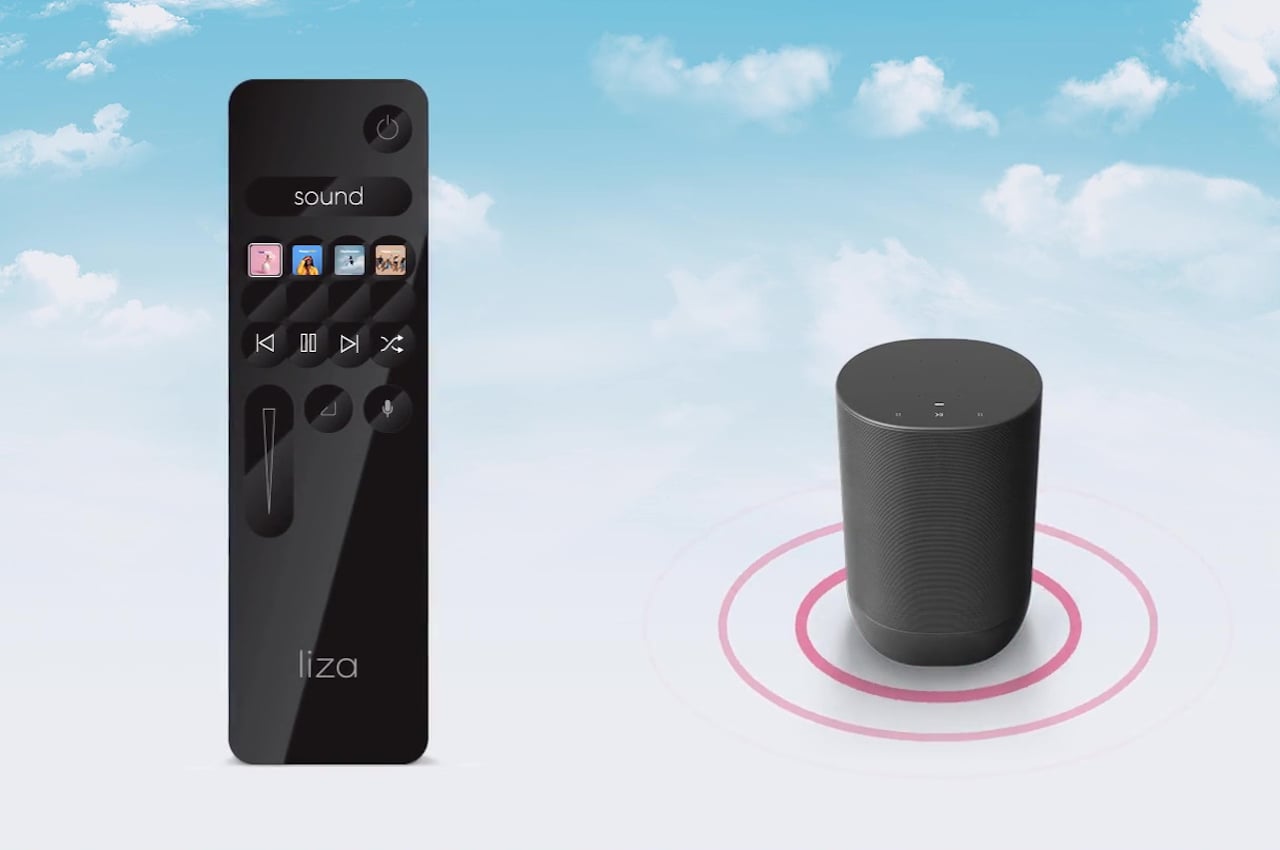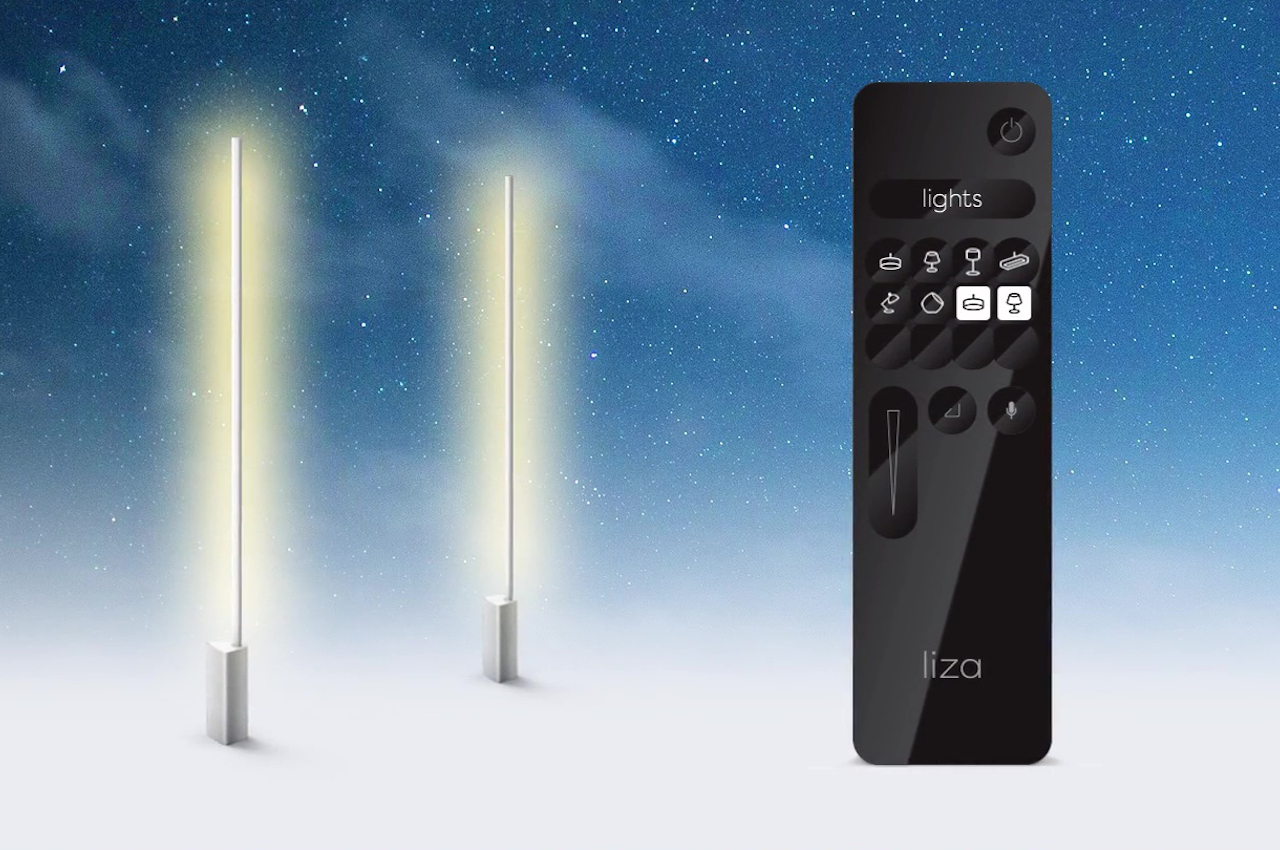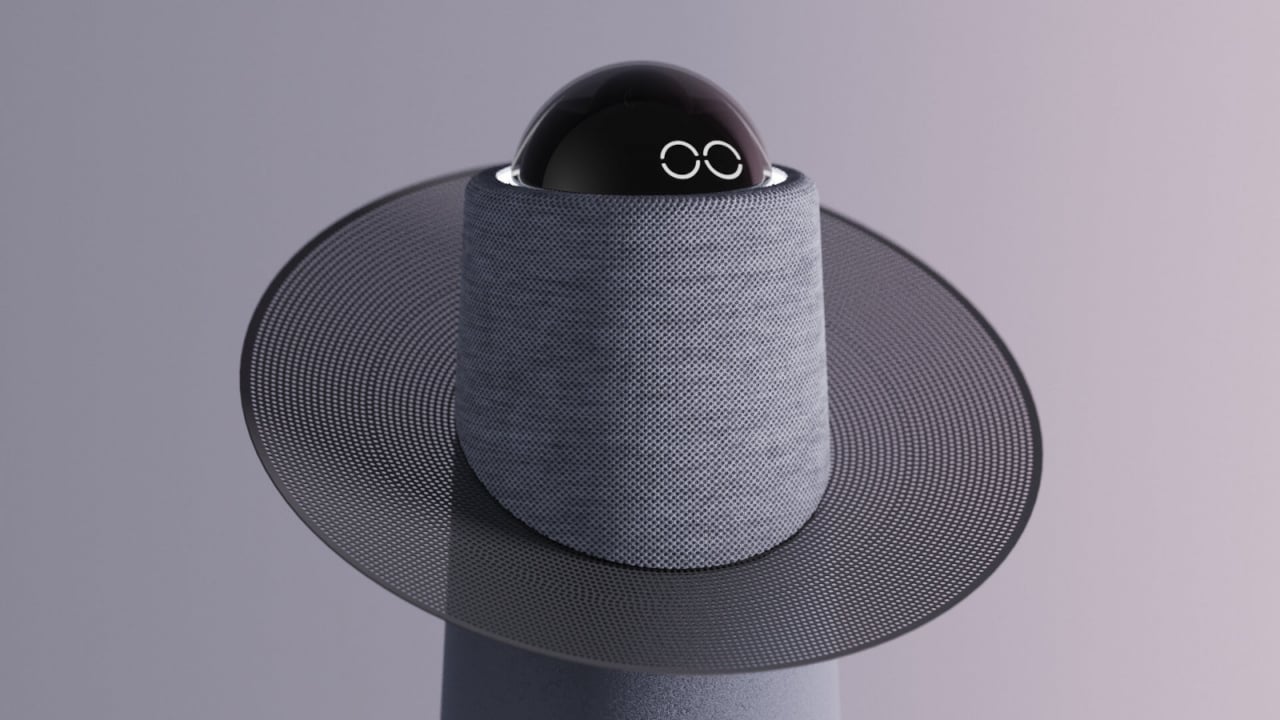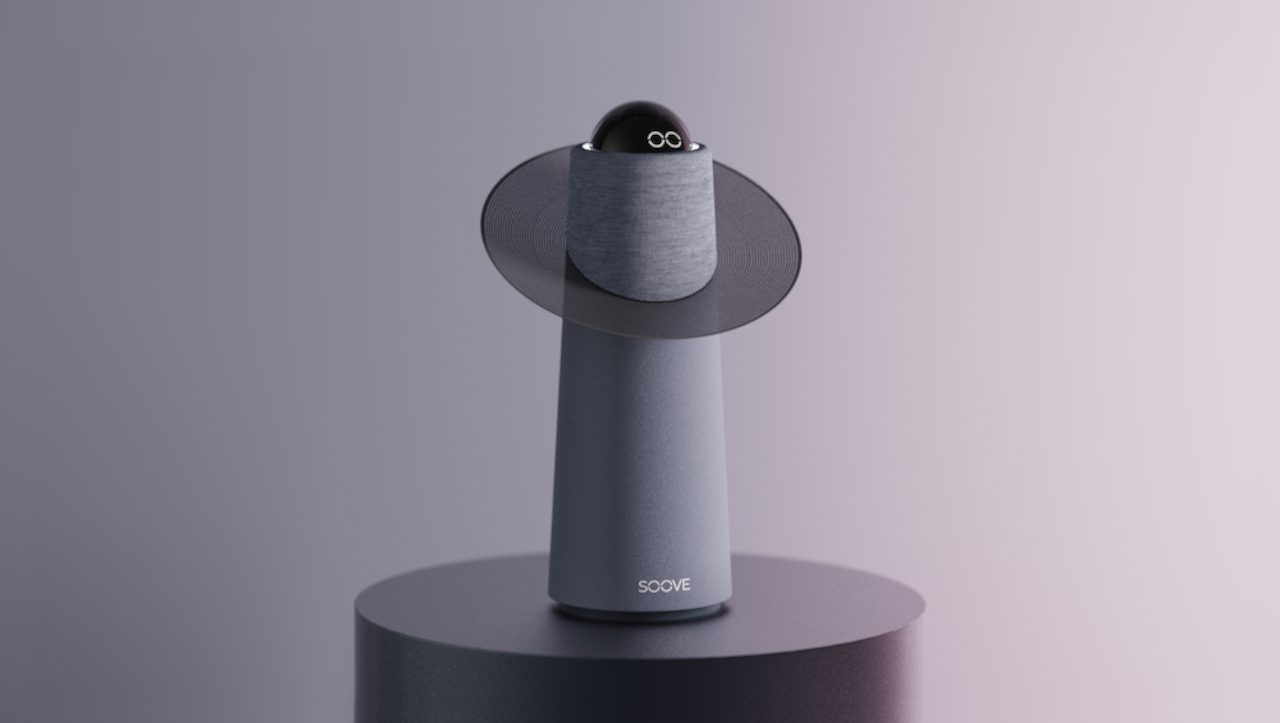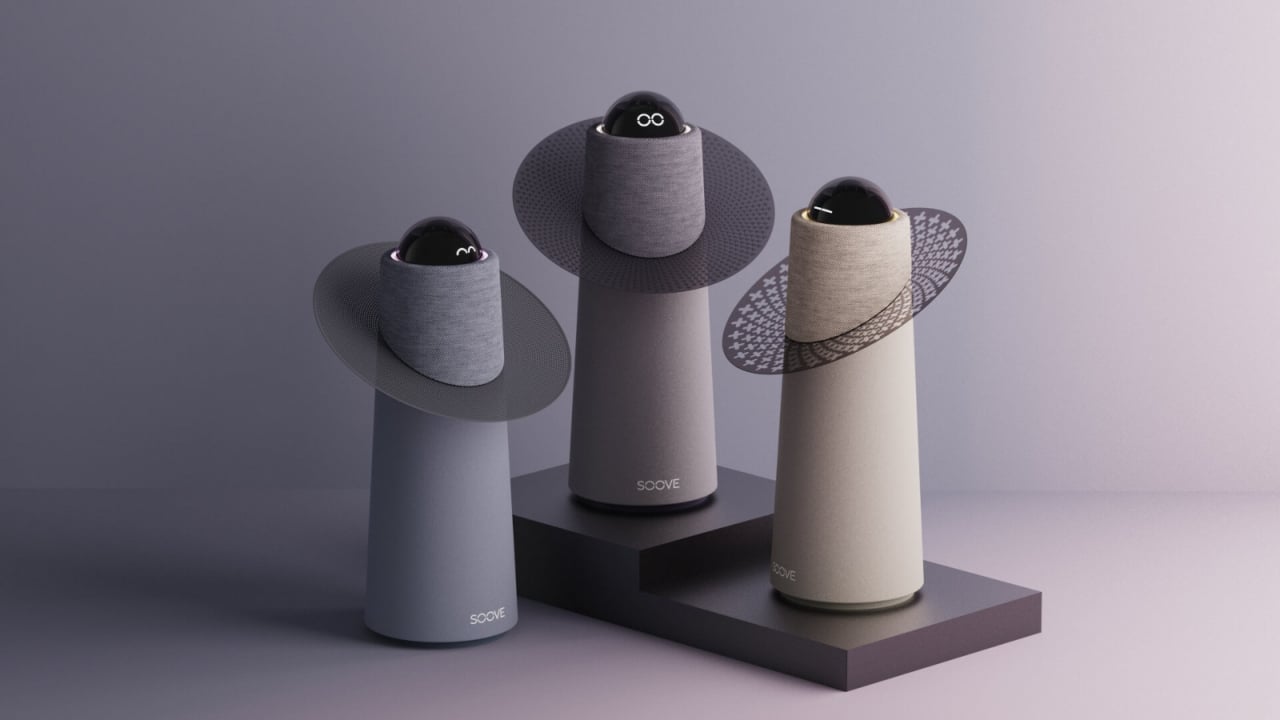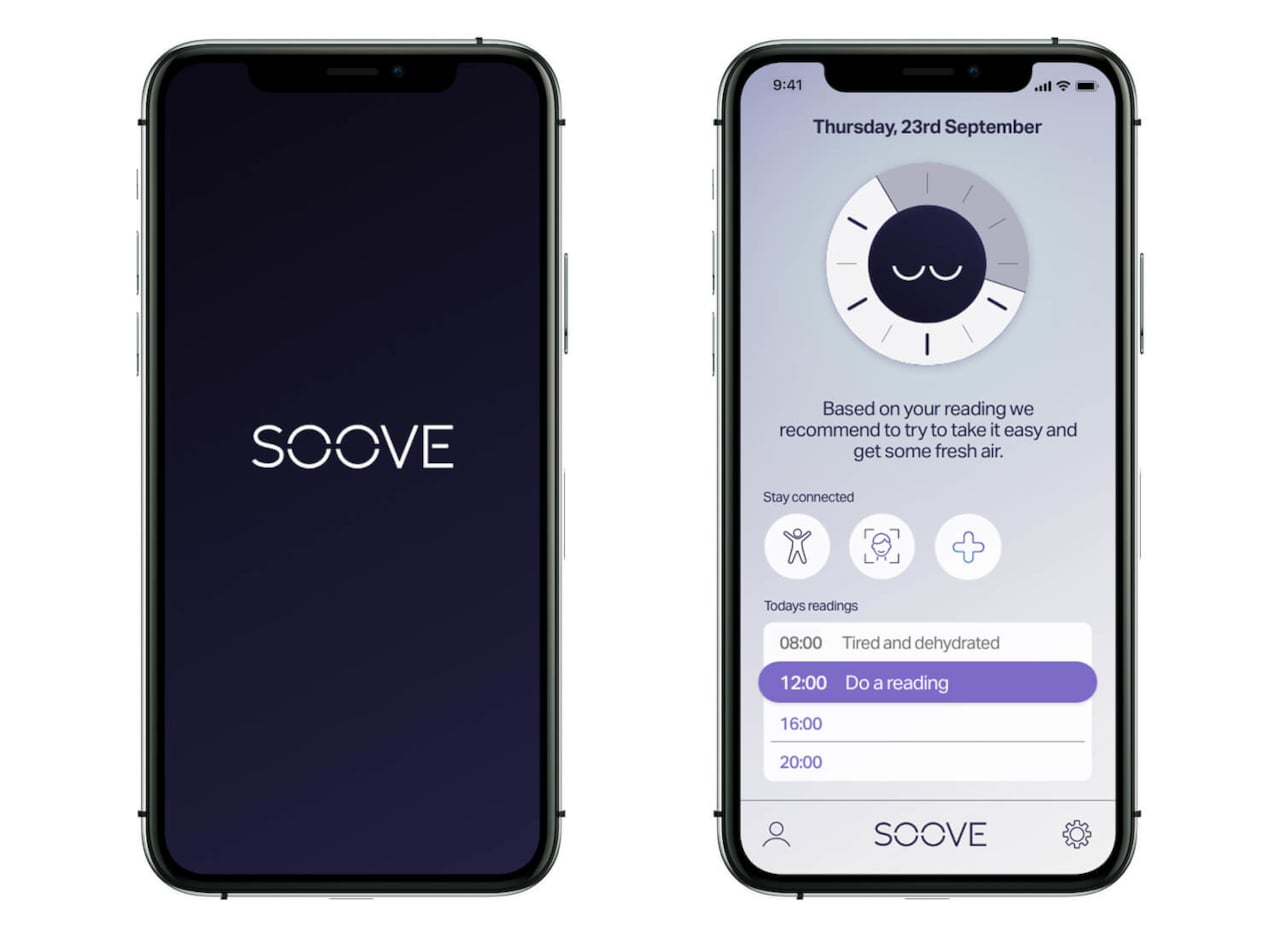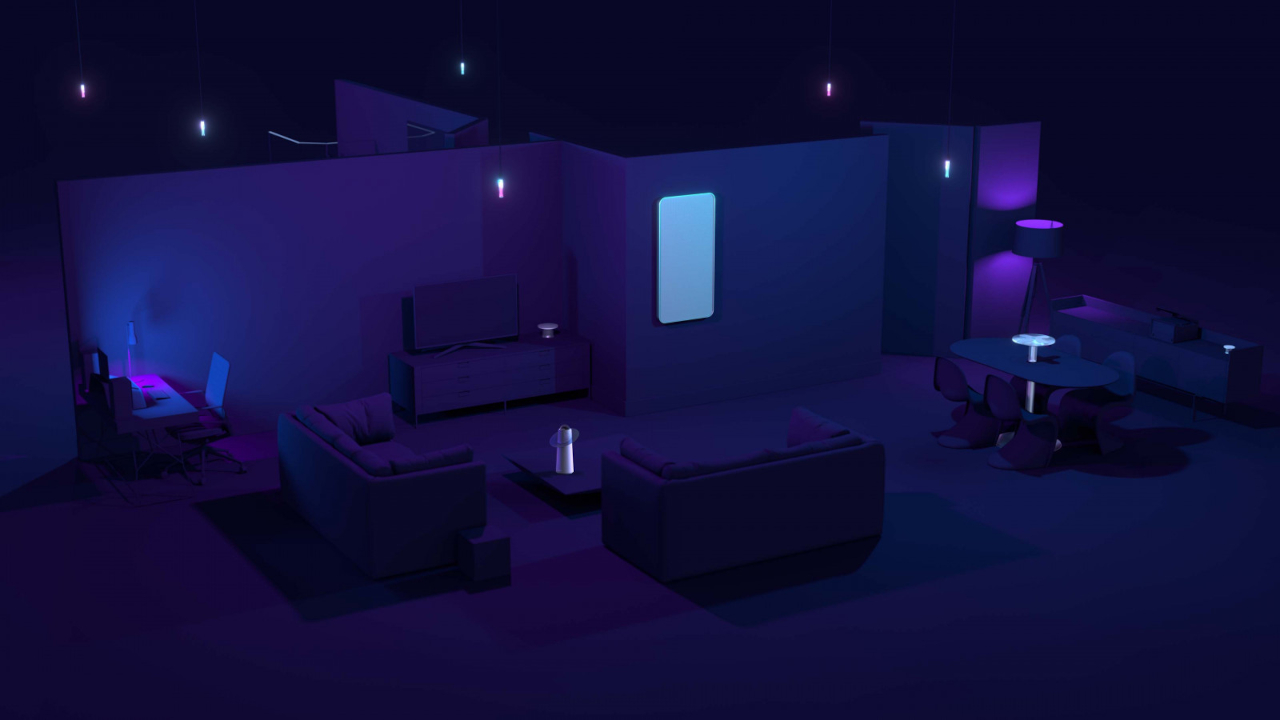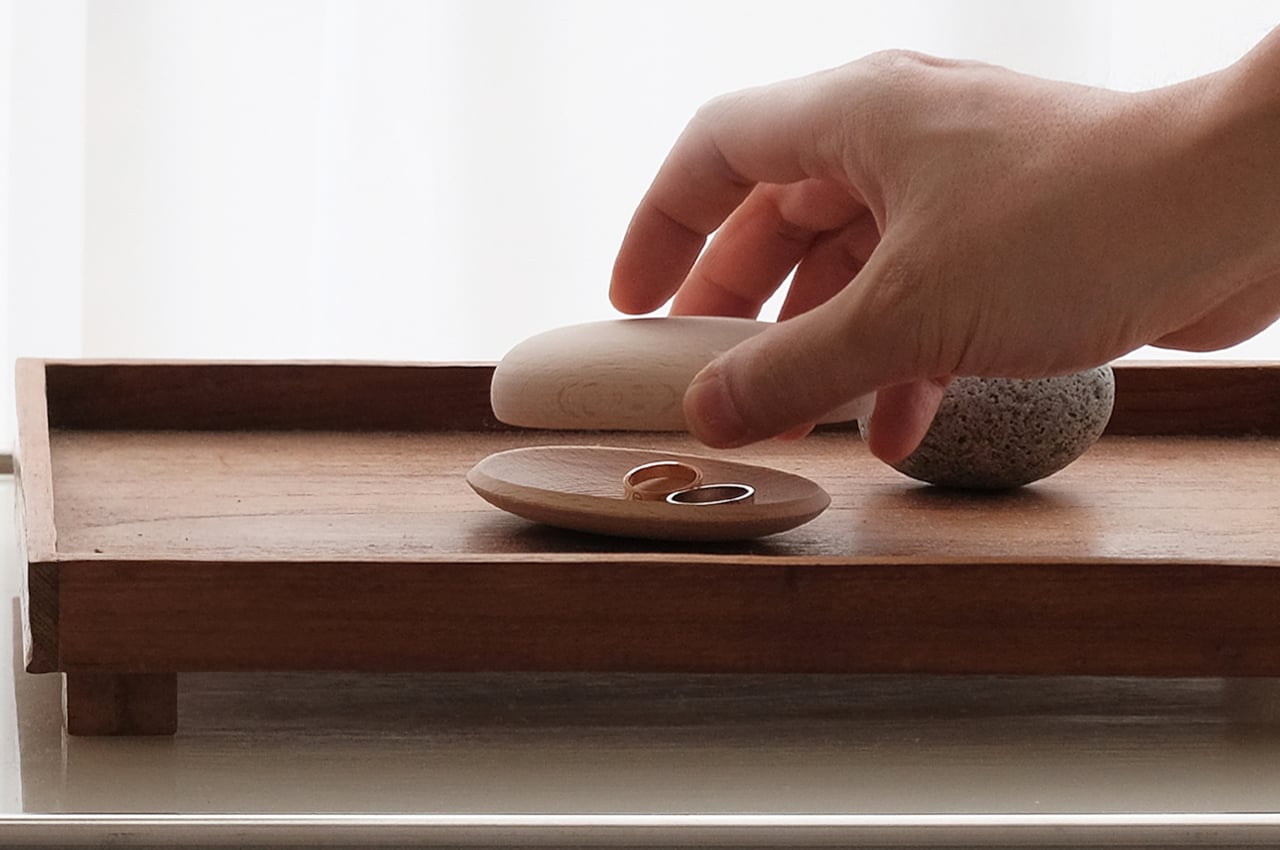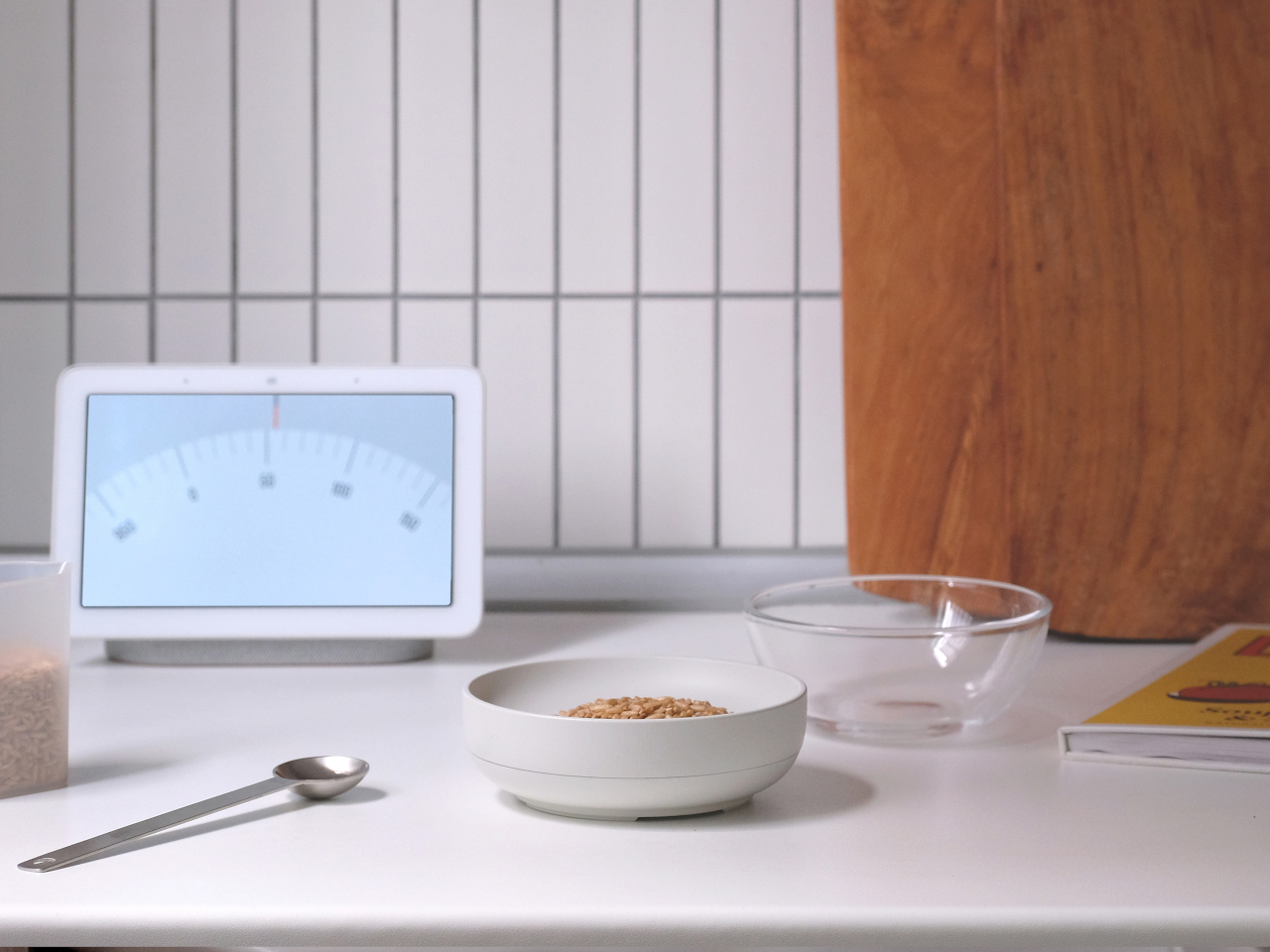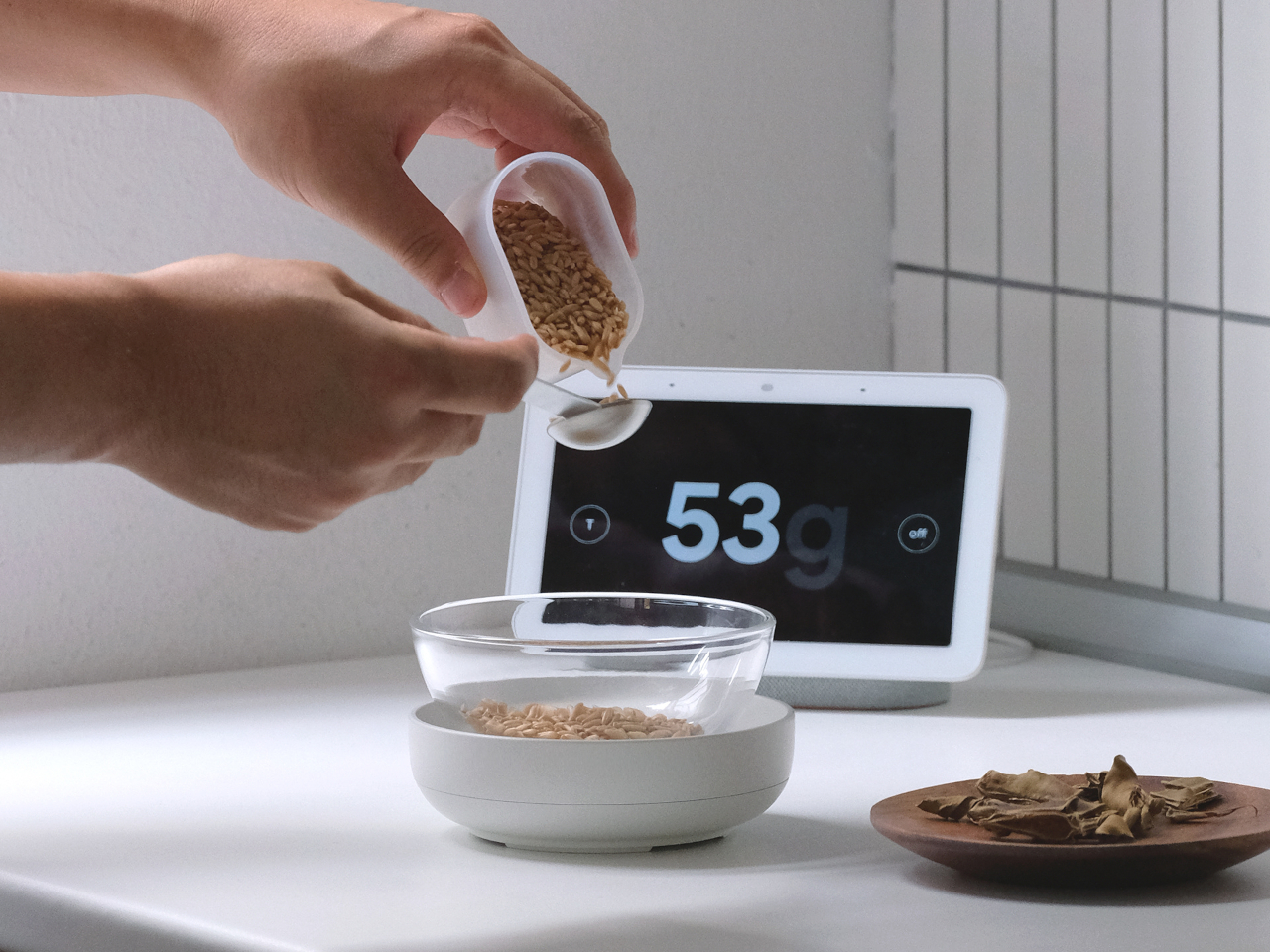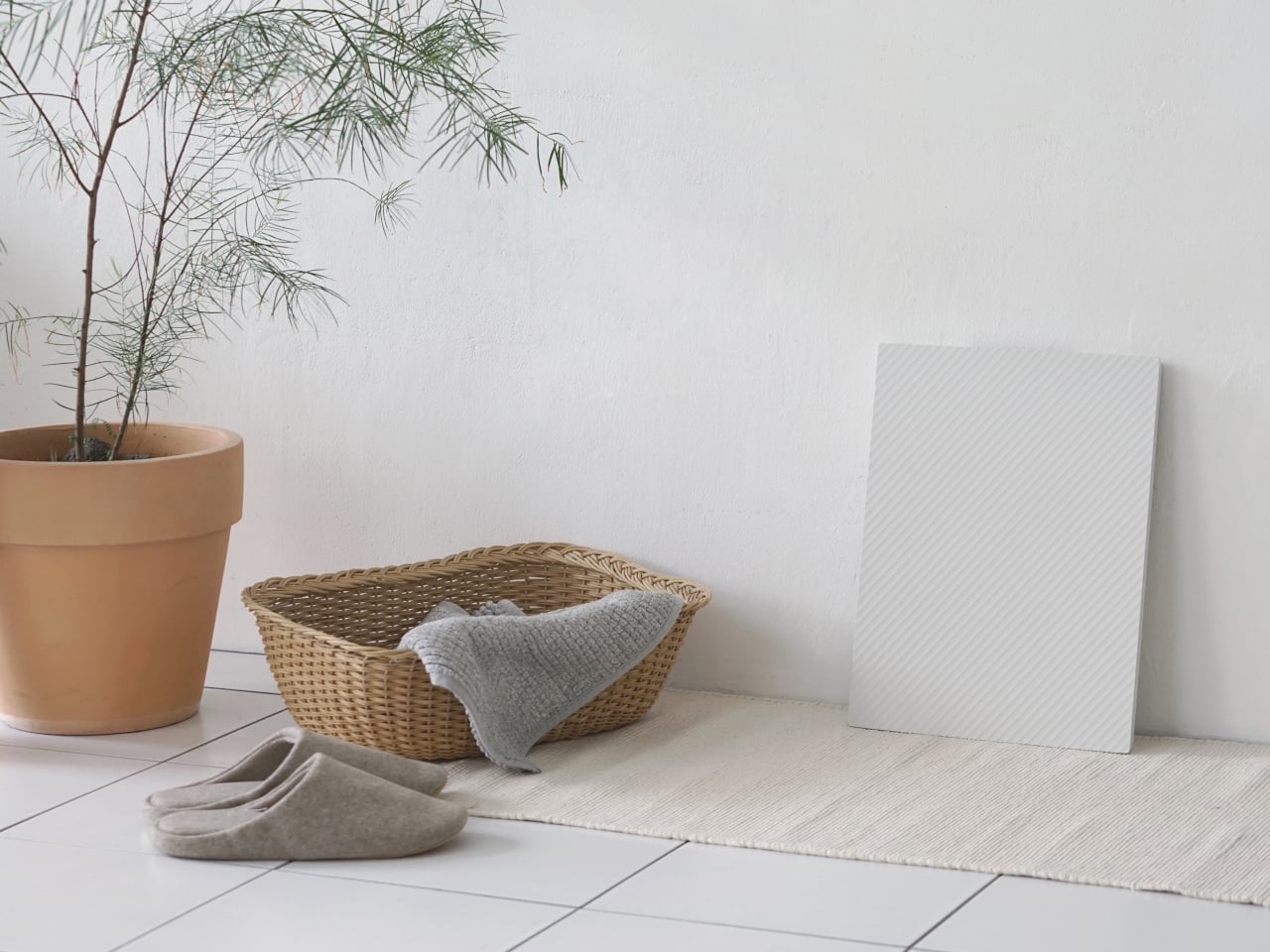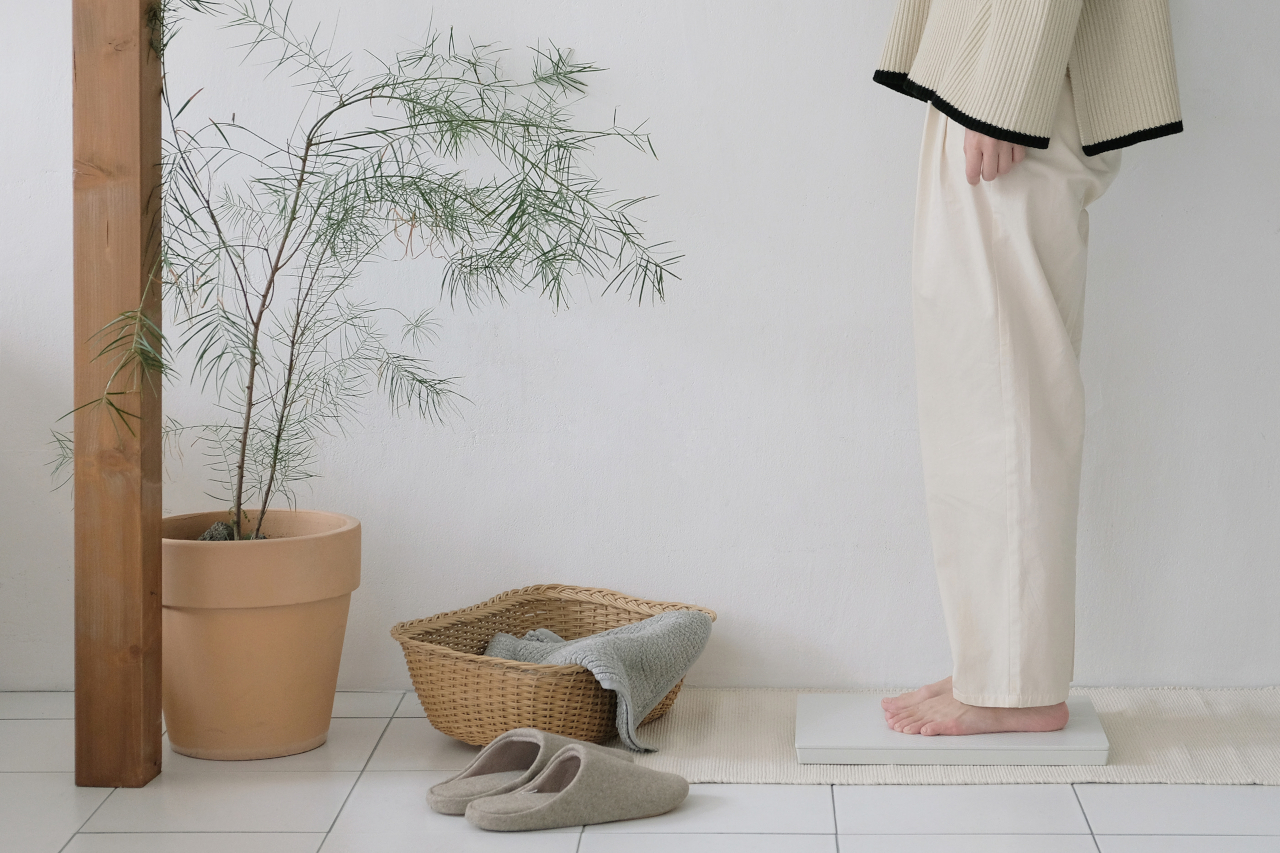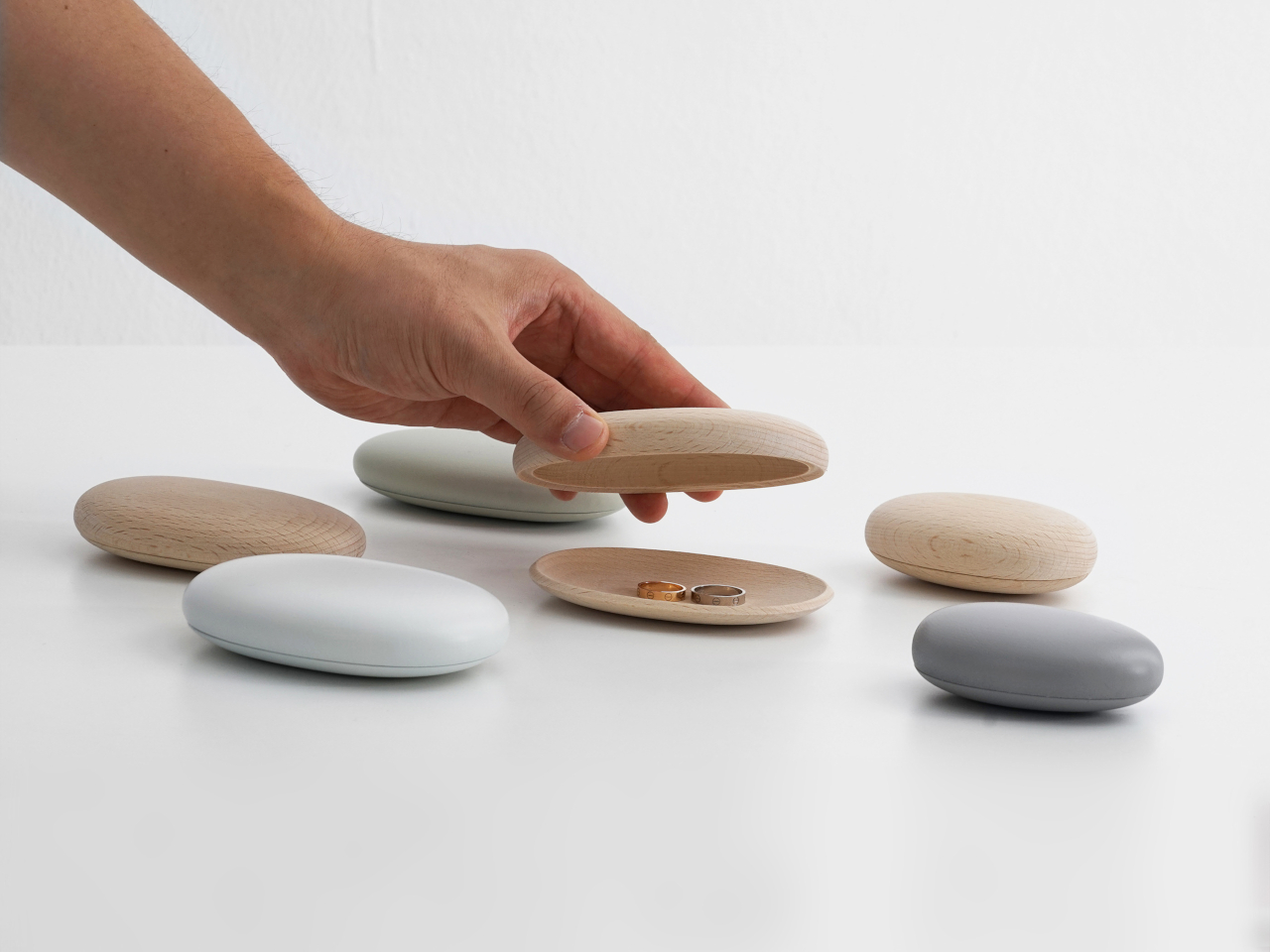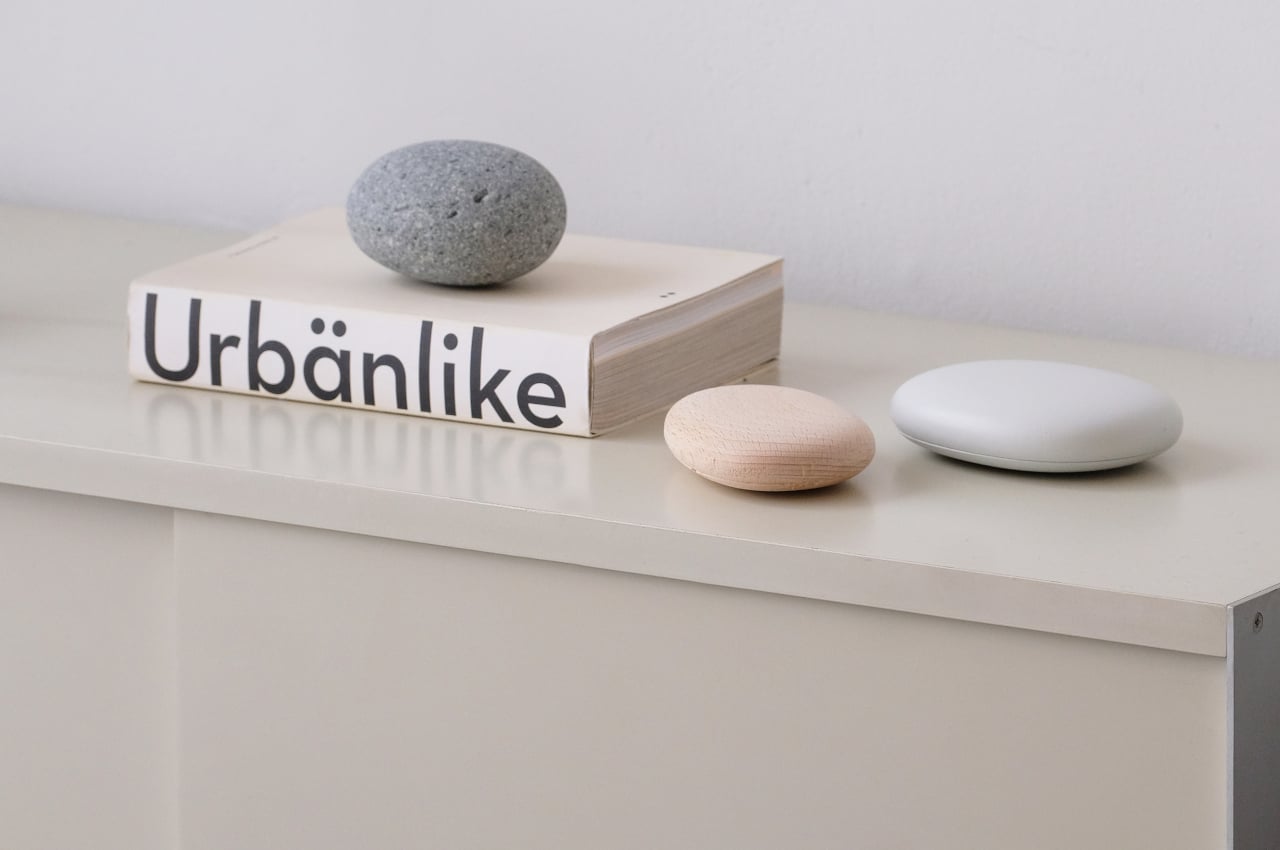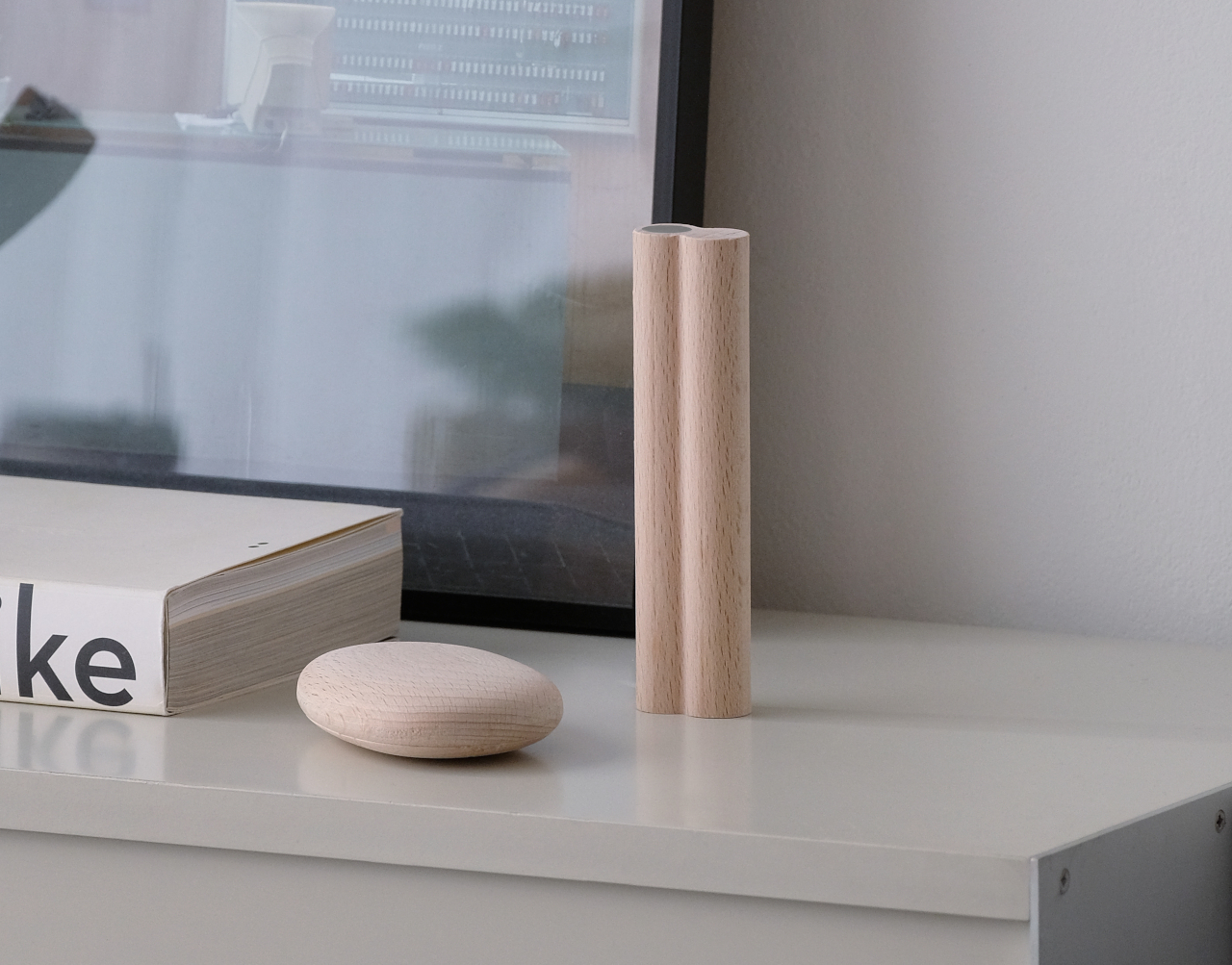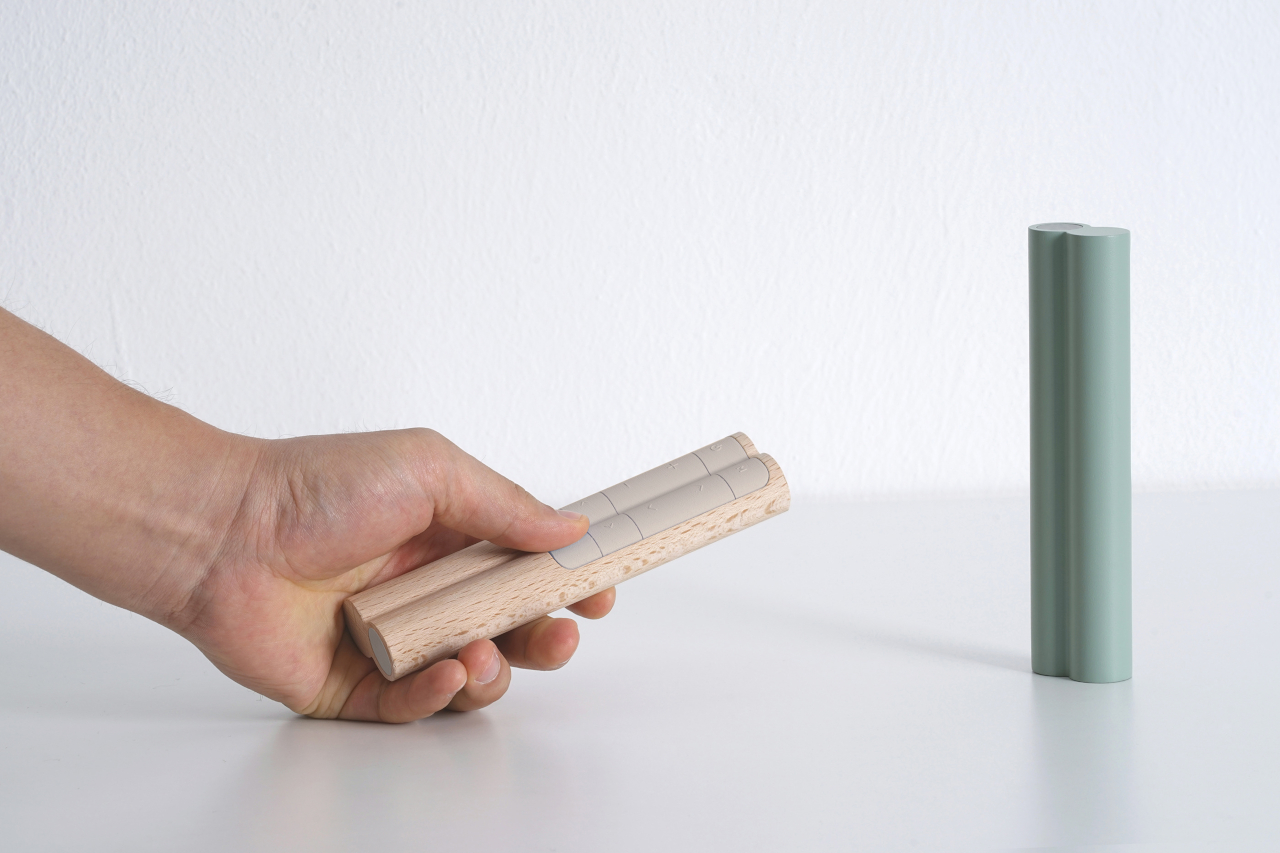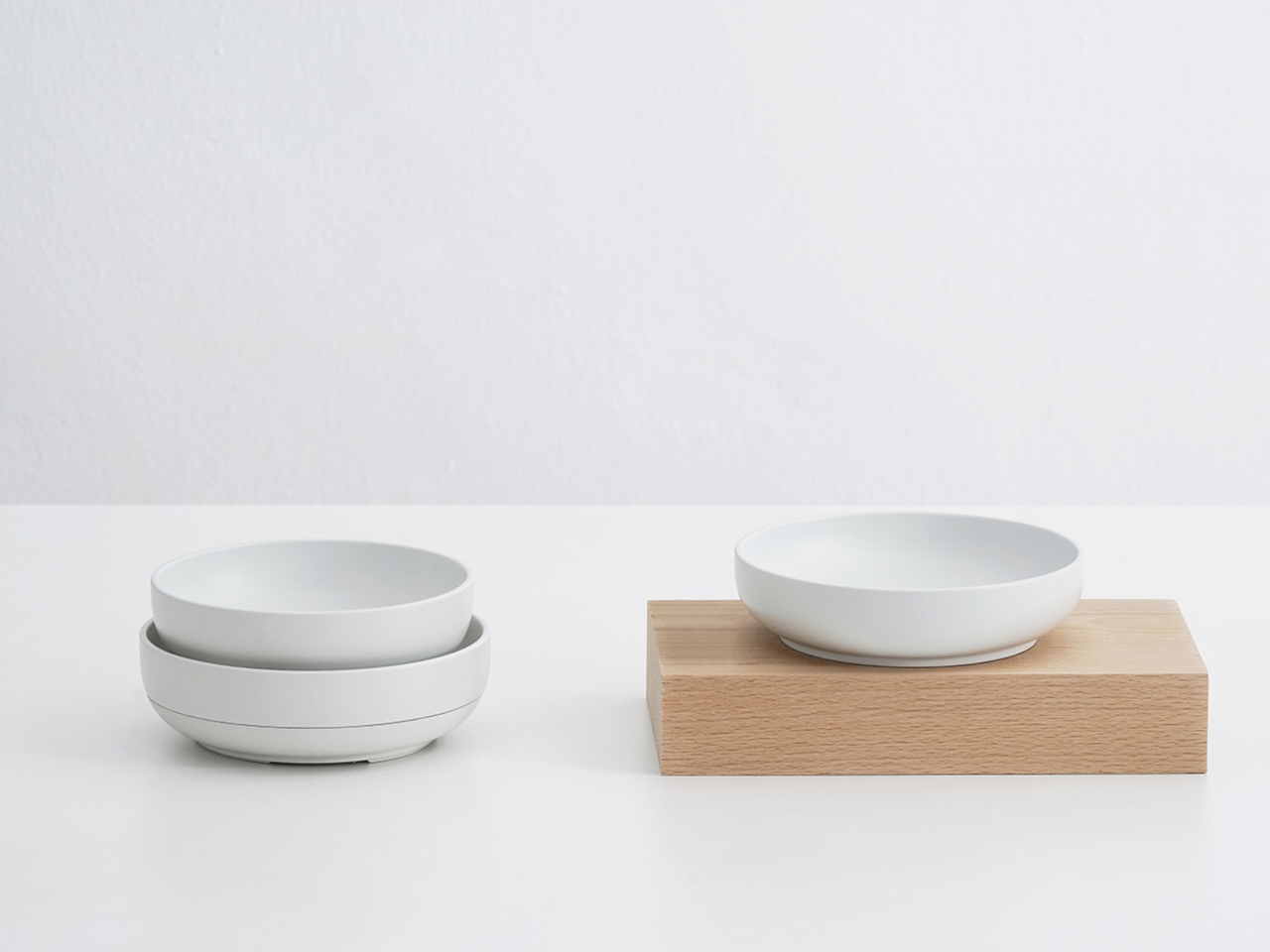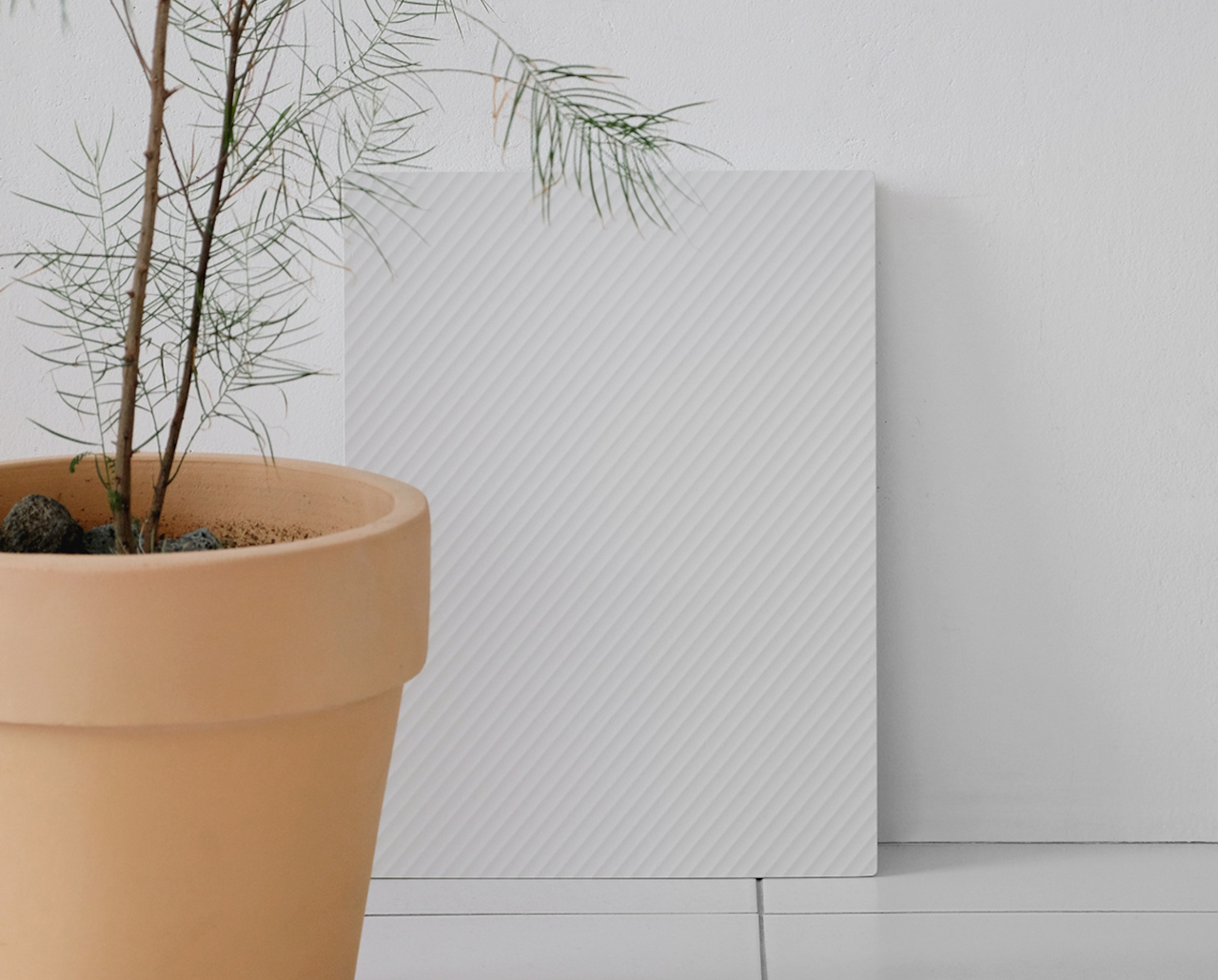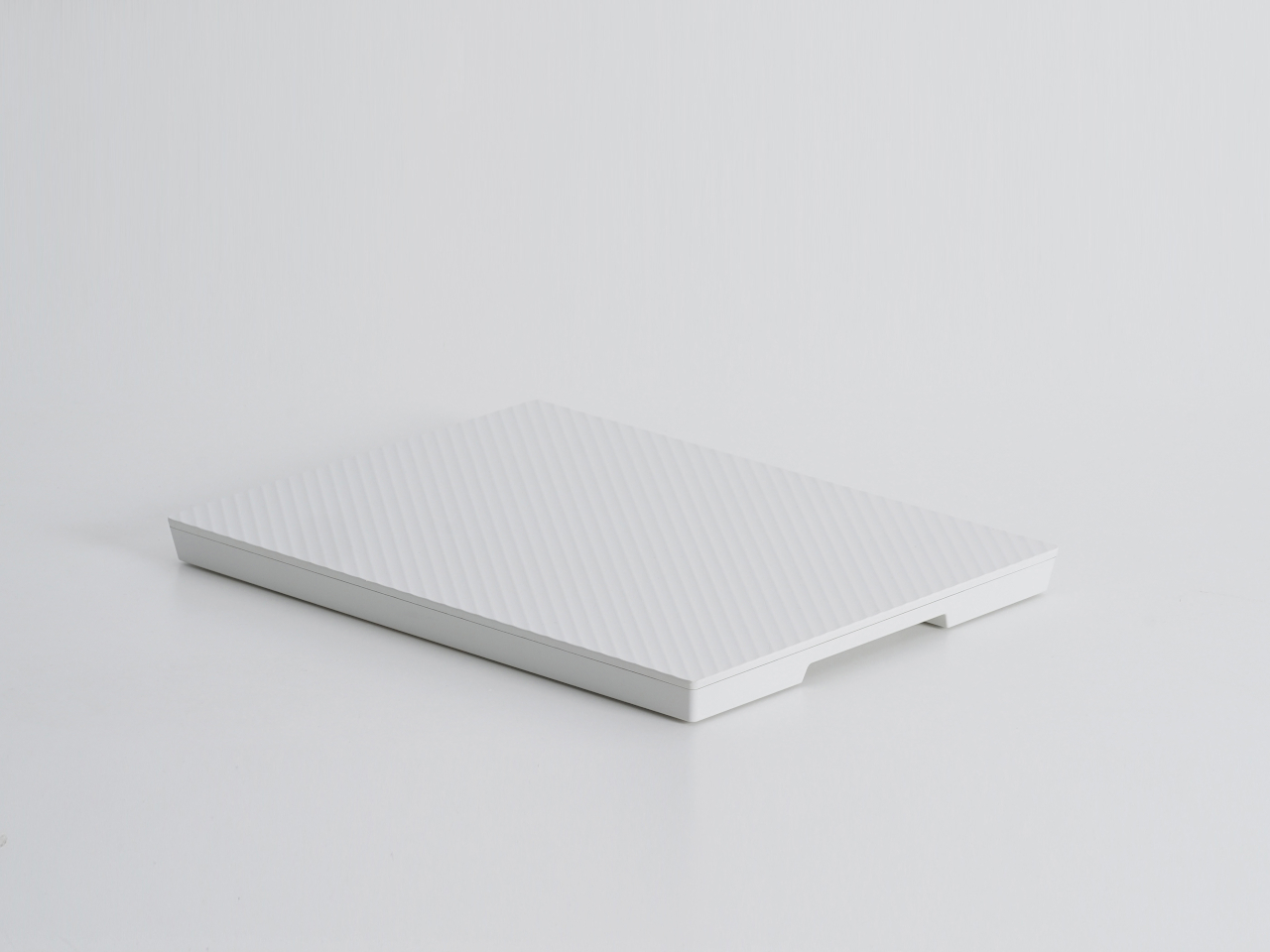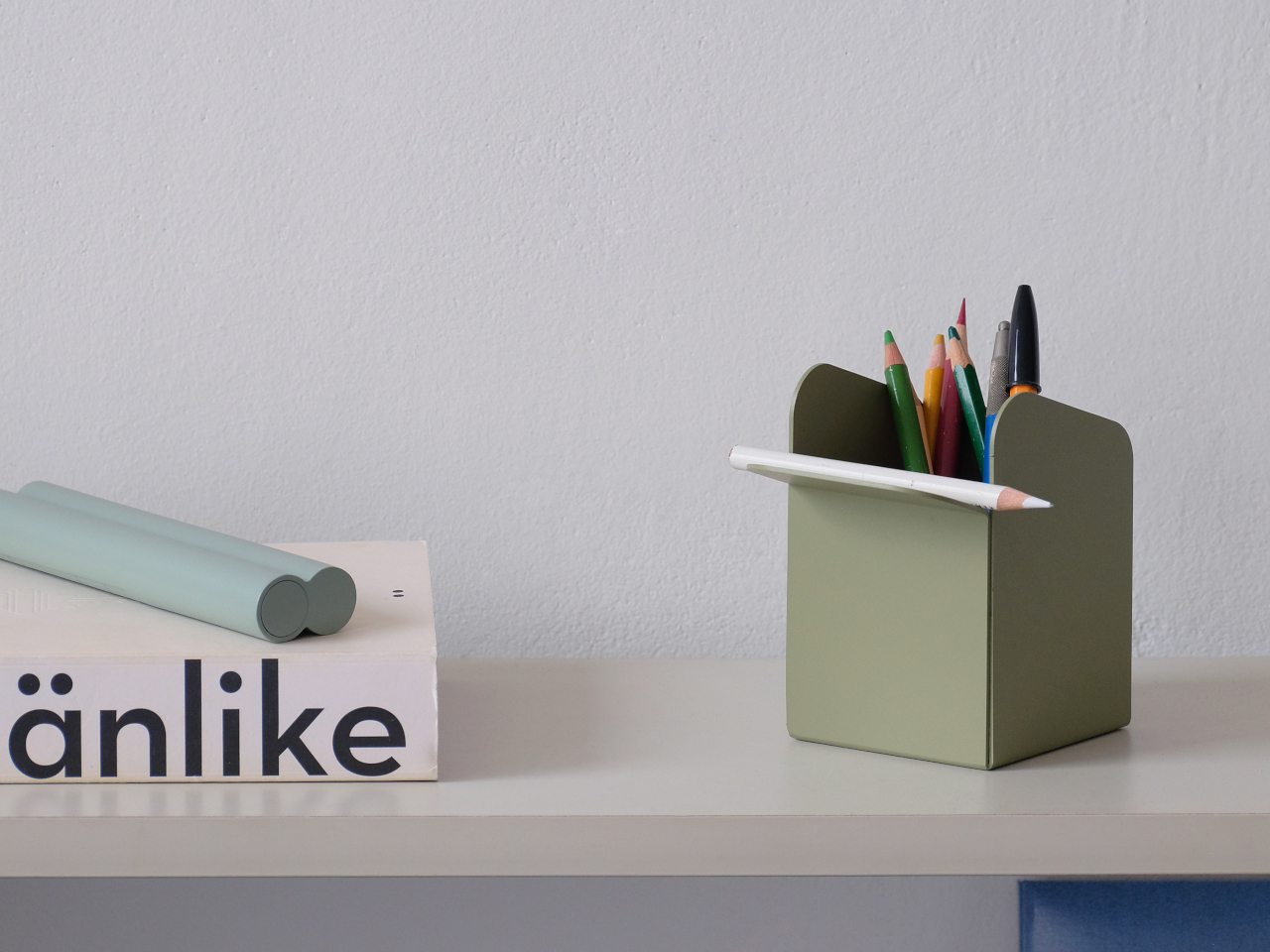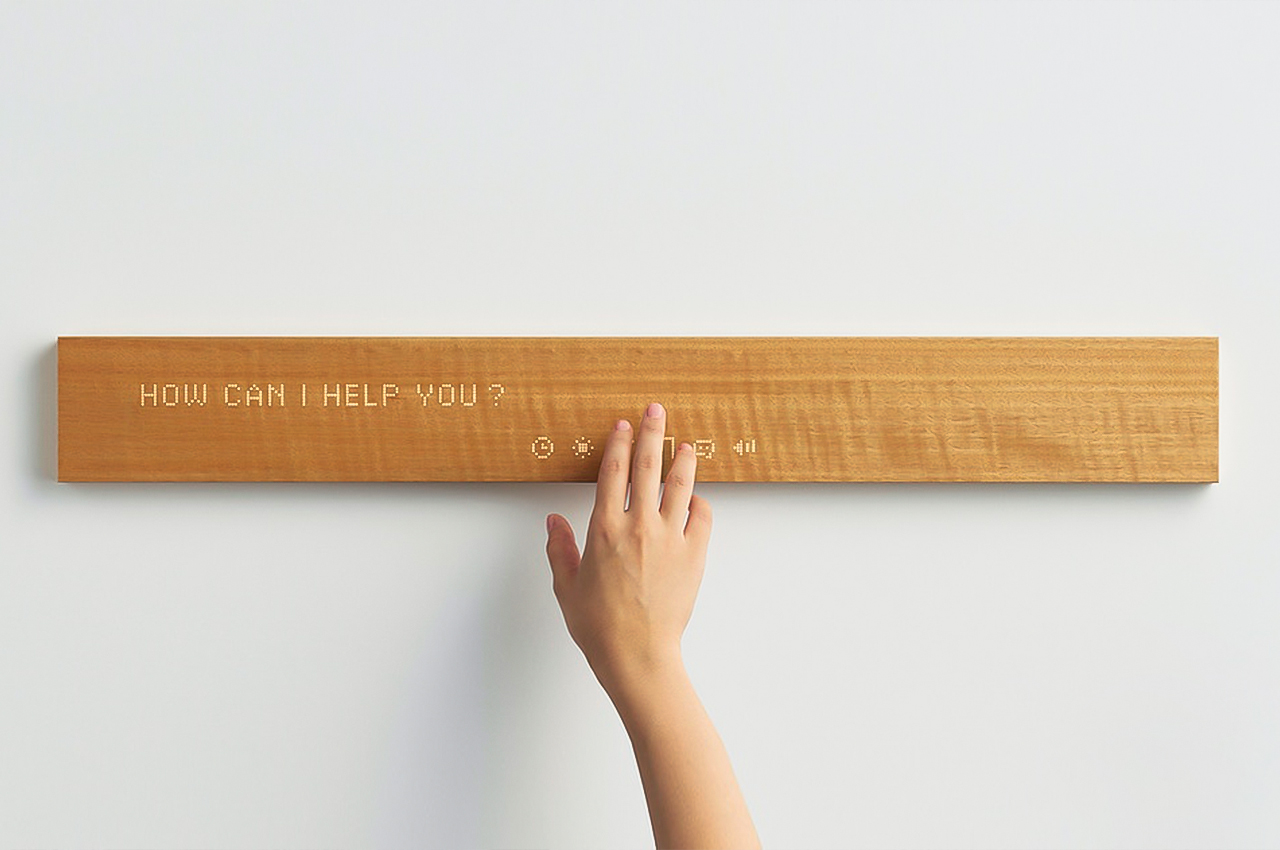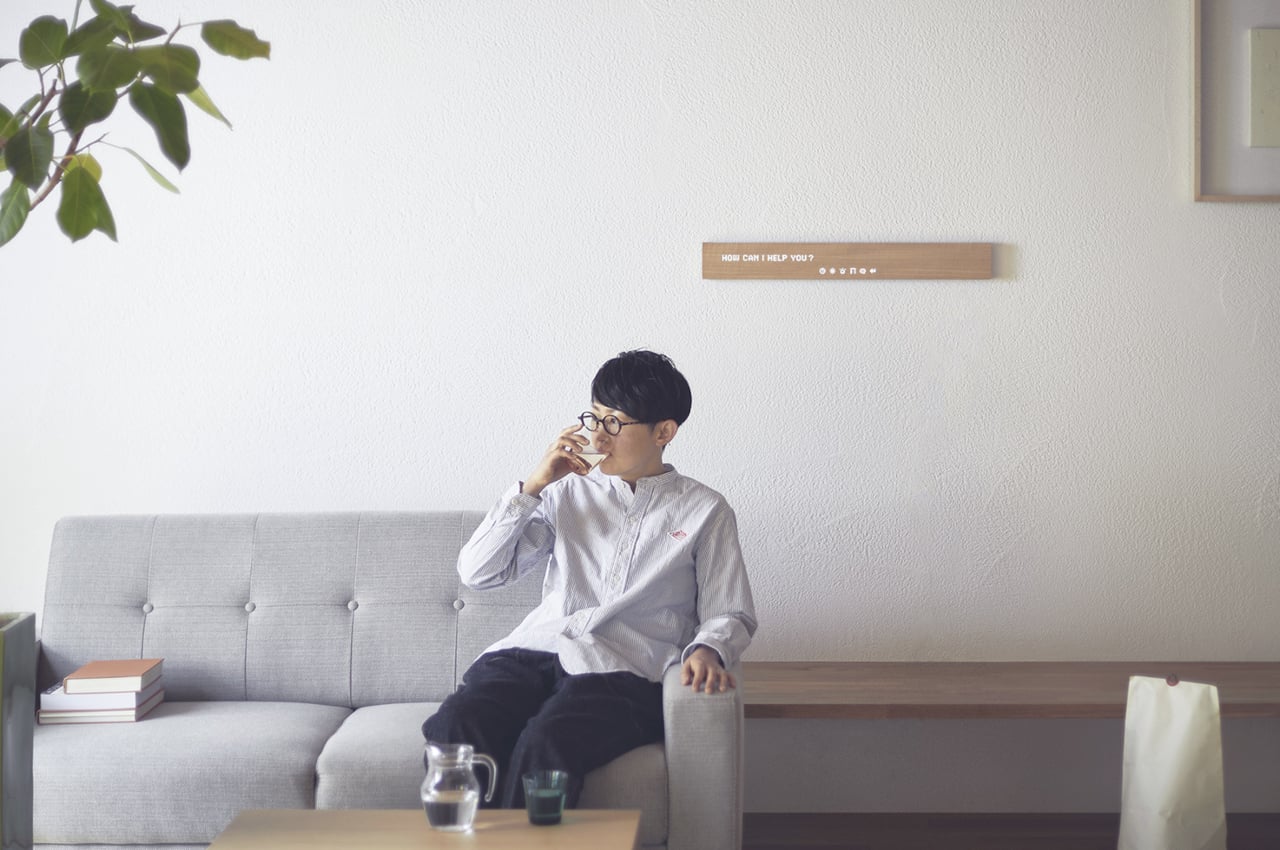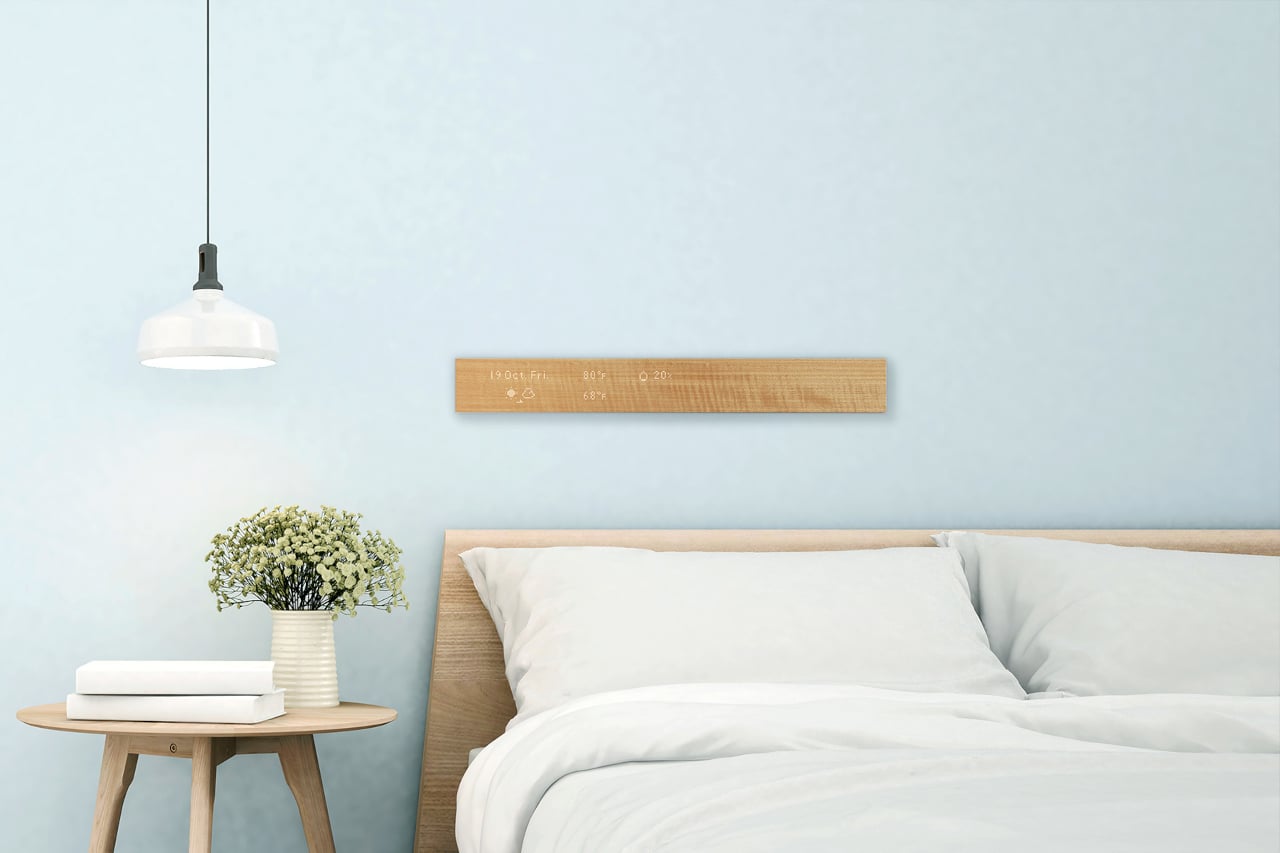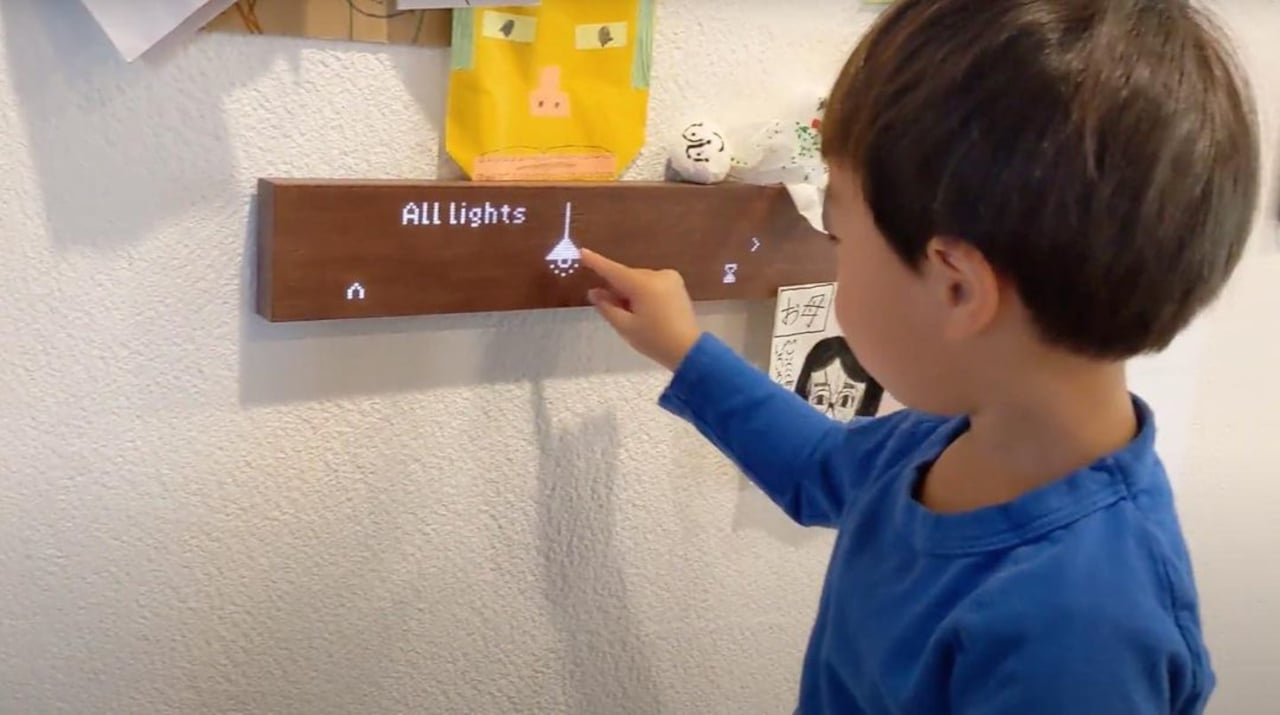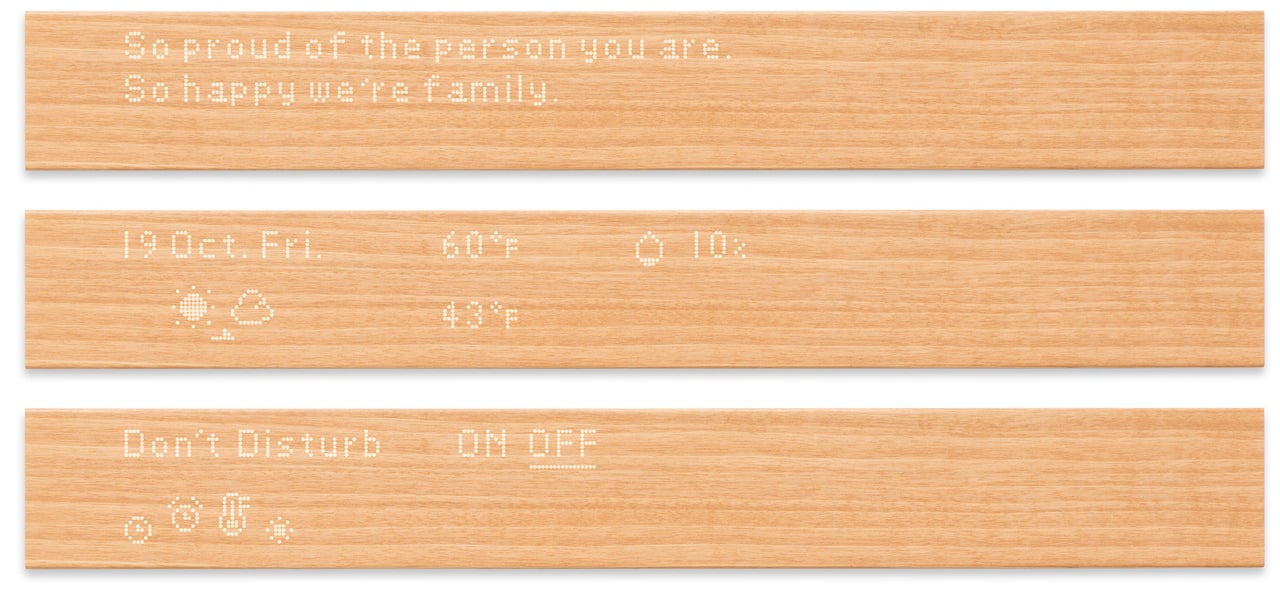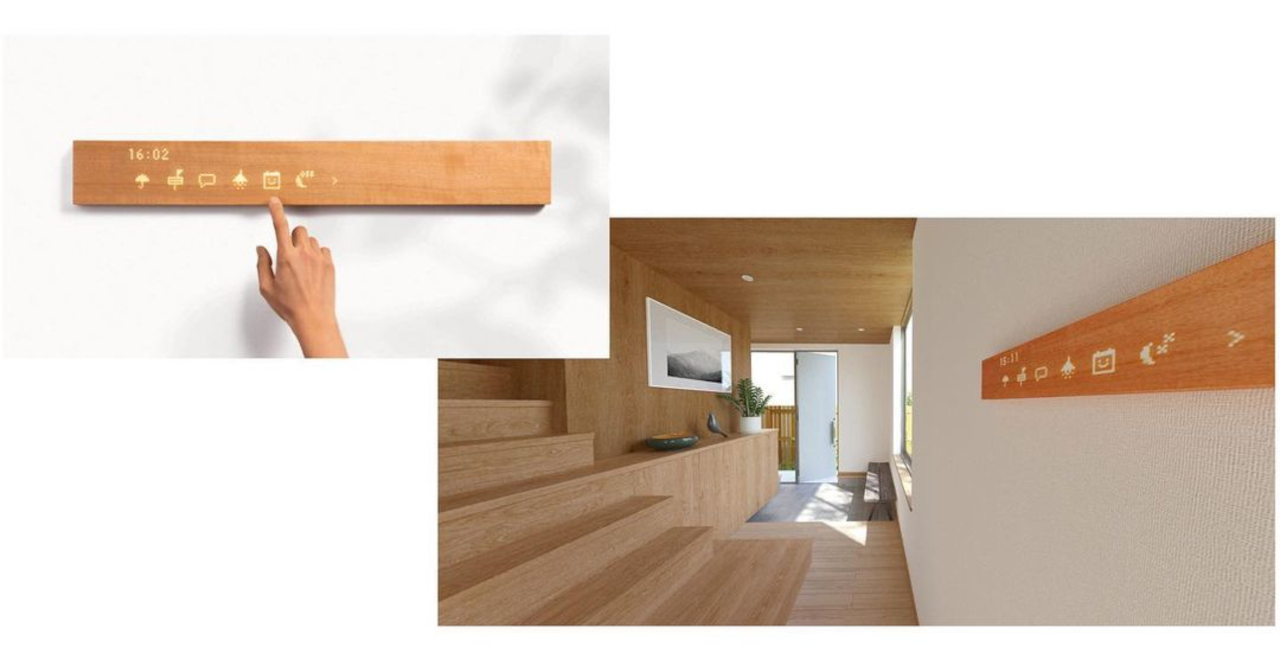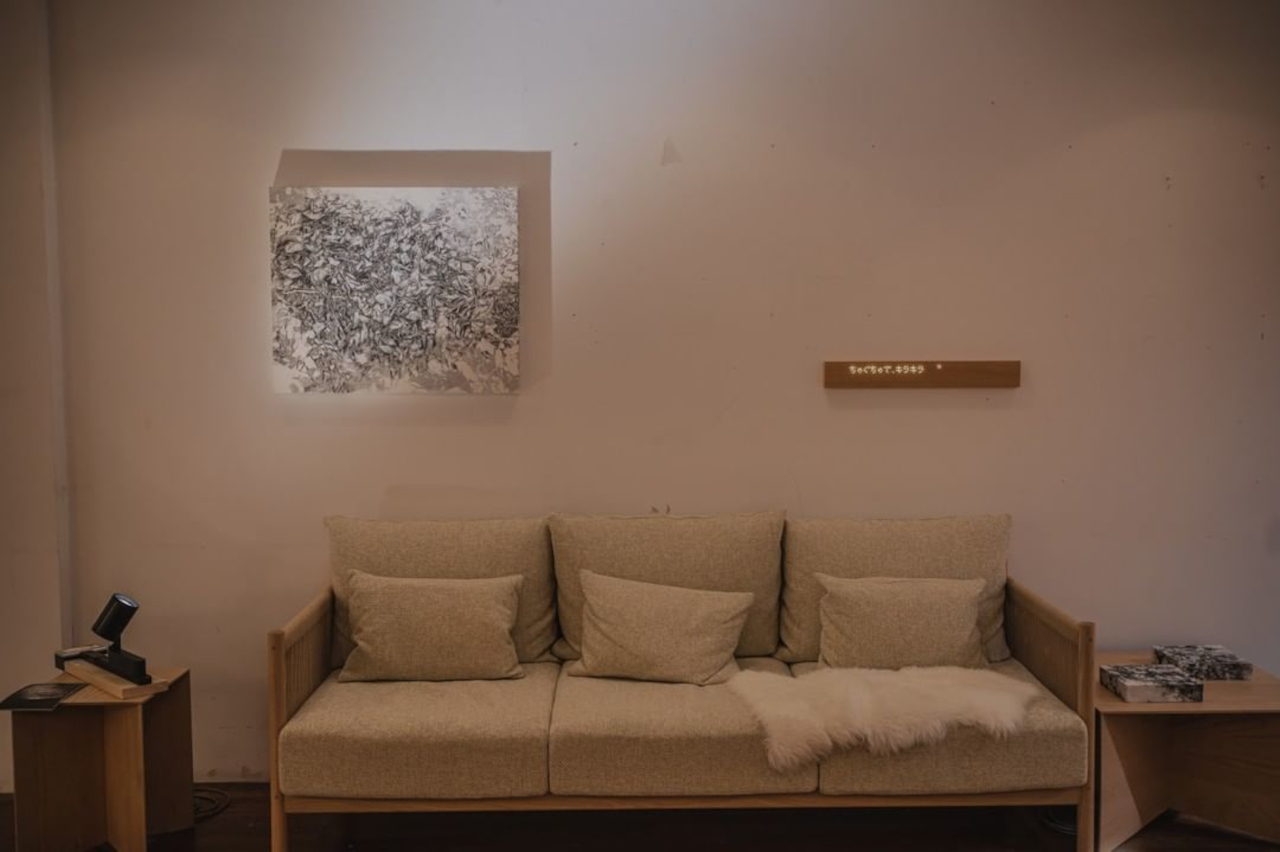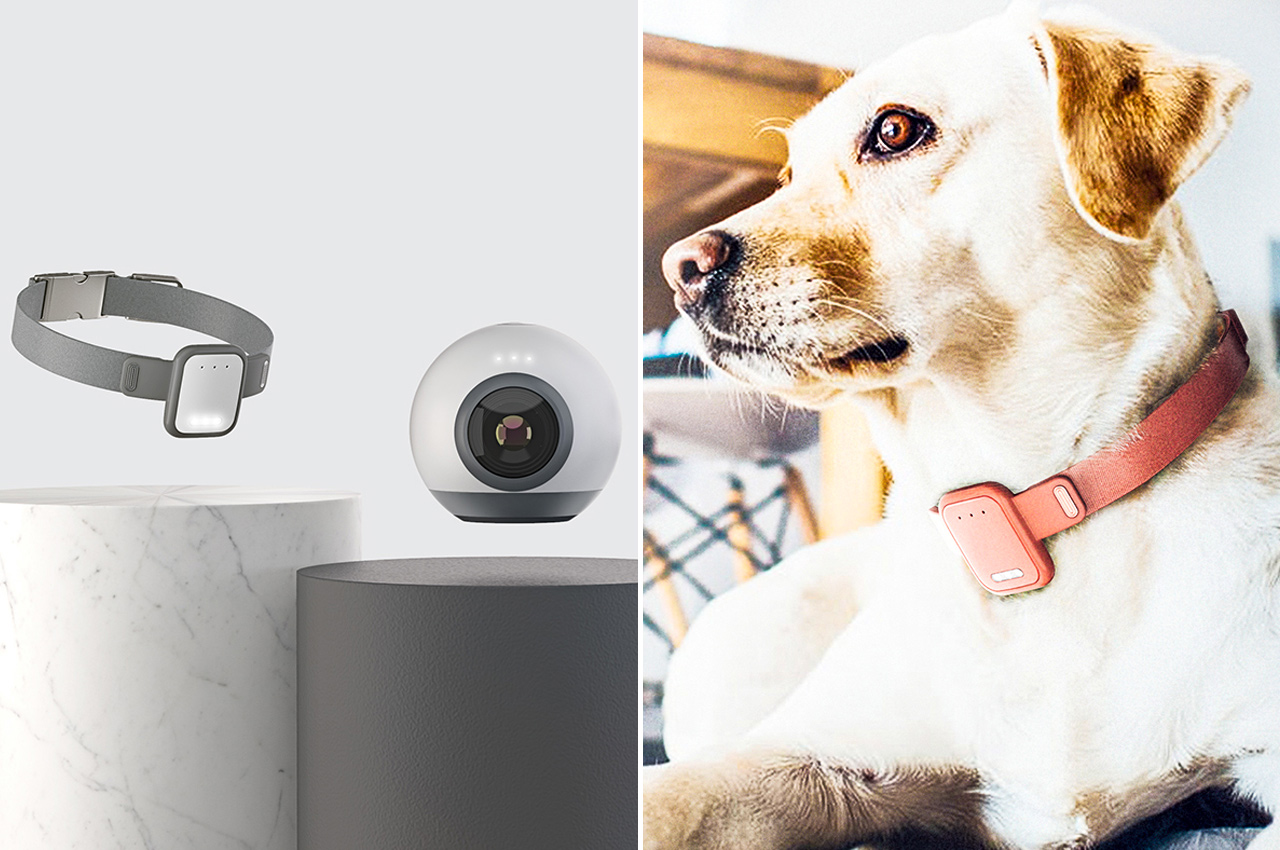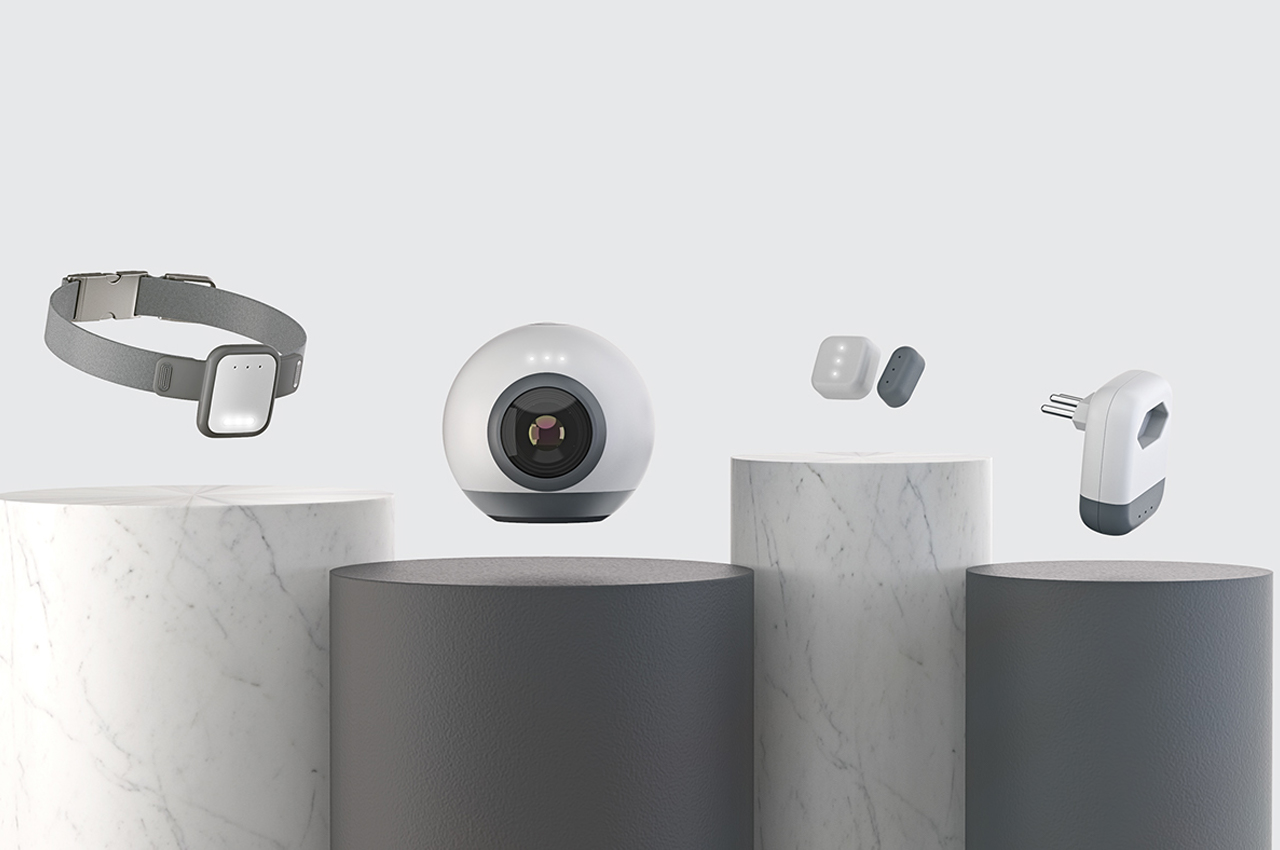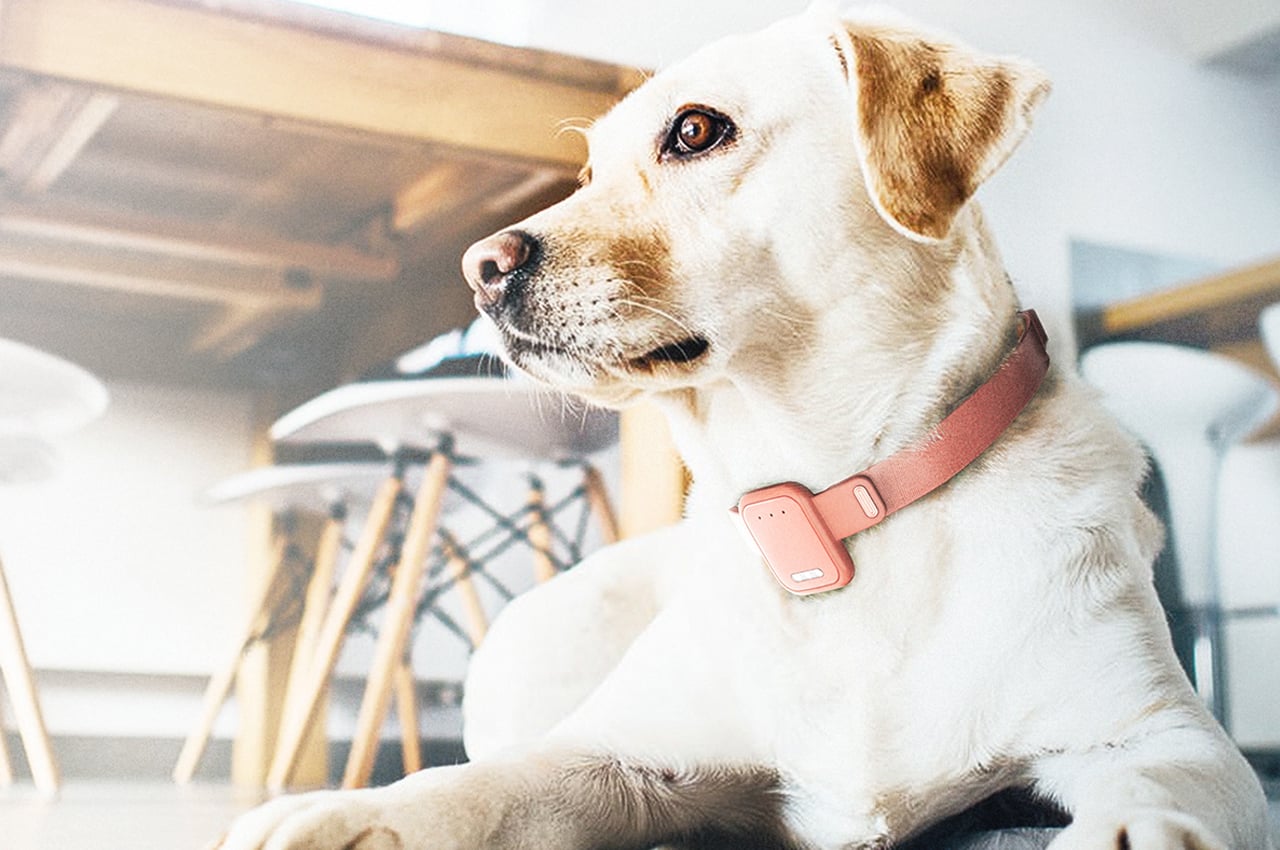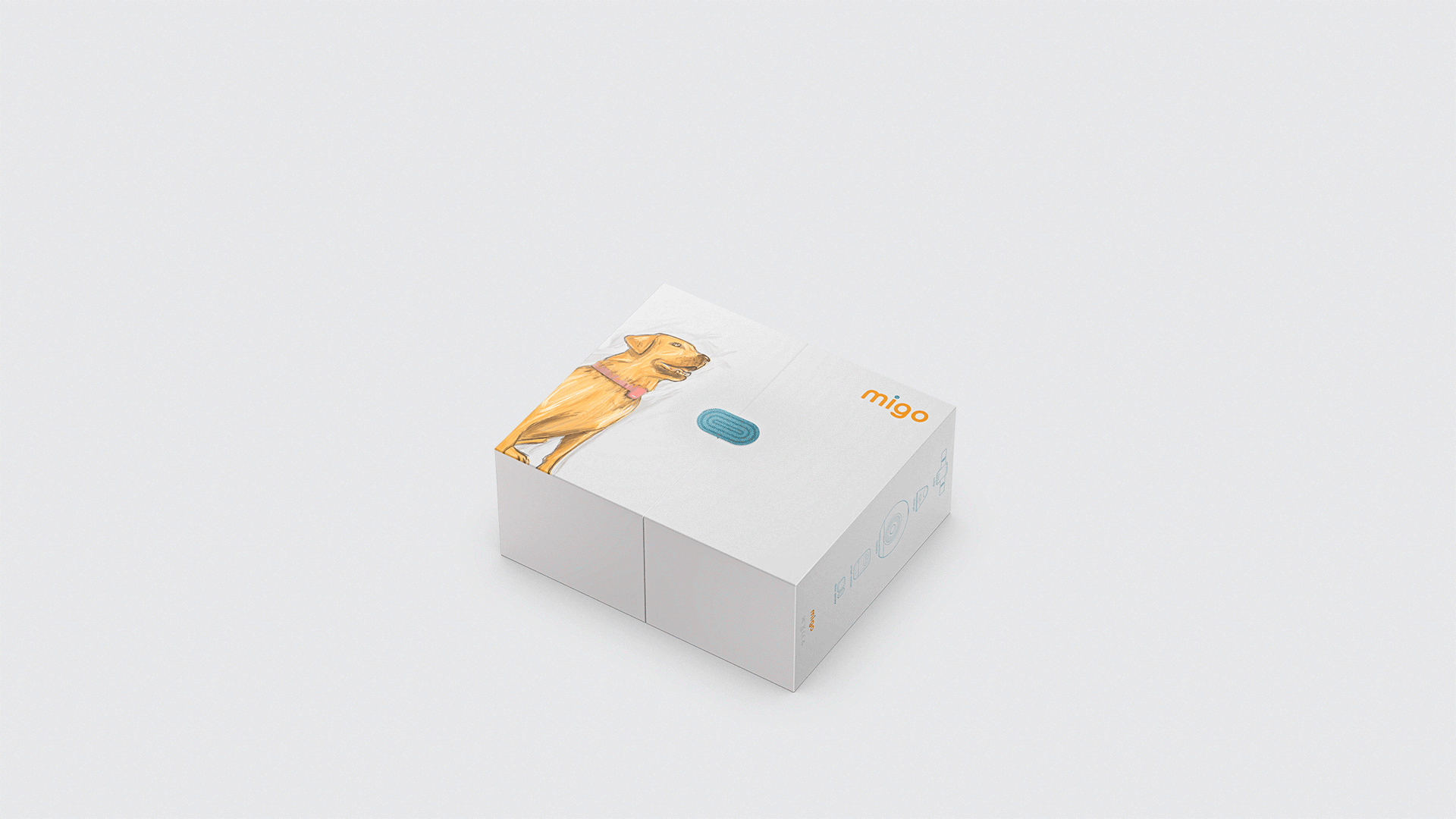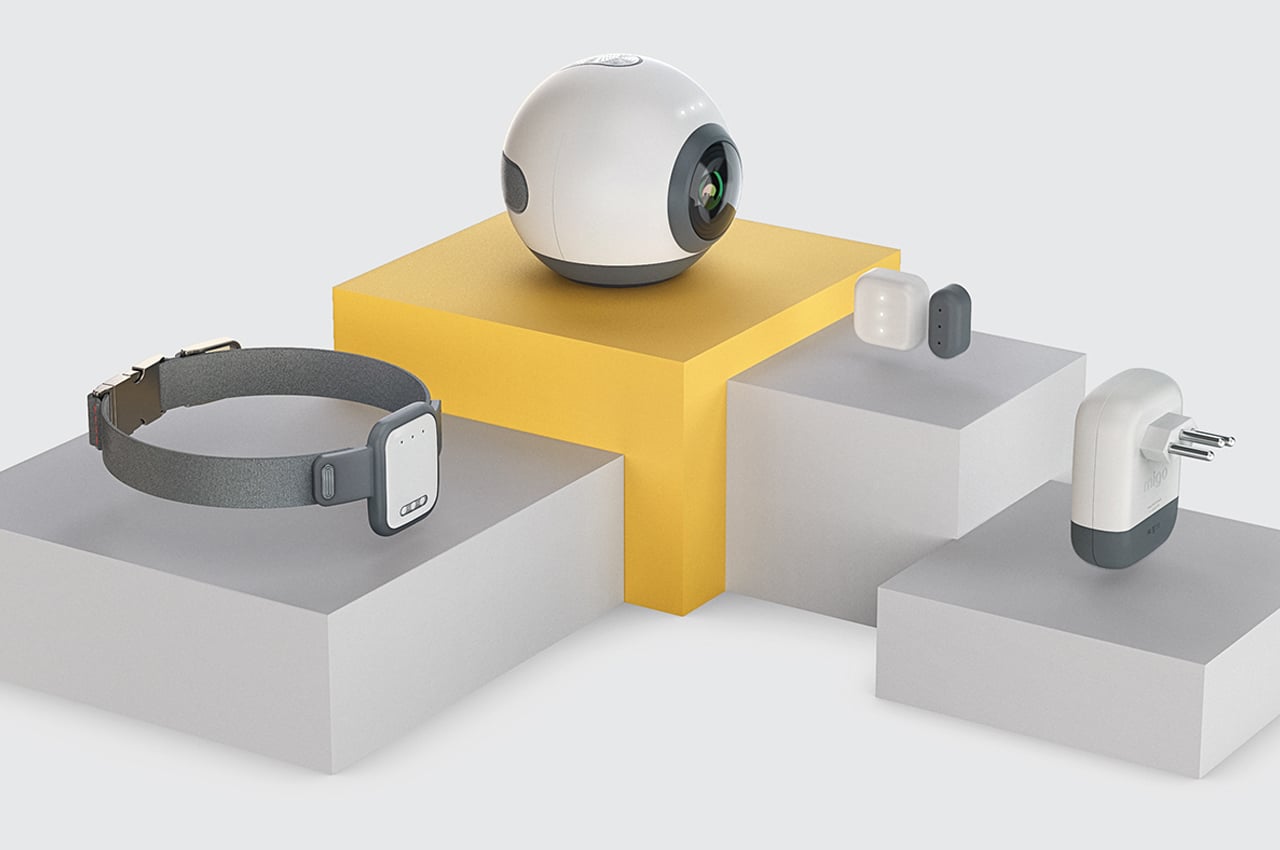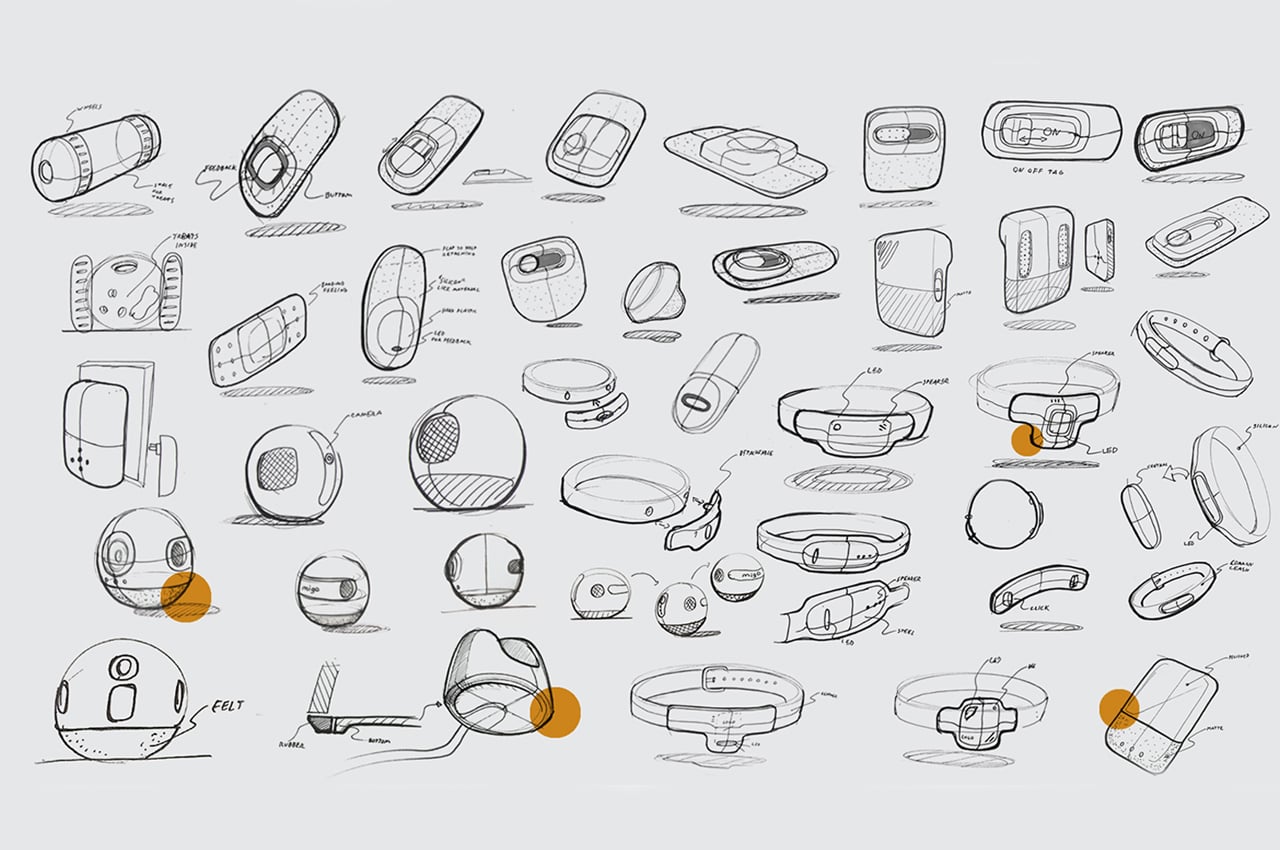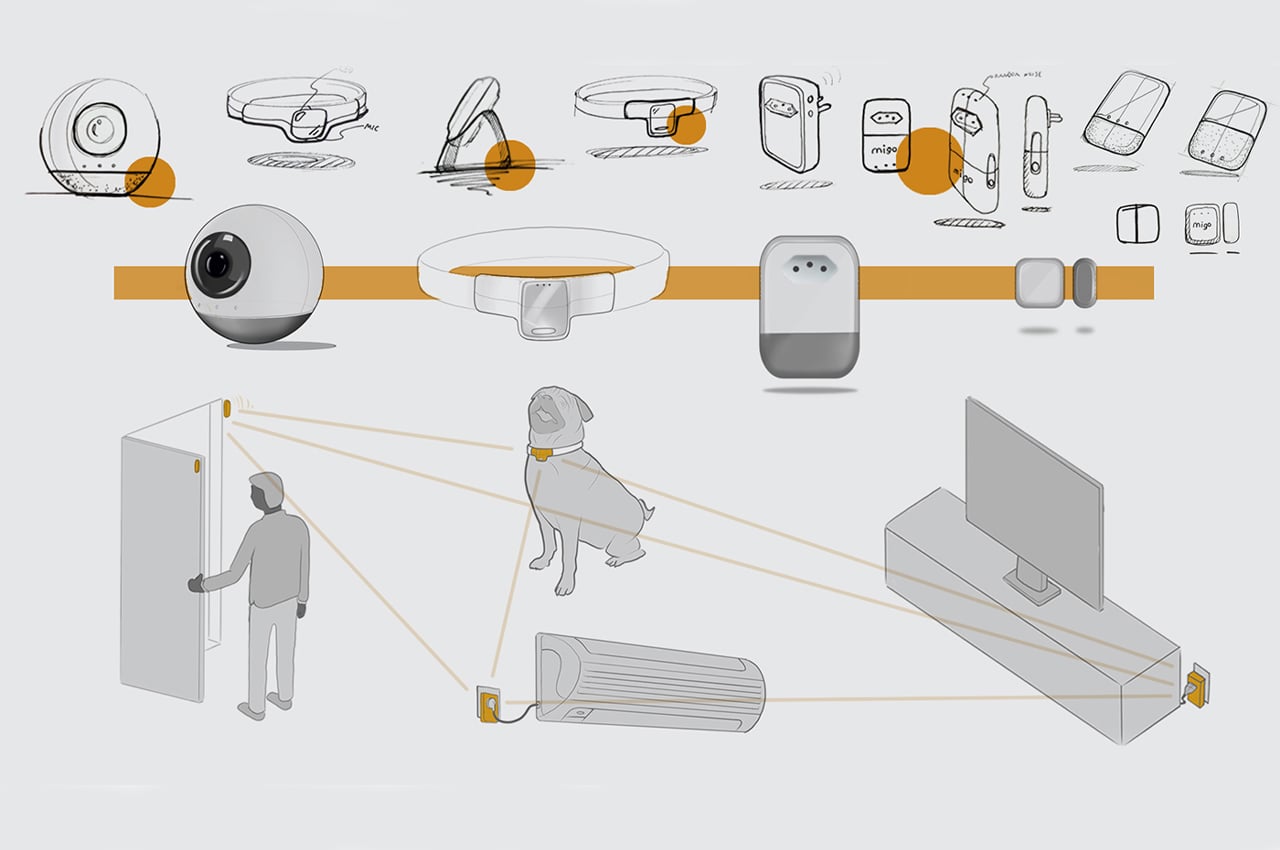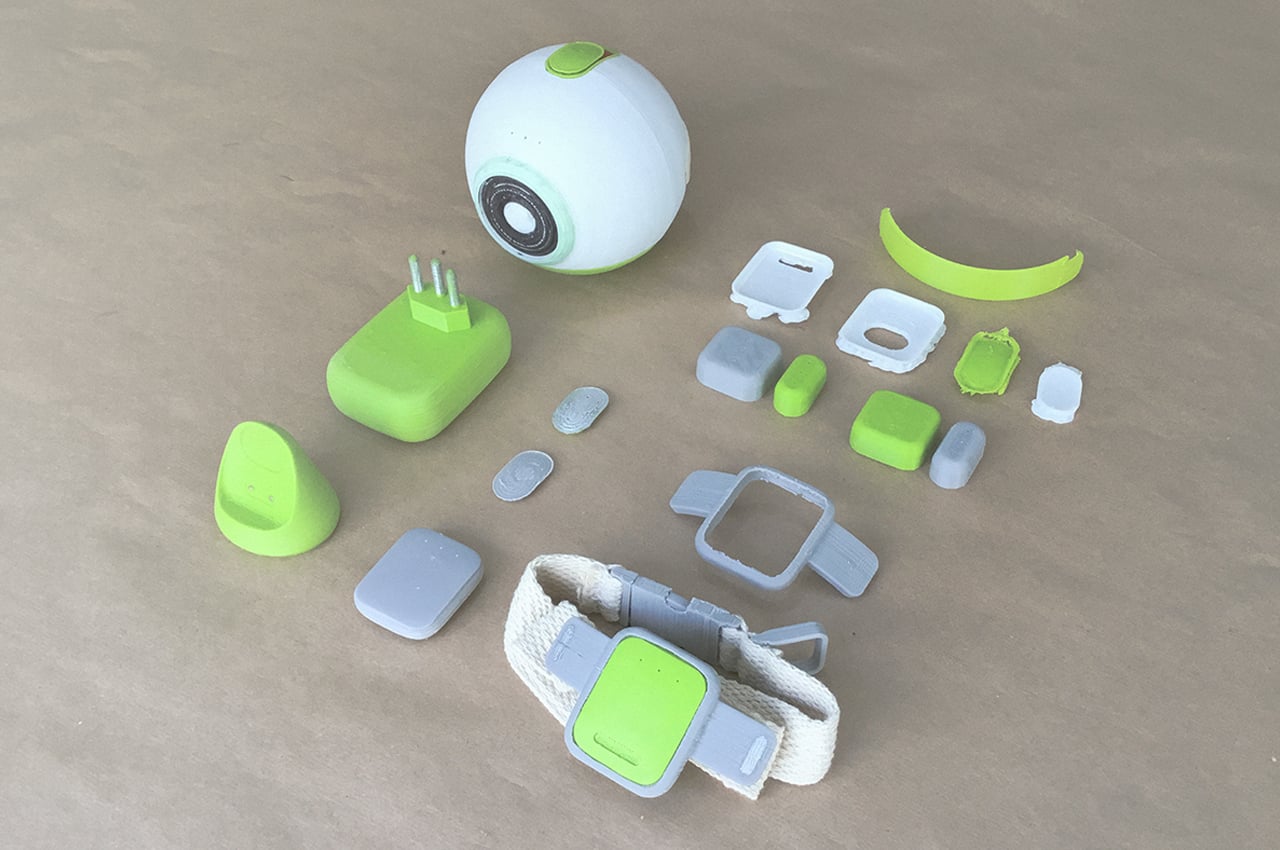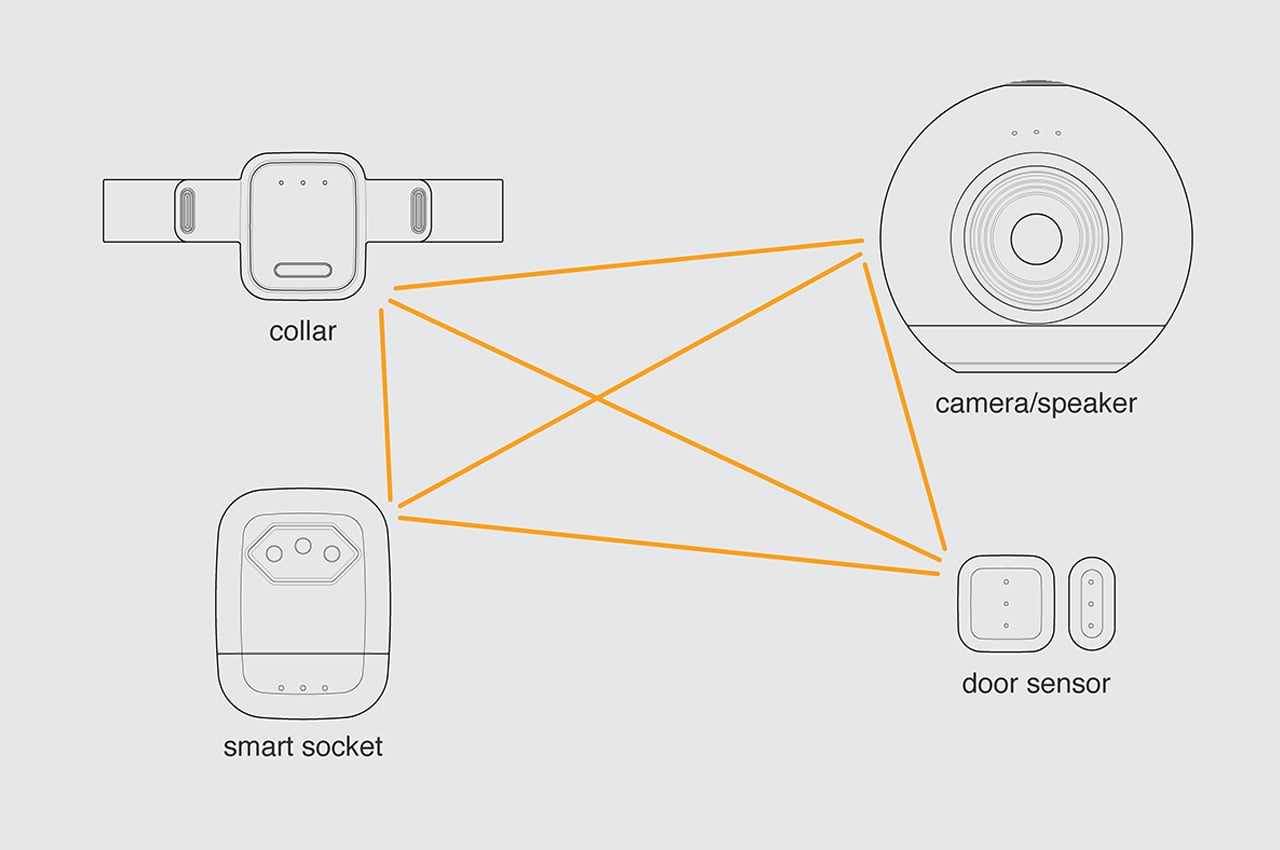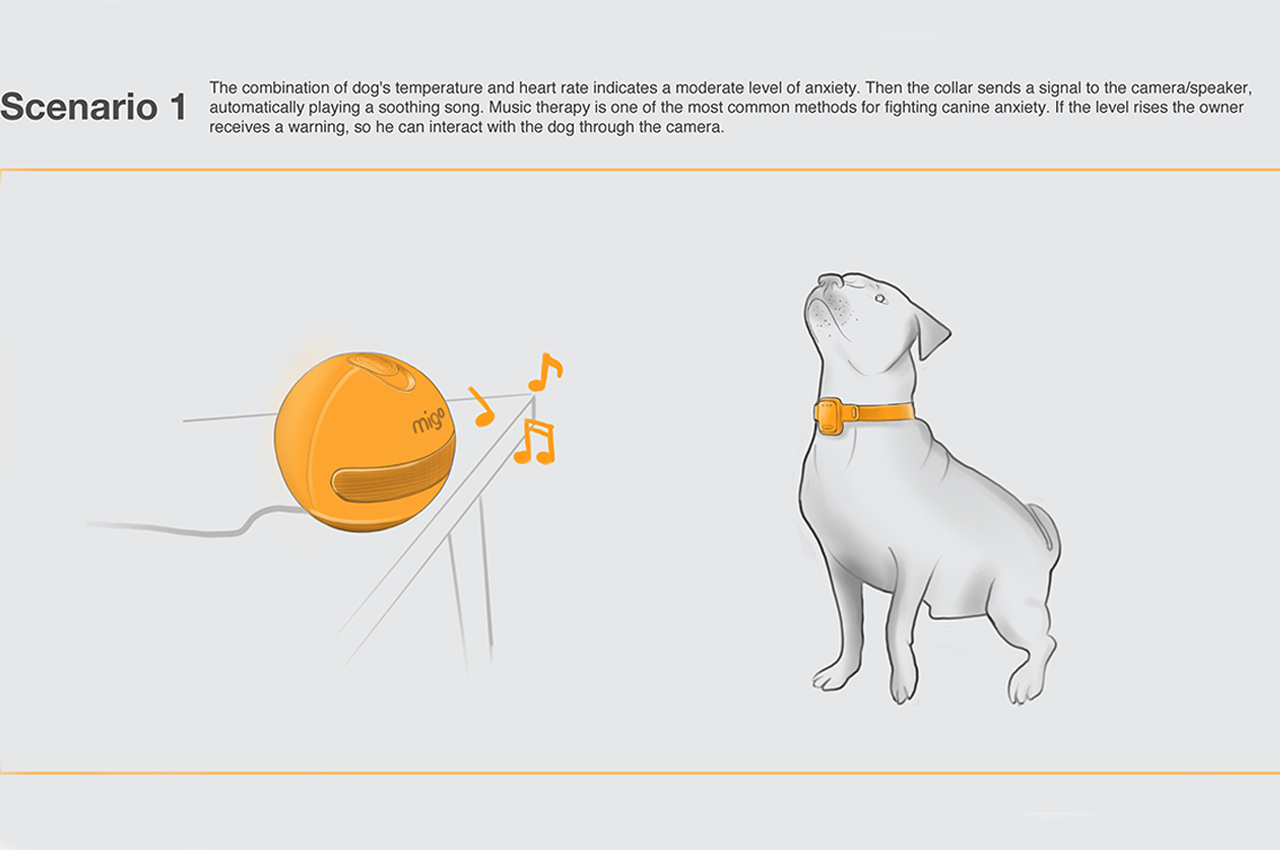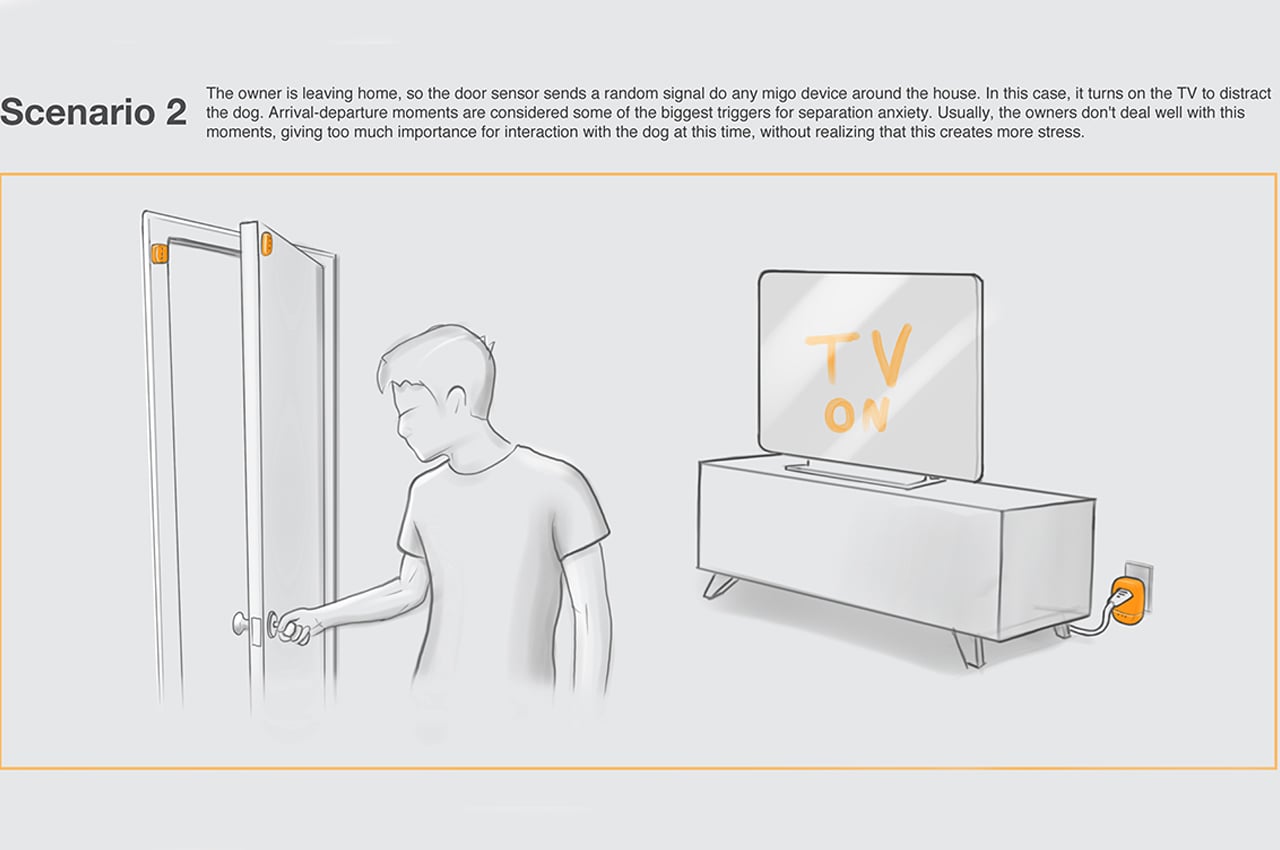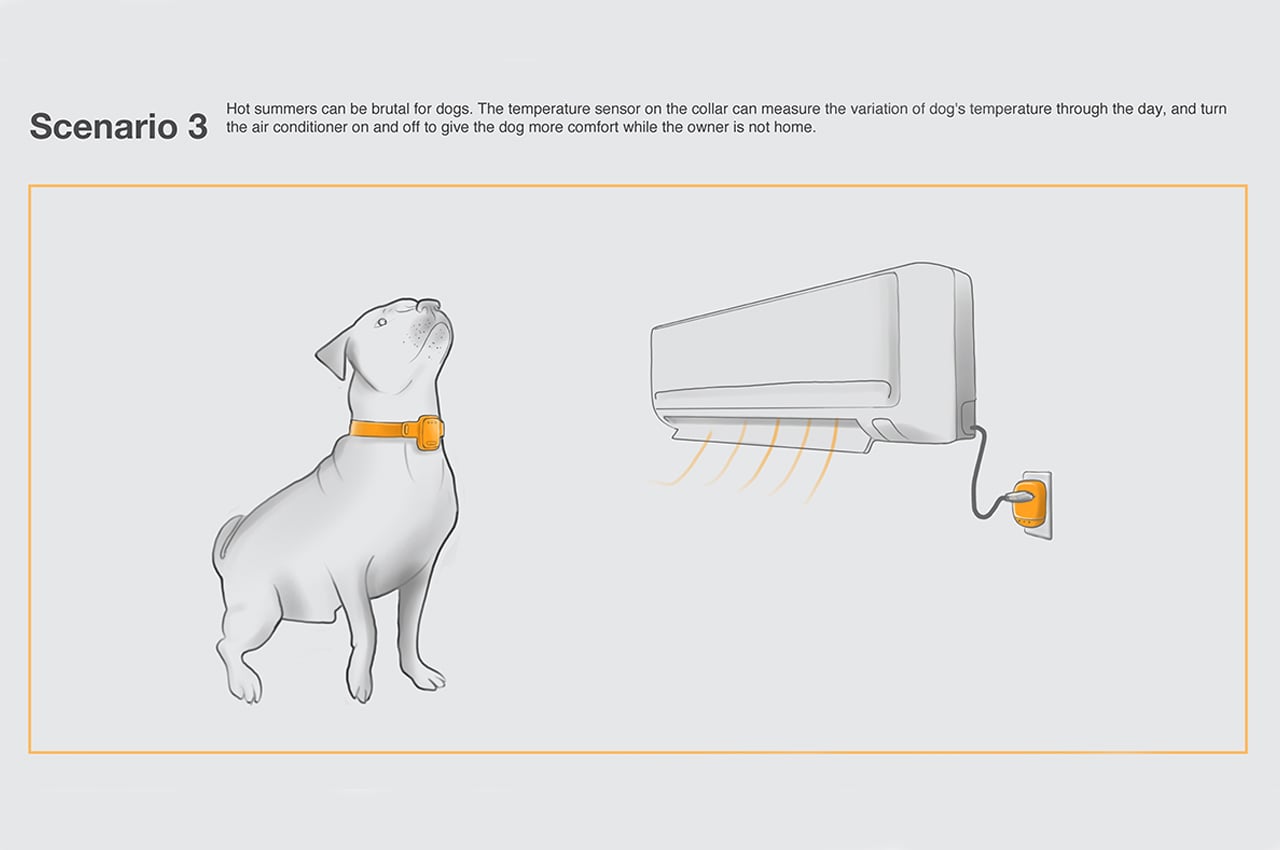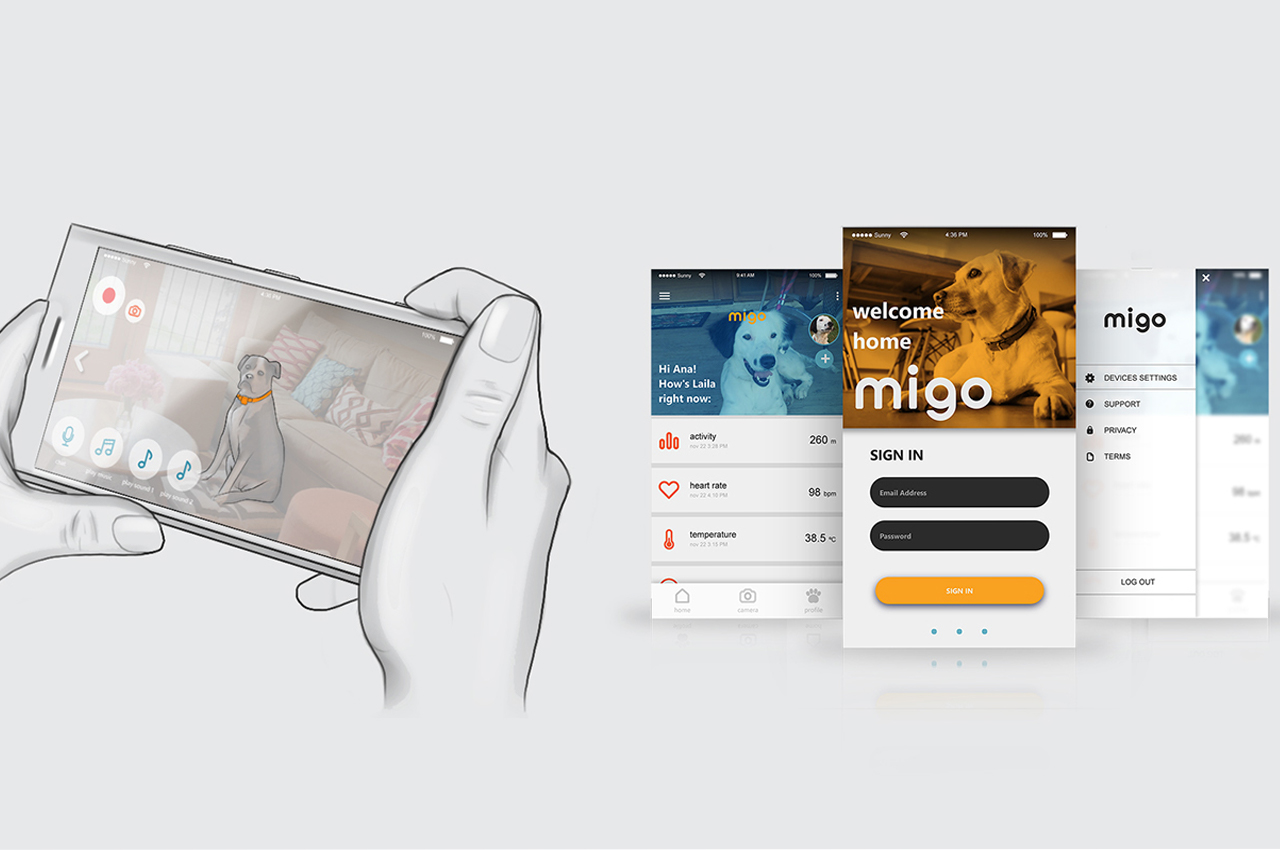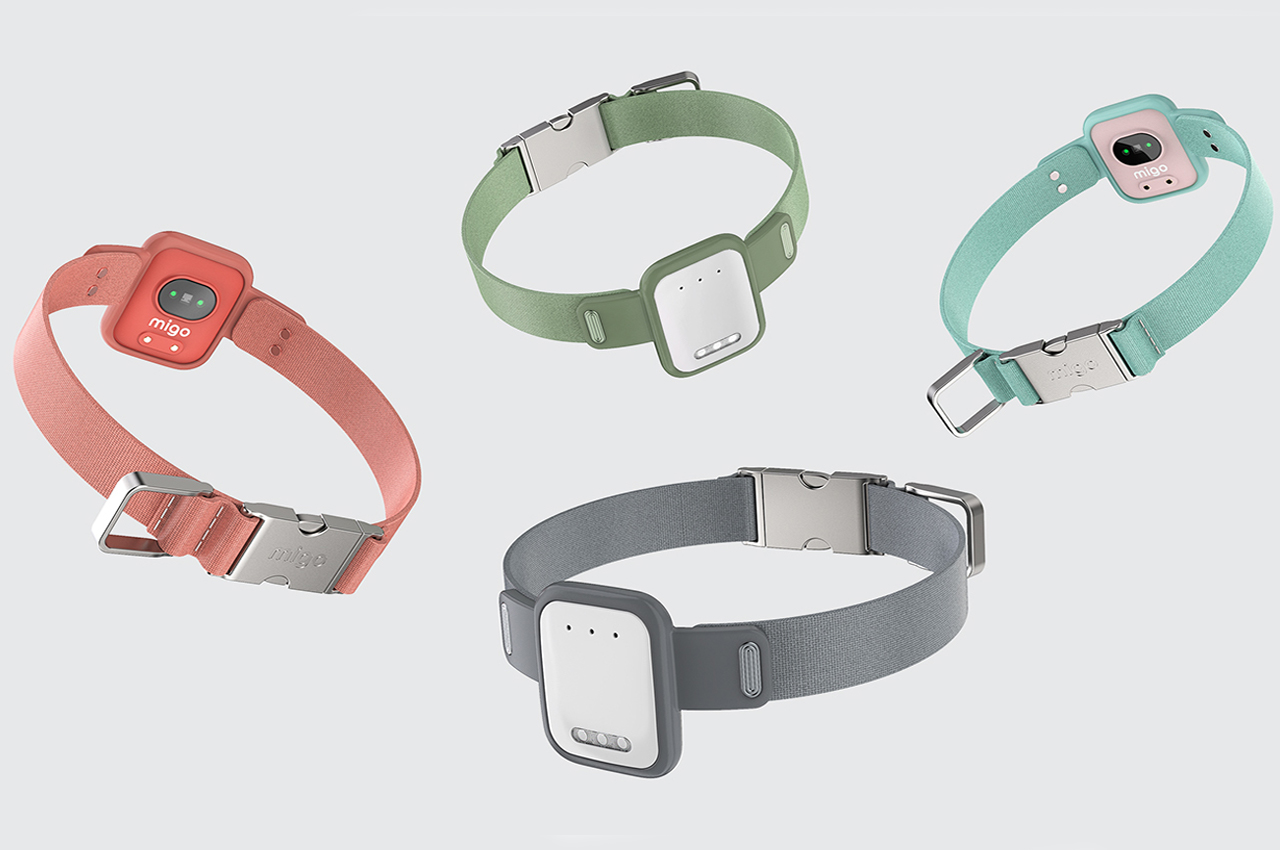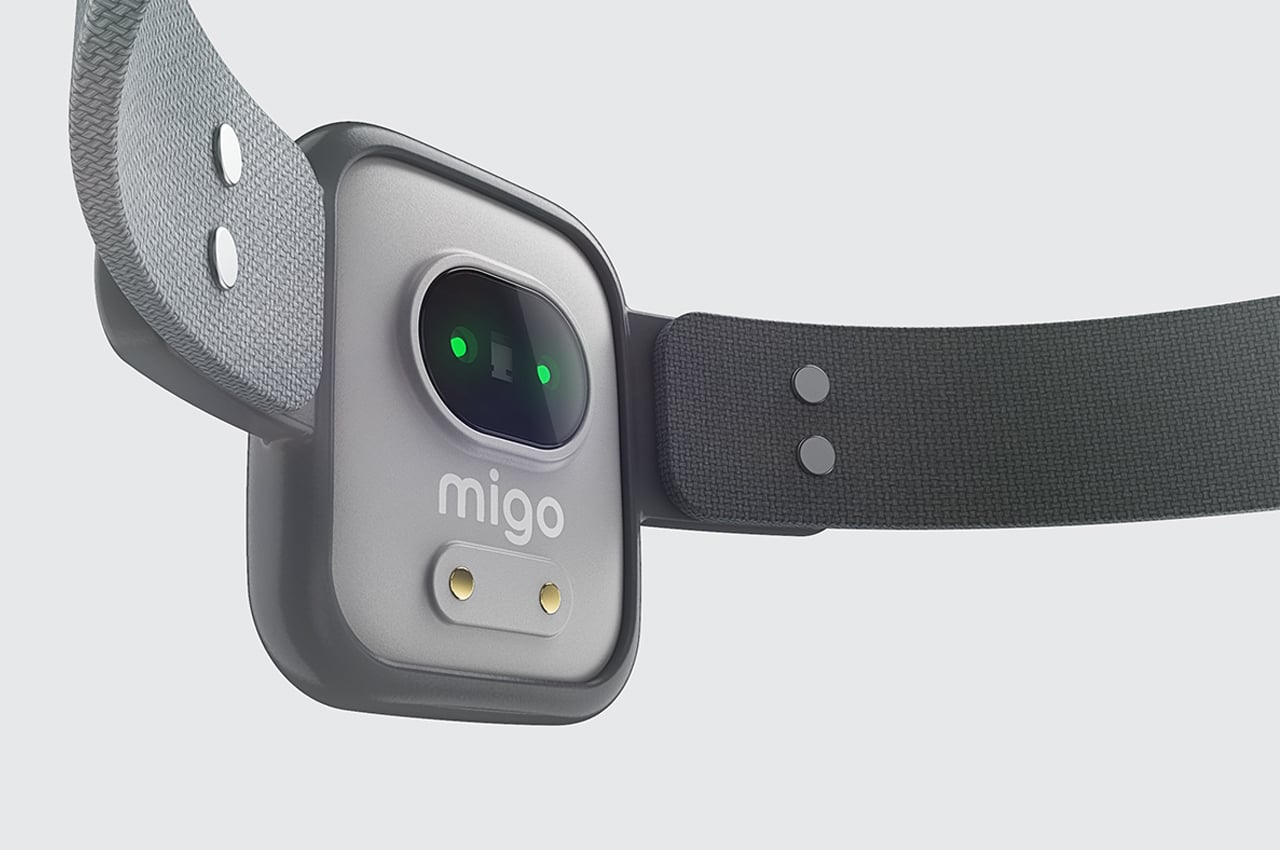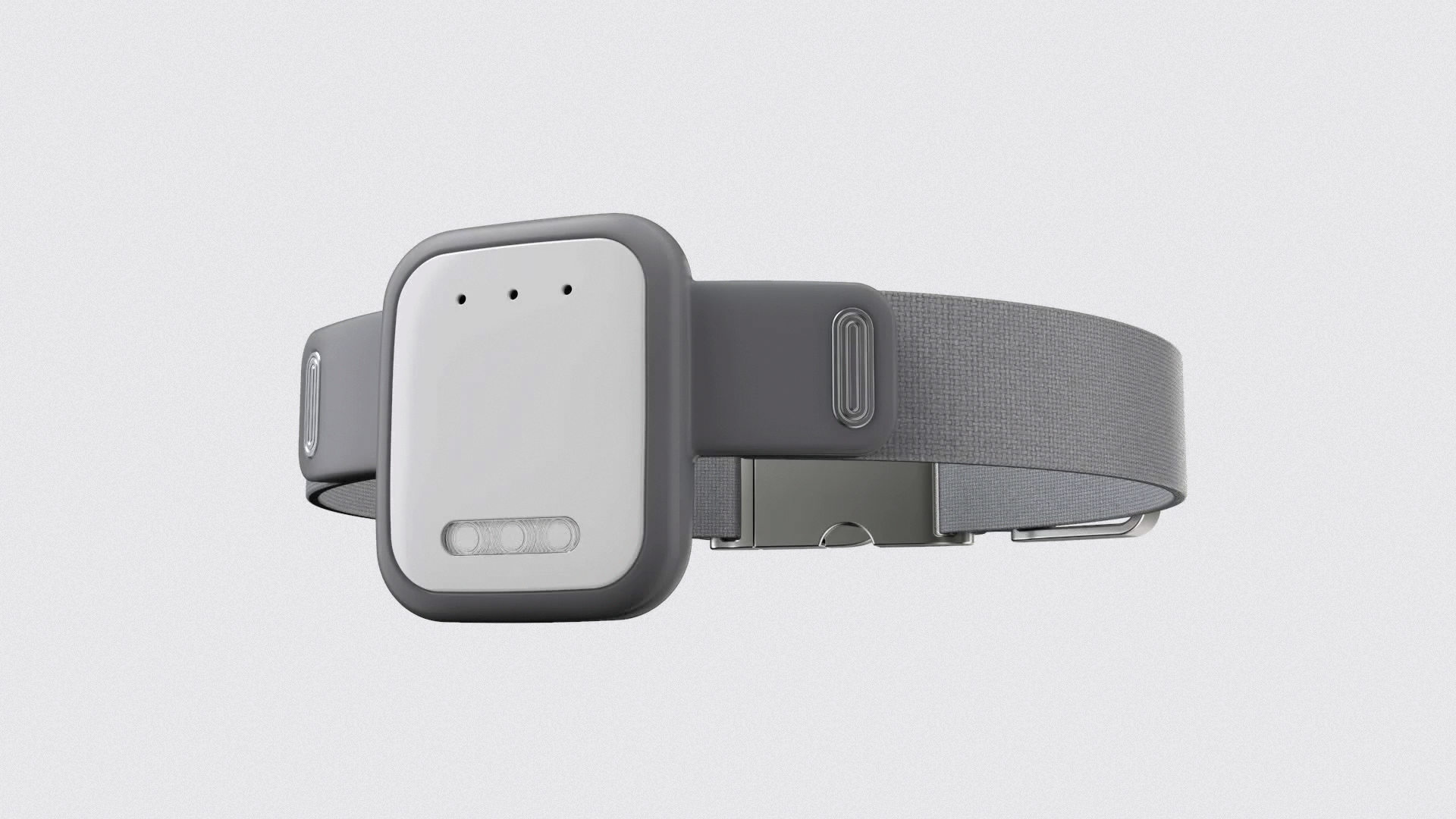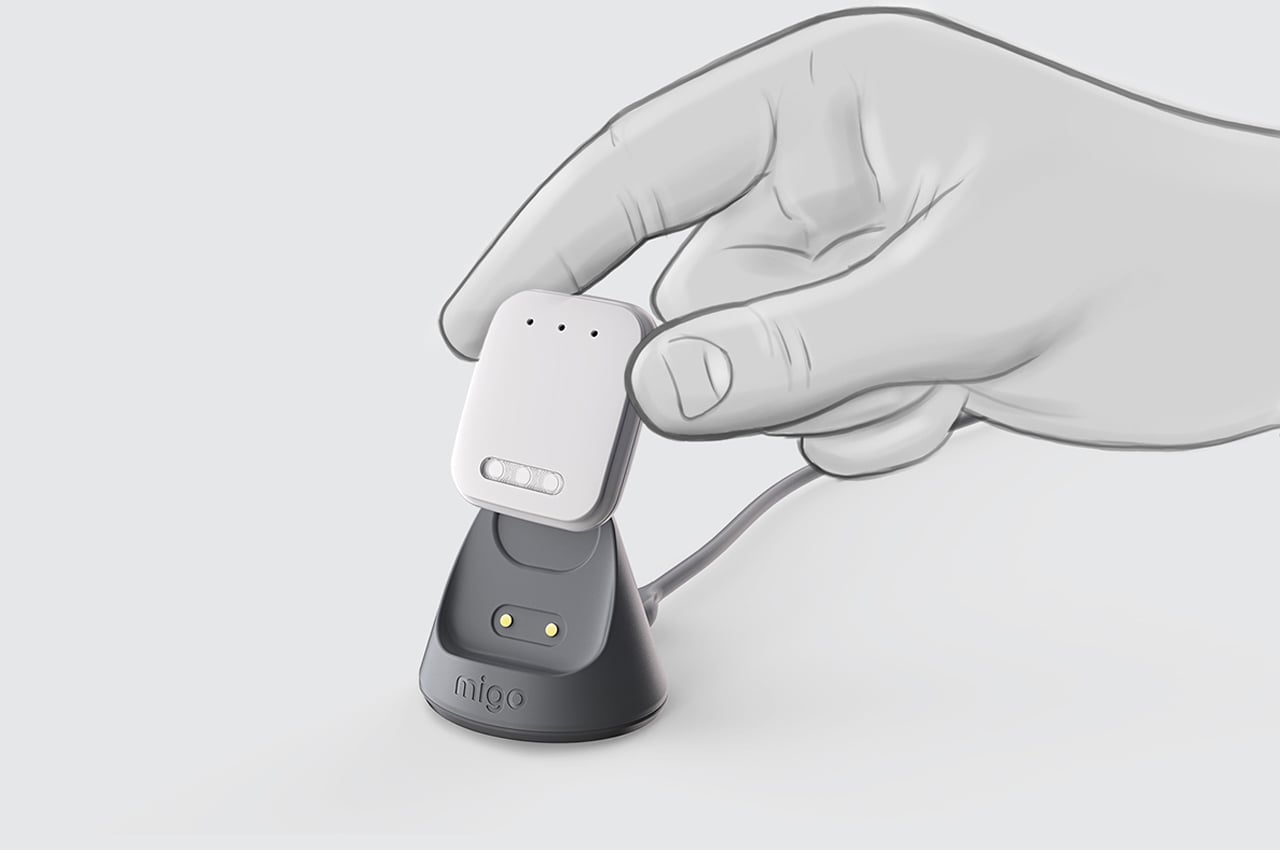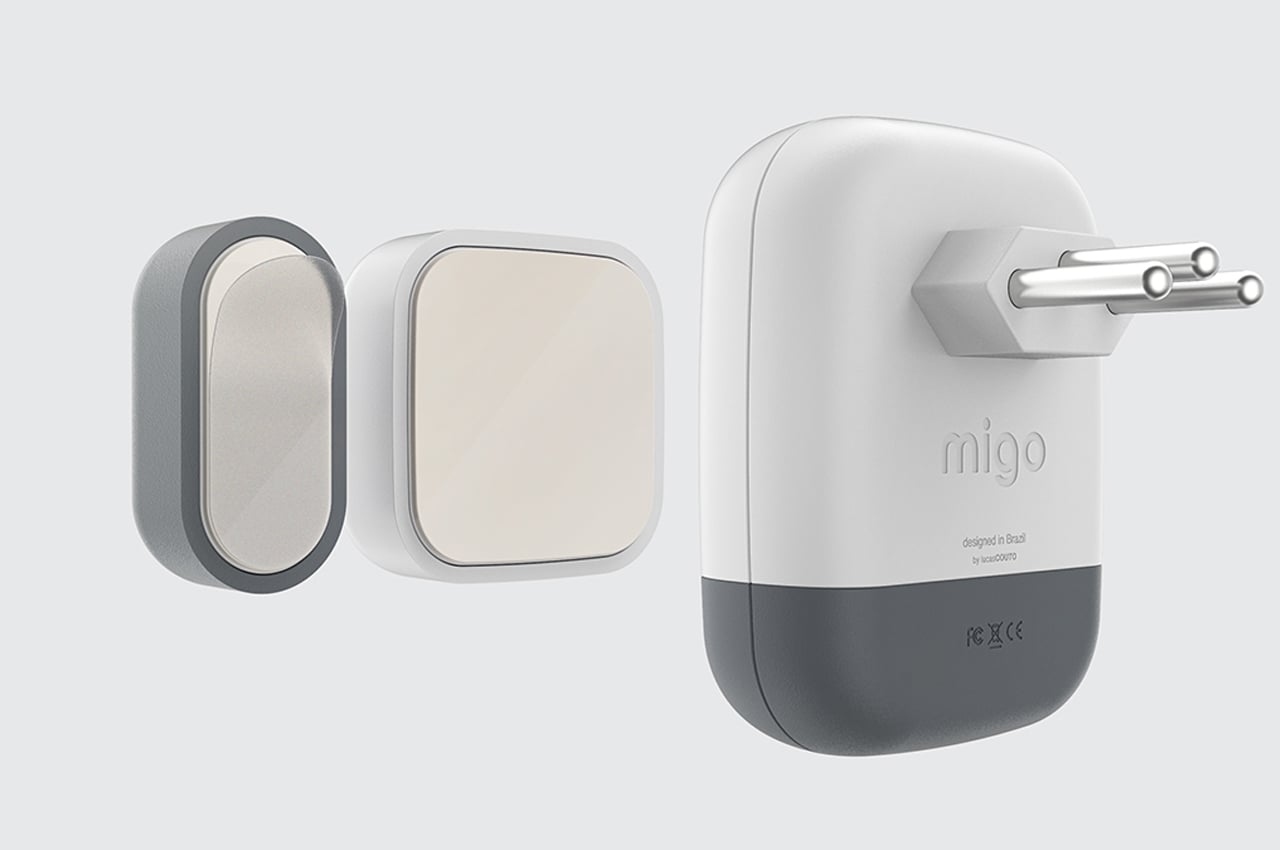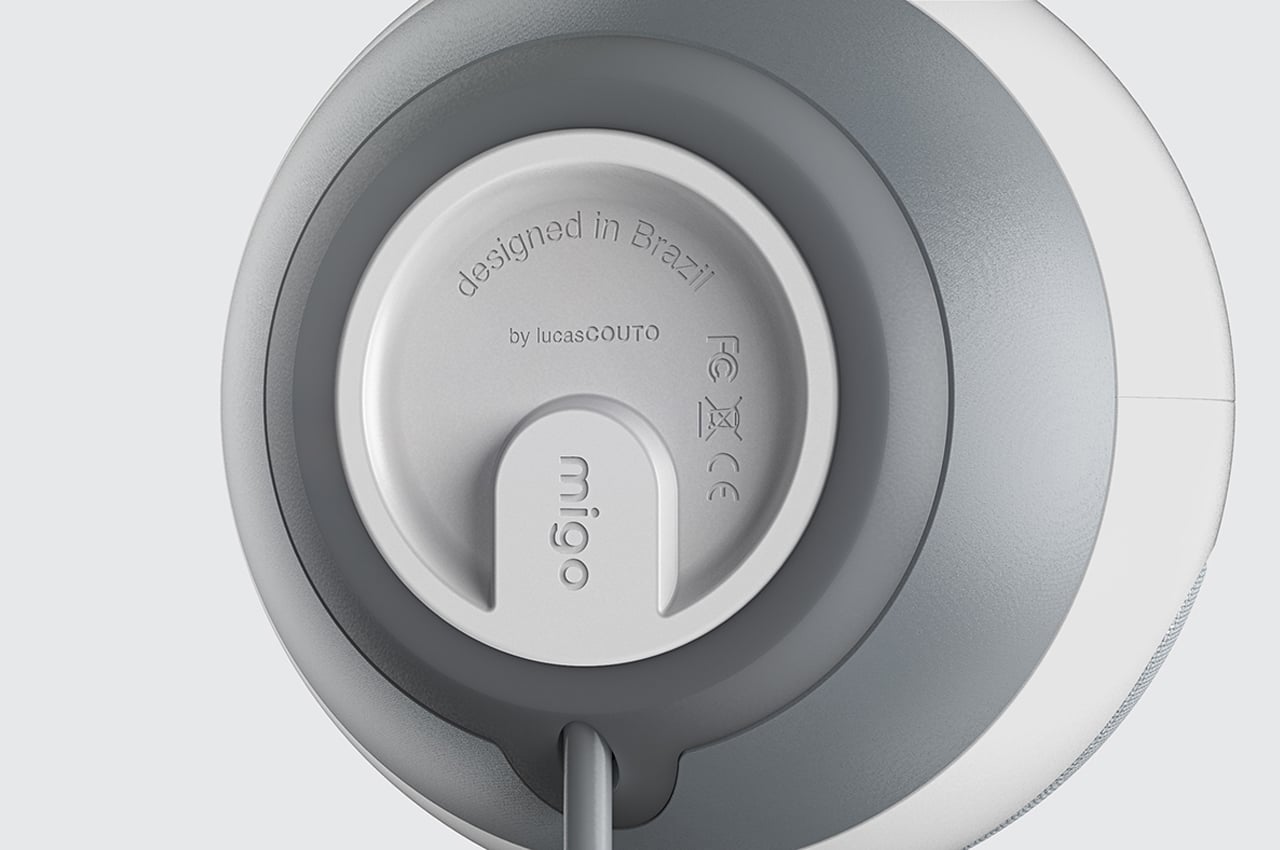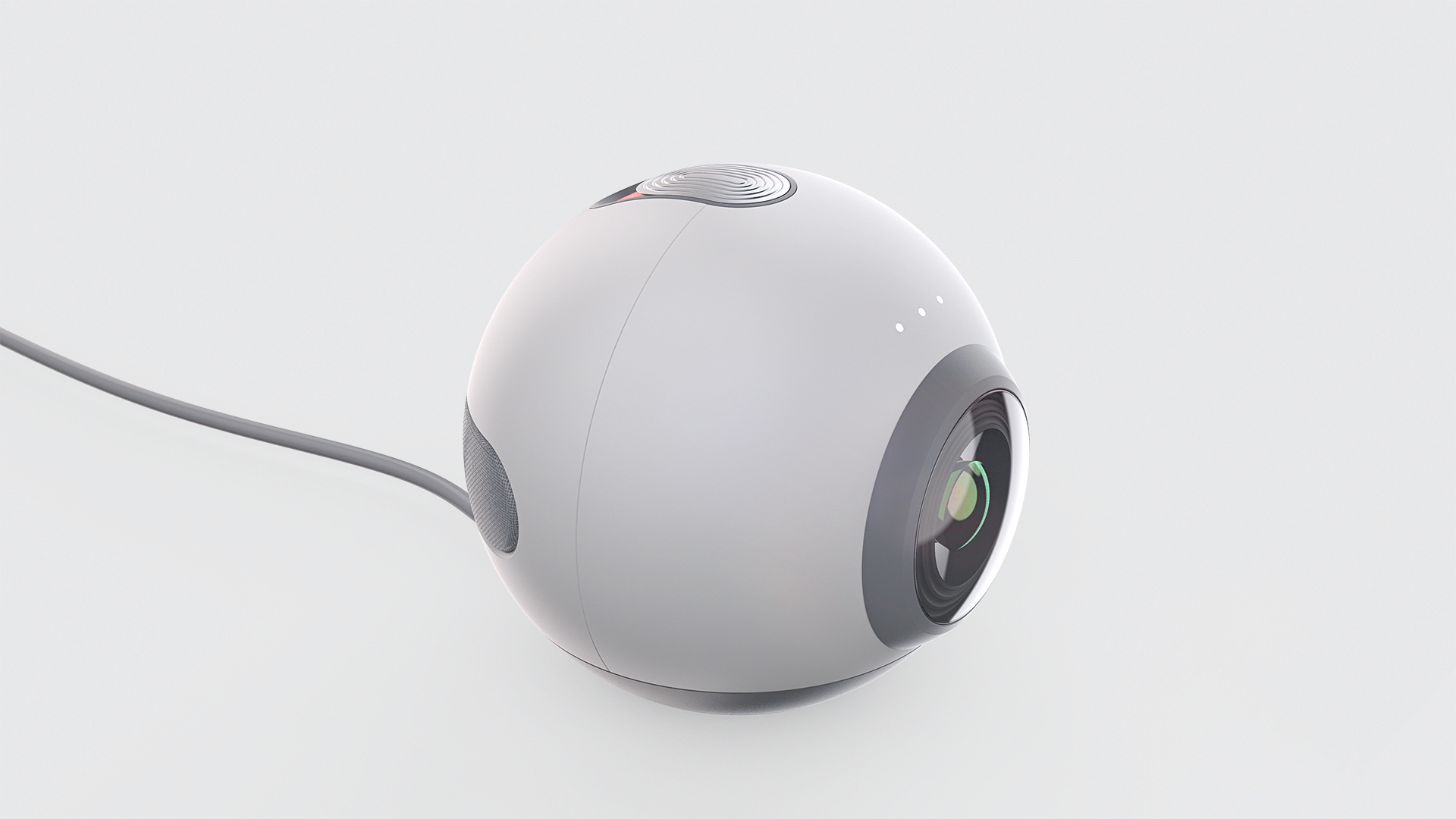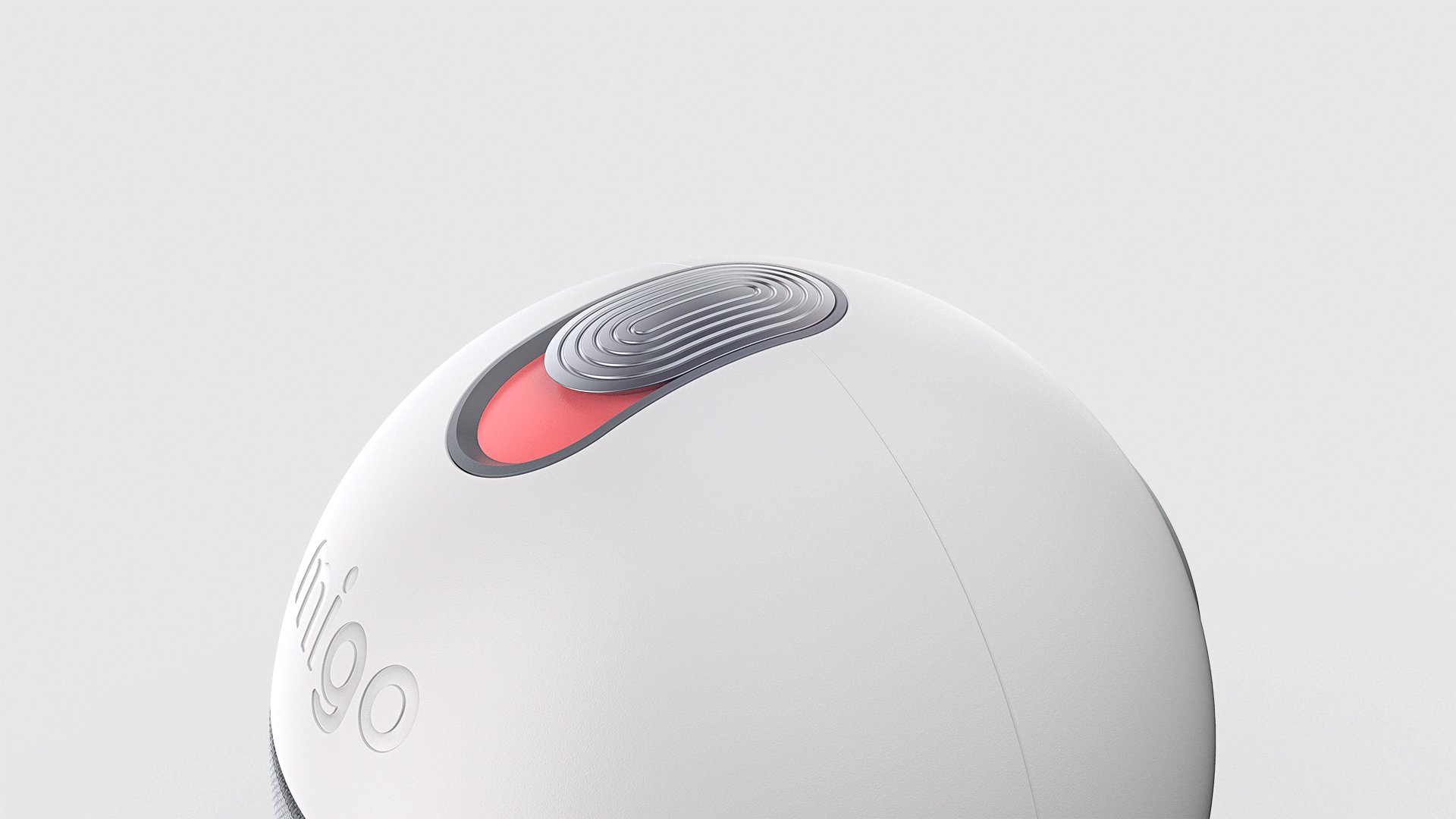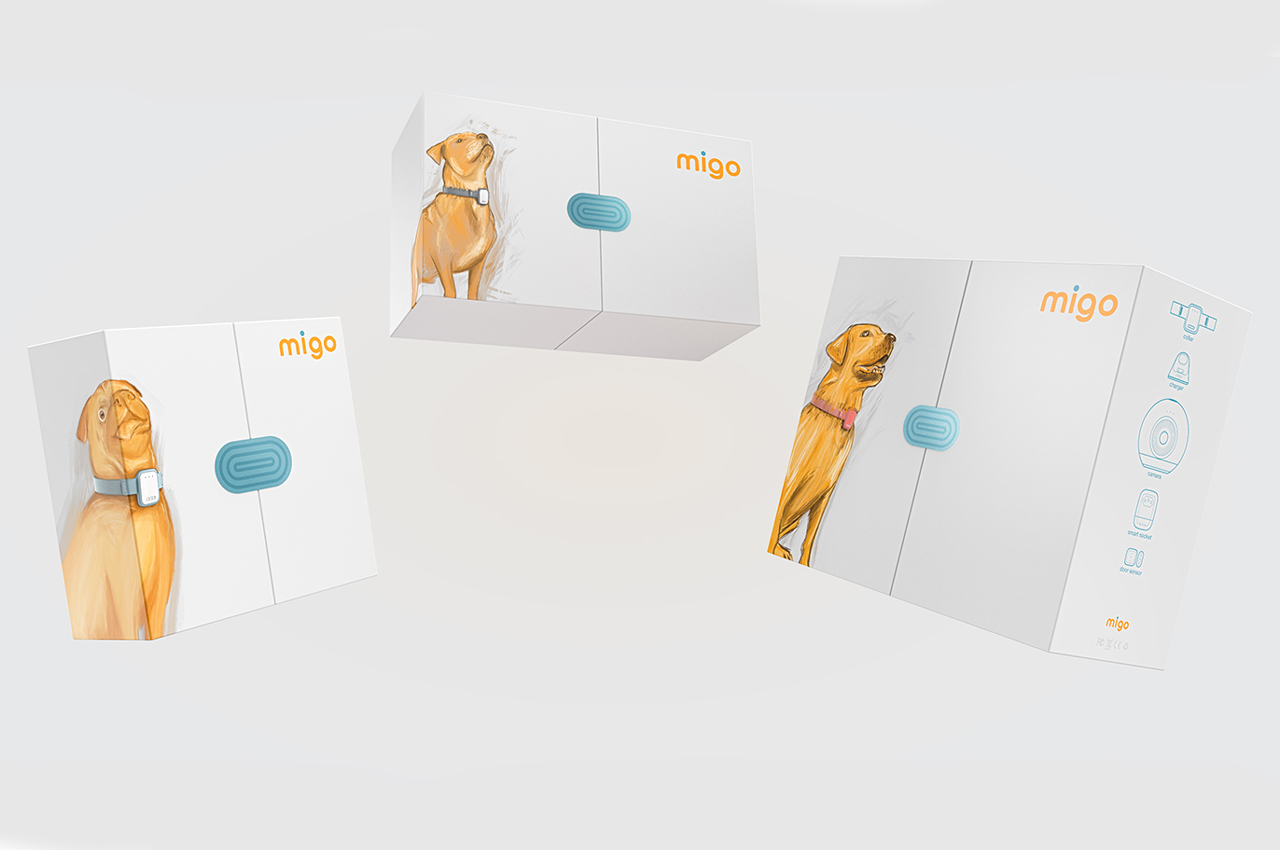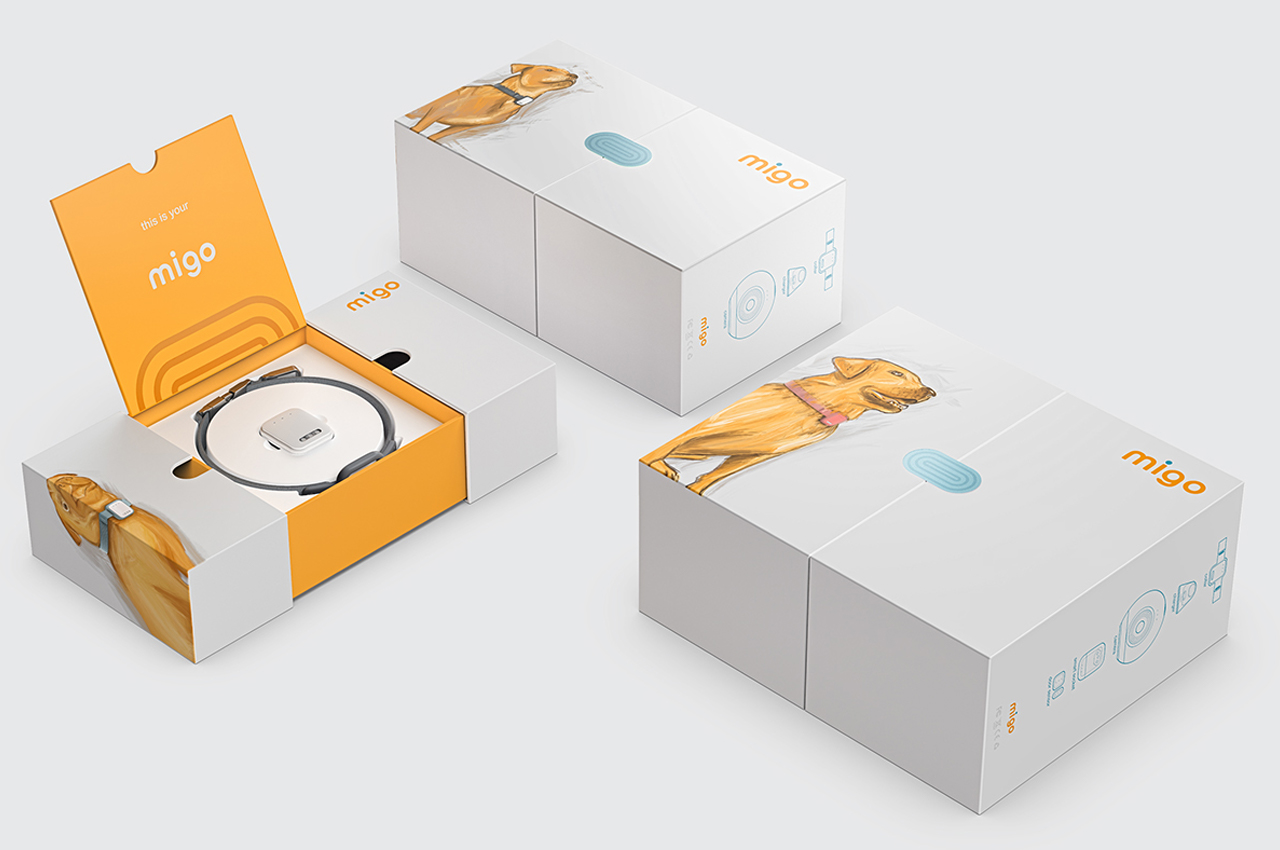There is plenty of rhetoric about upgrading our living spaces to be smarter, not just for convenience but also for efficiency, especially when it comes to keeping power consumption to a minimum. What many of these pieces of advice and marketing materials don’t often say is how many changes you have to make to your house, from internal wiring to replacing furniture or appliances, some of which might be in perfect working condition or well-loved after years of use. These barriers to entry discourage many would-be smart home adopters, depriving them of the benefits and savings that technology can bring into their lives. Fortunately, there are brands that offer innovative products that make the transition so much easier, adding smart capabilities to regular objects or appliances. The new SwitchBot Curtain 3, for example, not only automates opening and closing curtains but also does it without rudely waking you up with noise.
Designer: SwitchBot
Shop Now on their Homepage or Amazon: $81 $89.99 (10% off with Coupon Code “YANKODS10OFF). Hurry, deal ends in 48 hours!
There are quite a few smart curtain solutions out there, some even coming from famous DIY furniture brands. One thing that many of these have in common is that they require you to install new rods and contraptions, increasing not only the risk of damage to your house but also the time, effort, and money required to just get started. SwitchBot is famed for its convenient and intelligent robots that let you enjoy a smart home without having to replace switches, buttons, and blinds, its newly upgraded Curtain 3 robot brings greater strength, quieter movement, wider compatibility, and a more sustainable power solution that could last forever.

Made to be Powerful – SwitchBot Curtain 3 now offers twice the amount of thrust, meaning even heavier curtains can now be pushed and pulled with ease.
The SwitchBot Curtain 3 is twice as strong as its predecessor, allowing it to push up to 16 kg (36 lbs) worth of curtains. Want to bring out your thick luxurious, fabrics for flair or for heating? The SwitchBot Curtain 3 can definitely handle the load, drawing and closing the curtains without breaking a sweat. Most importantly, however, the Curtain 3 can do this impressive feat with an even more impressive silent operation of below 25 dB. Wake up to the natural sunlight streaming into your room and not to the whirring noise of the robot opening the curtain in the morning.
As if it weren’t already convenient, SwitchBot Curtain delivers even more features that keep your mind off menial chores and focus on actually getting things done. In addition to supporting smart home platforms like Amazon Alexa, Google Assistant, HomeKit (via Matter), IFTTT, and SmartThing, the SwitchBot Curtain 3 offers no less than 8 types of control methods, including voice control with the SwitchBot Hub 2, App control, the SwitchBot Remote, Touch and Go, Sunrise and Sunset modes, timers, and Apple Watch, and light sensor control with the SwitchBot Solar Panel 3. Create automated scenes like opening the curtains at a specific time in the morning, or closing them at the same time as turning off the TV at night. Whether it’s on its own or working with other SwitchBot products like the SwitchBot Hub or the SwitchBot Thermometer & Hygrometer, the SwitchBot Curtain 3 will help cut down on the things you have to mind and do, freeing up time to spend on the more important things in life.
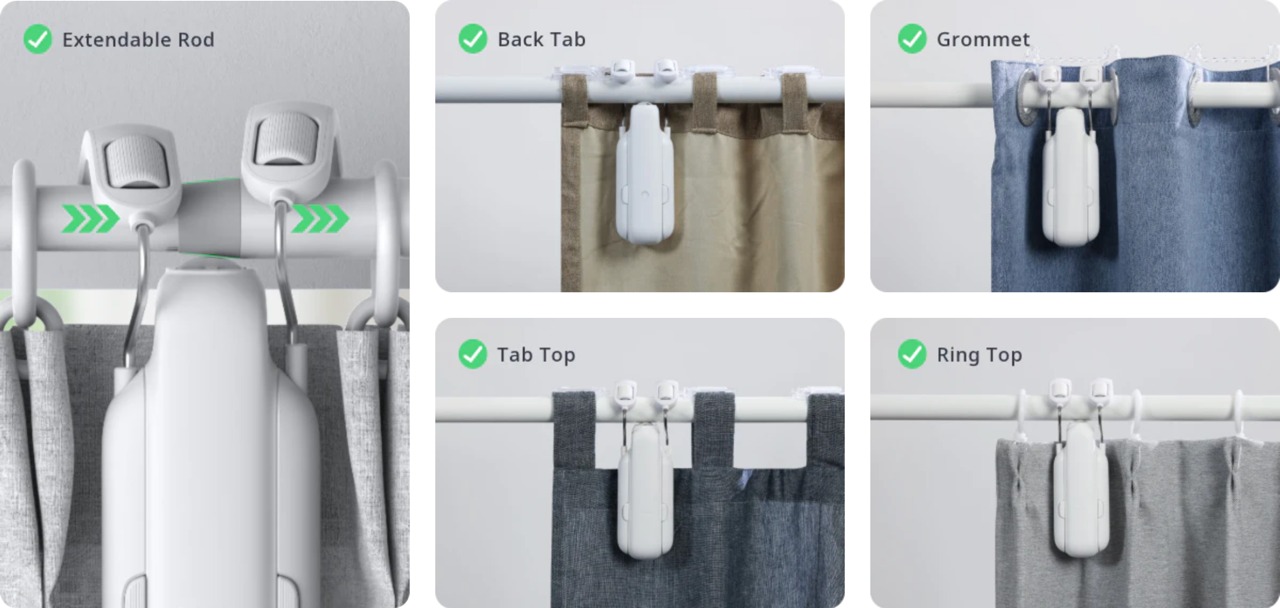
DynamiClamp Design – Fits almost any curtain track, SwitchBot Curtain 3 is compatible with a whole range of different curtain tracks.
Design – Fits almost any curtain track, SwitchBot Curtain 3 is compatible with a whole range of different curtain tracks.
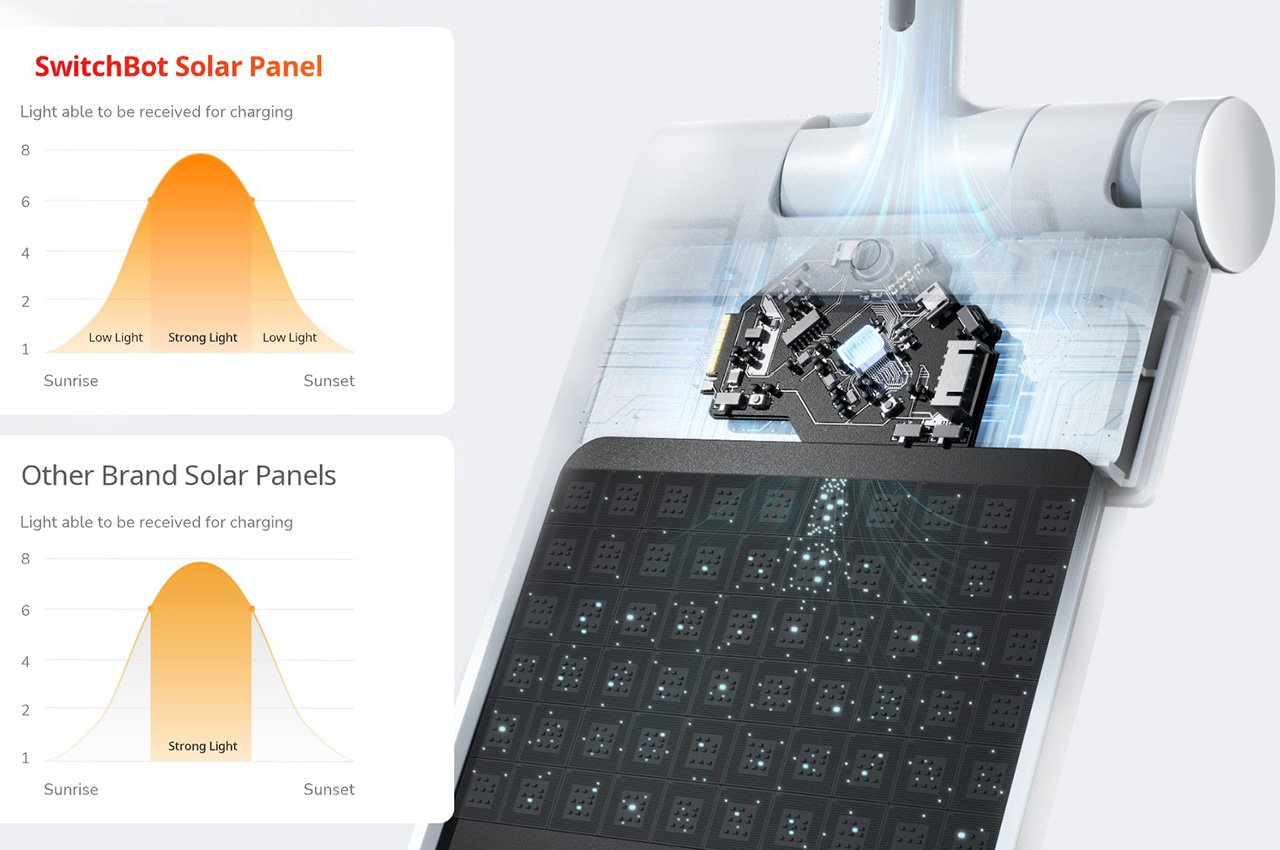
All-new Solar Panel 3 – Enjoy unlimited power with just 3 hours of sunlight per day.
One of the best things about the SwitchBot Curtain 3 is that it takes only 30 seconds to install and is compatible with 99% of curtain tracks in use today, whether it’s a conventional rod, a U Rail, an I rail, or even a telescopic rod. The built-in battery means no dangling cords, and its 3,350 mAh capacity means you’ll be able to use it for up to 8 months without worrying about charging. But with the new and improved SwitchBot Solar Panel 3, you can enjoy endless green power to let the Curtain 3 do its job all year round.
Smart home products are supposed to make life more convenient, not add to our stress by making them difficult to install and uncomfortable to use. With the SwitchBot Curtain 3, you get a more powerful but quieter robot that offers unmatched flexibility and control in how you want to use it. Get a healthier wake-up call, a more peaceful sleep, and a stress-free way to live with the SwitchBot Curtain 3, only $89.99 from Amazon and SwitchBot’s official website and a 10% discount for Yanko Design readers.
Shop Now on their Homepage or Amazon: $81 $89.99 (10% off with Coupon Code “YANKODS10OFF). Hurry, deal ends in 48 hours!
The post SwitchBot Curtain 3 makes your curtain glide like the clouds without making a sound first appeared on Yanko Design.
